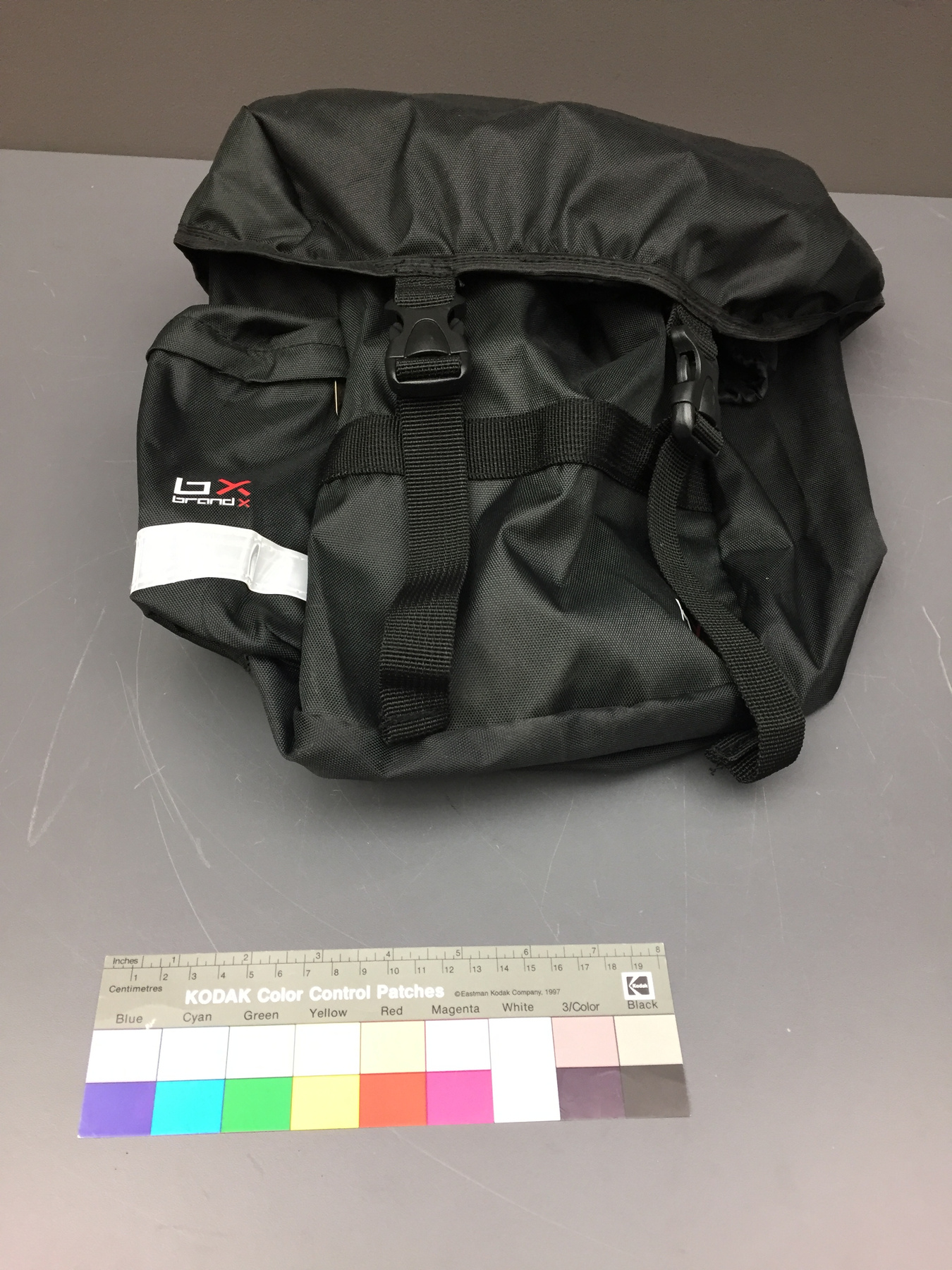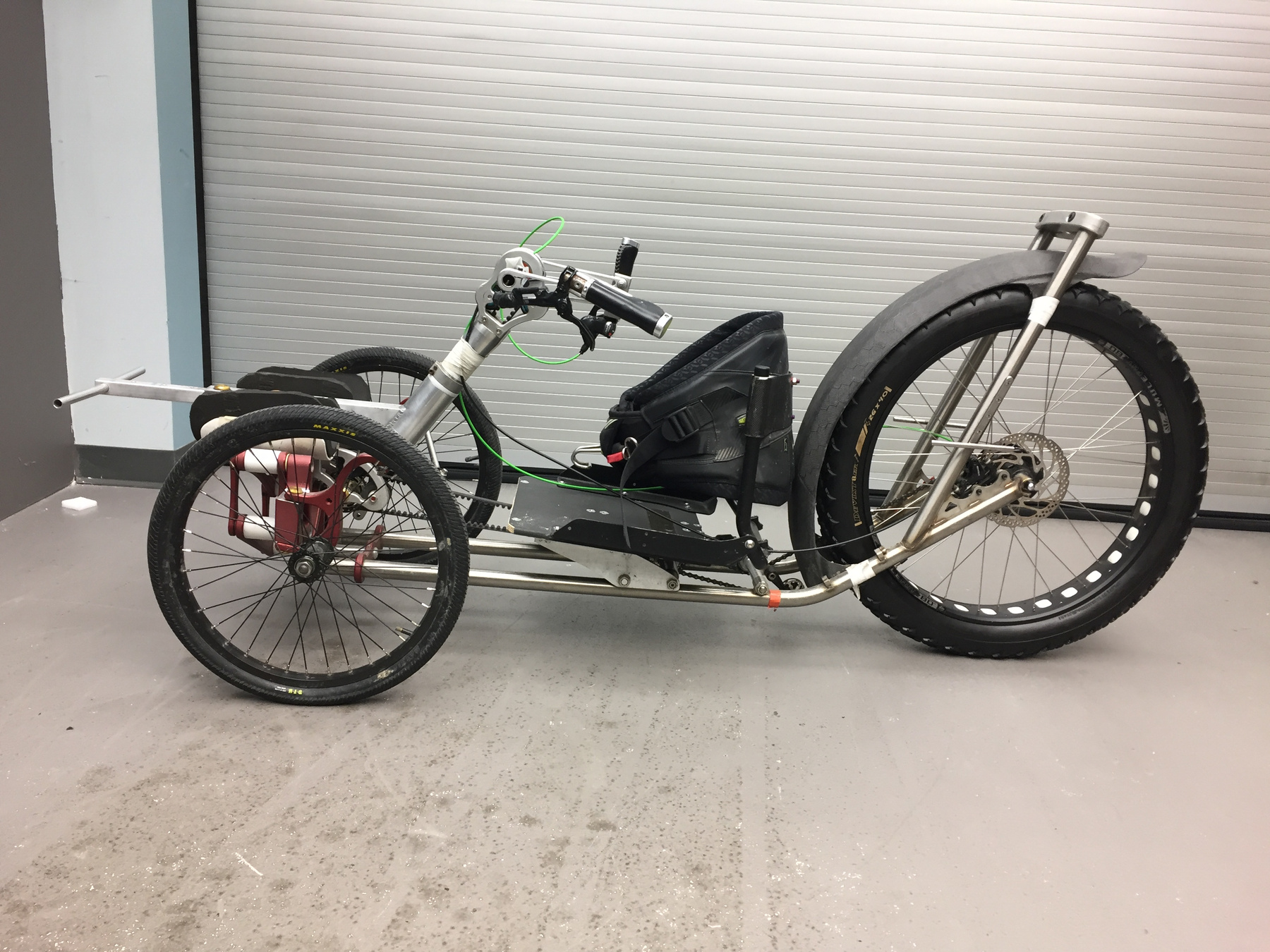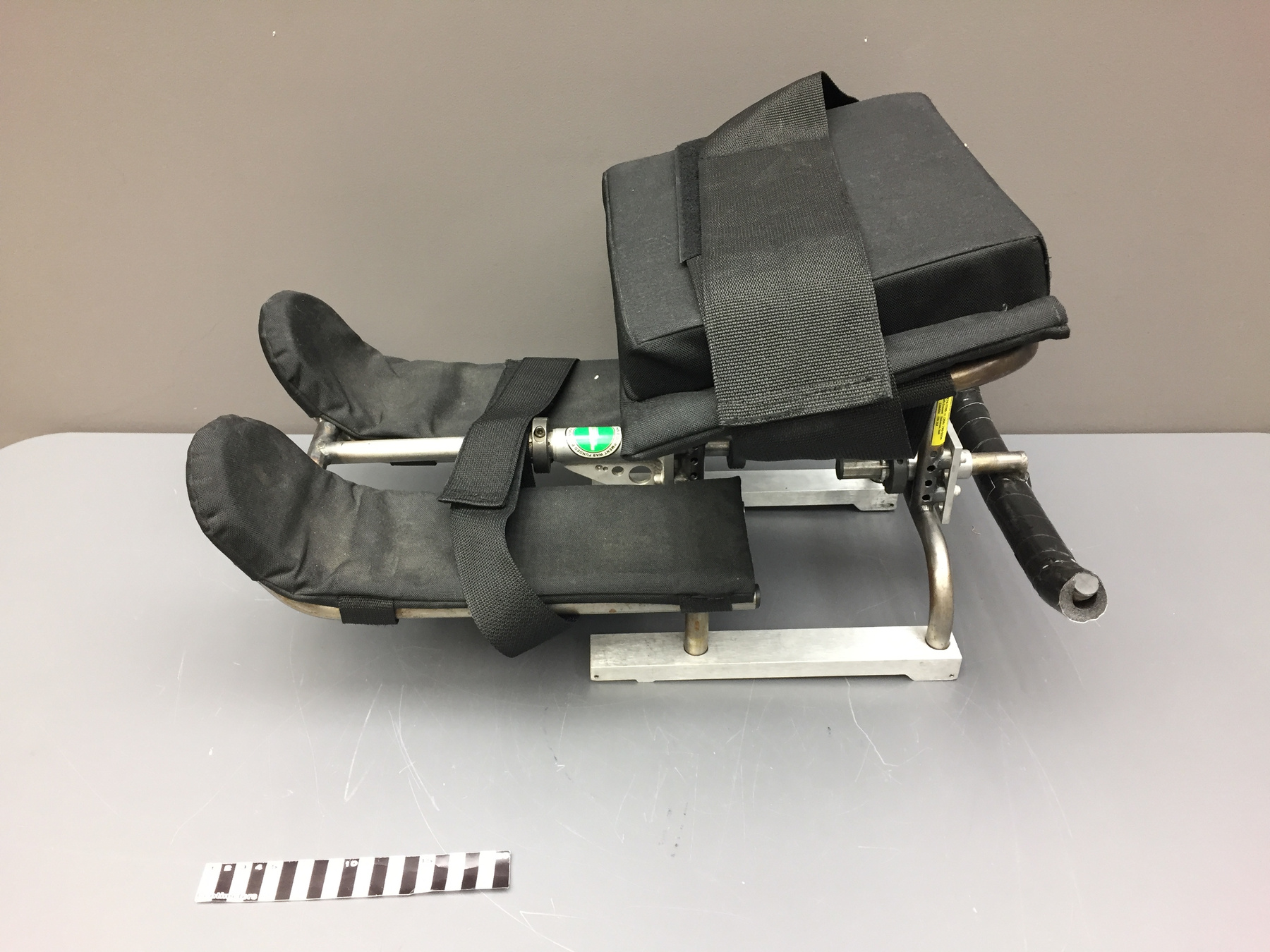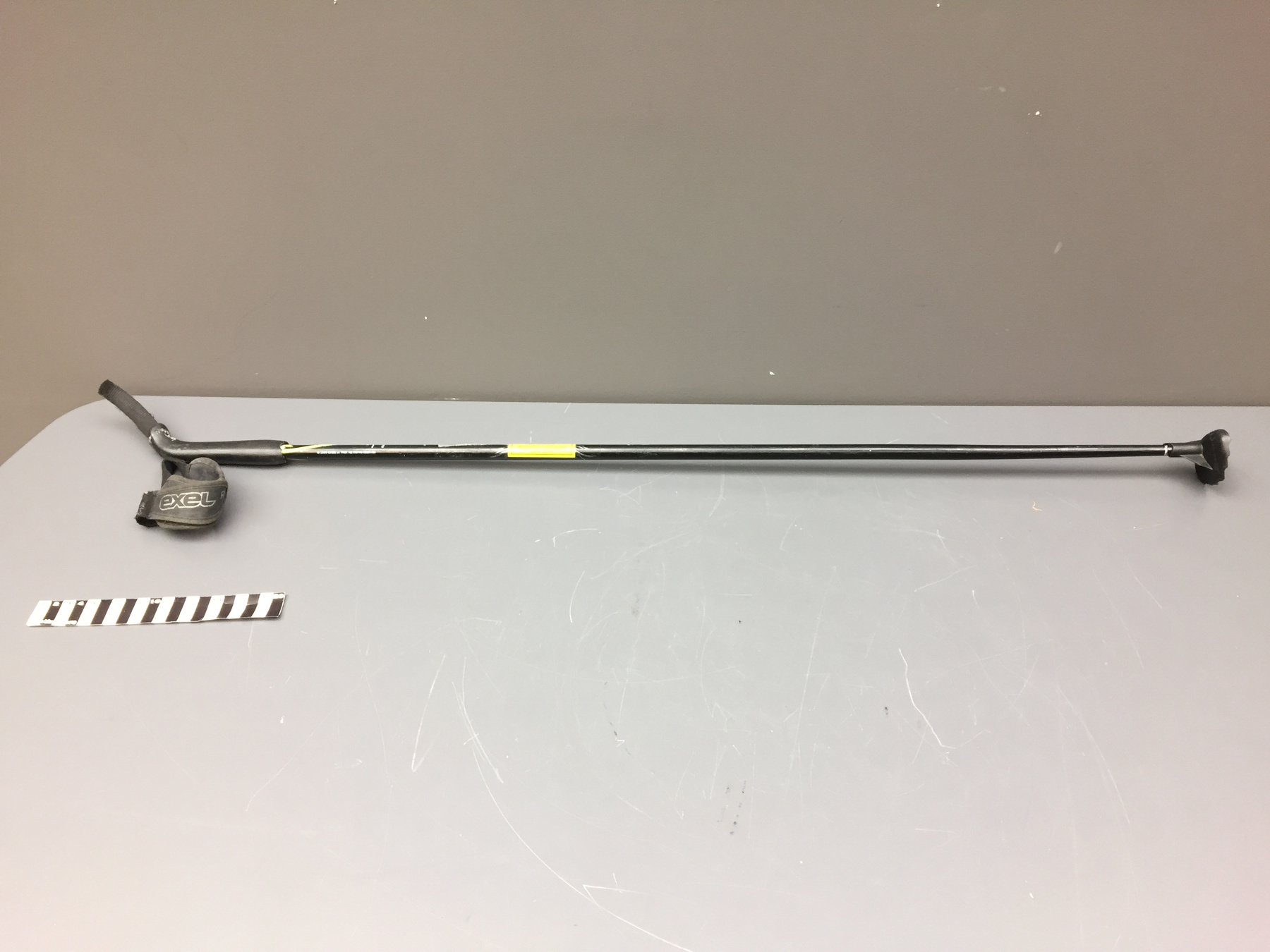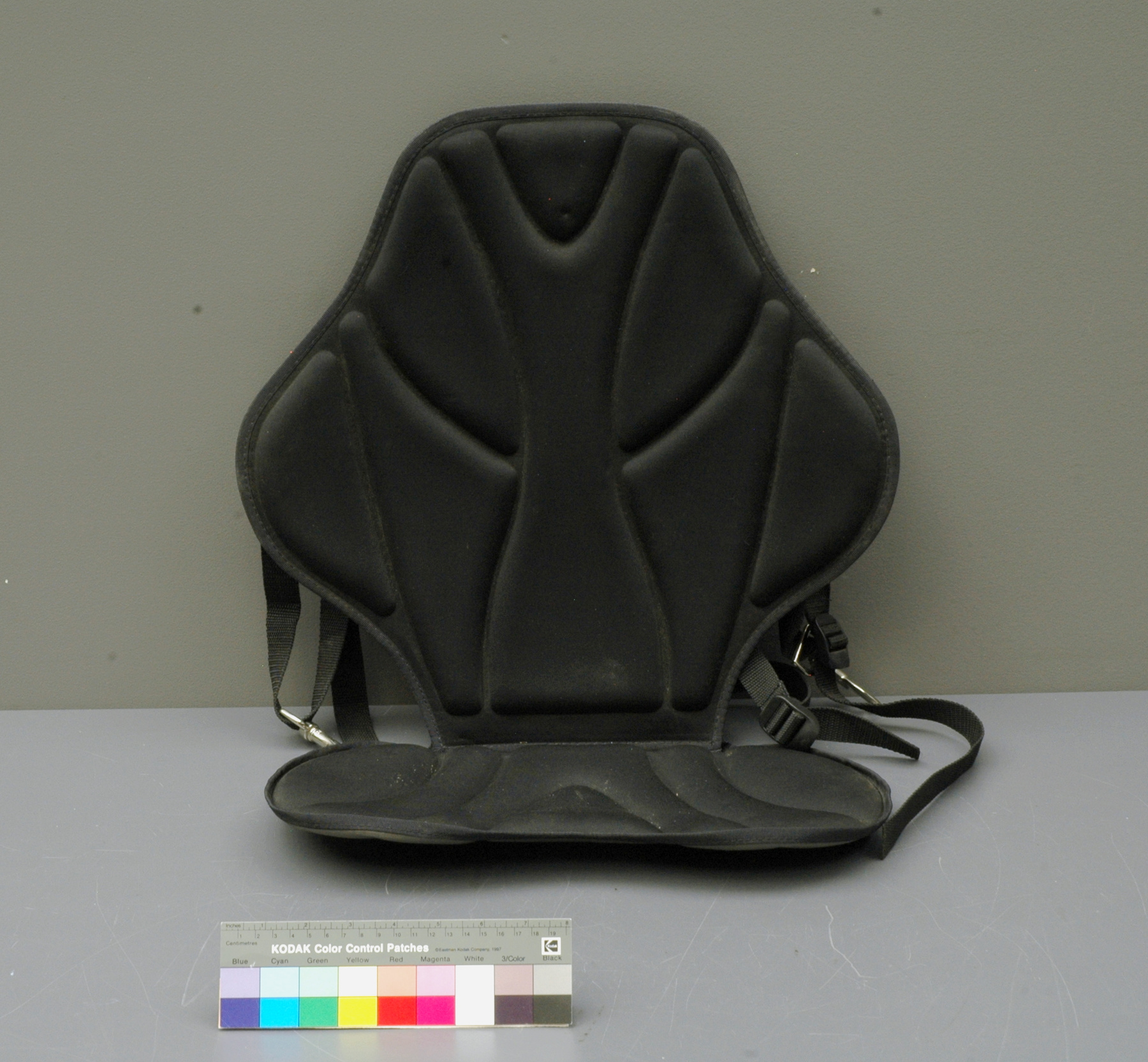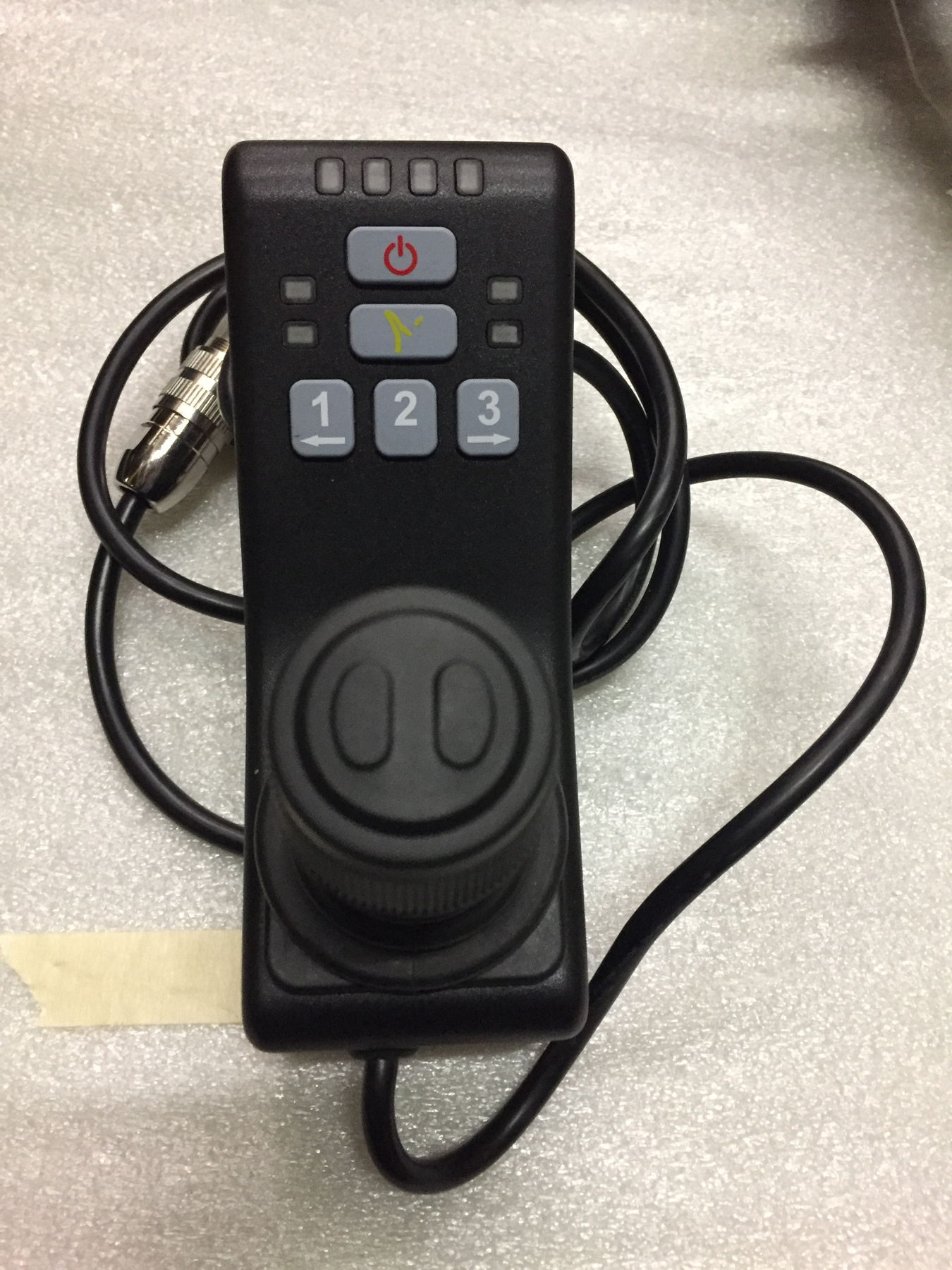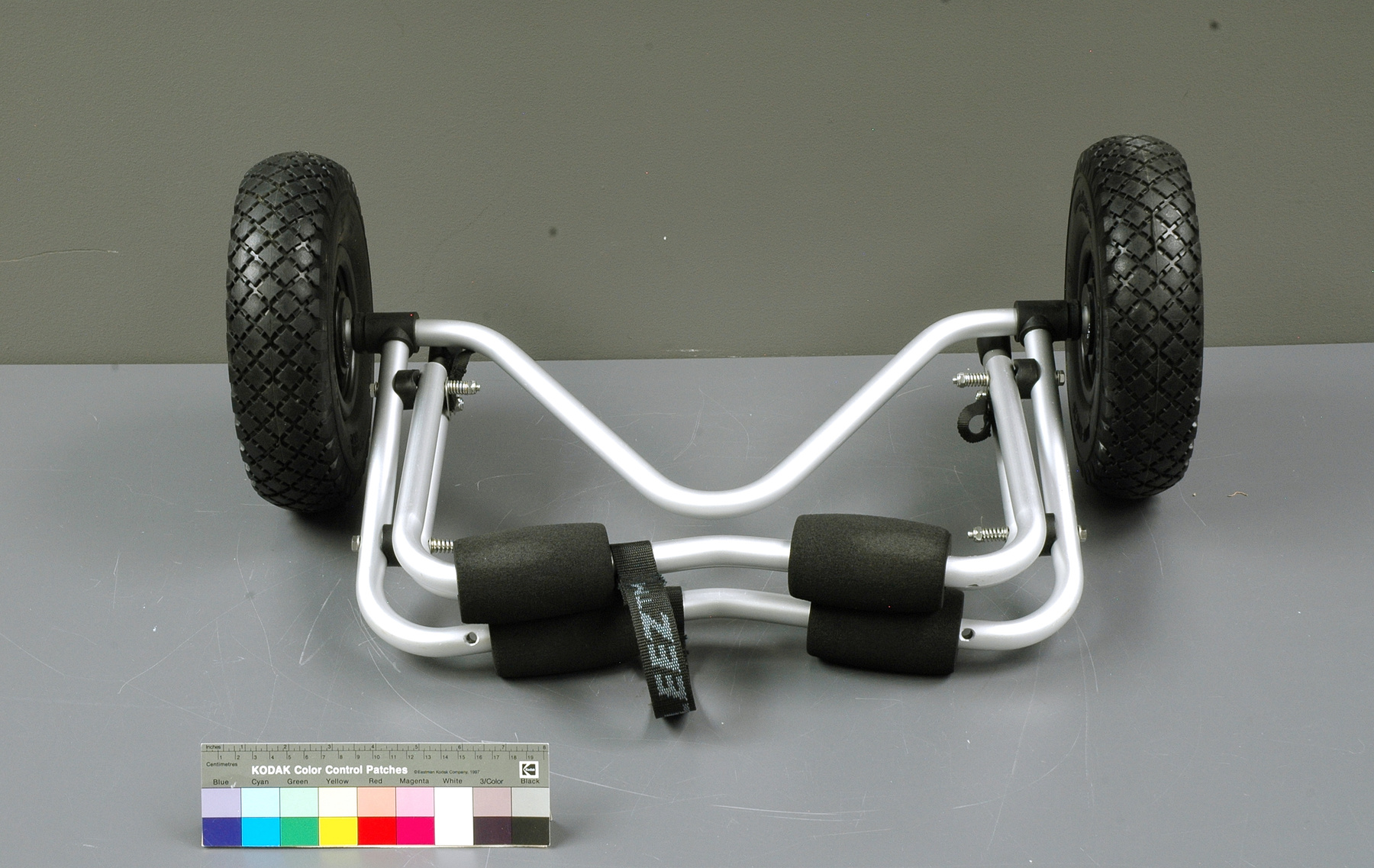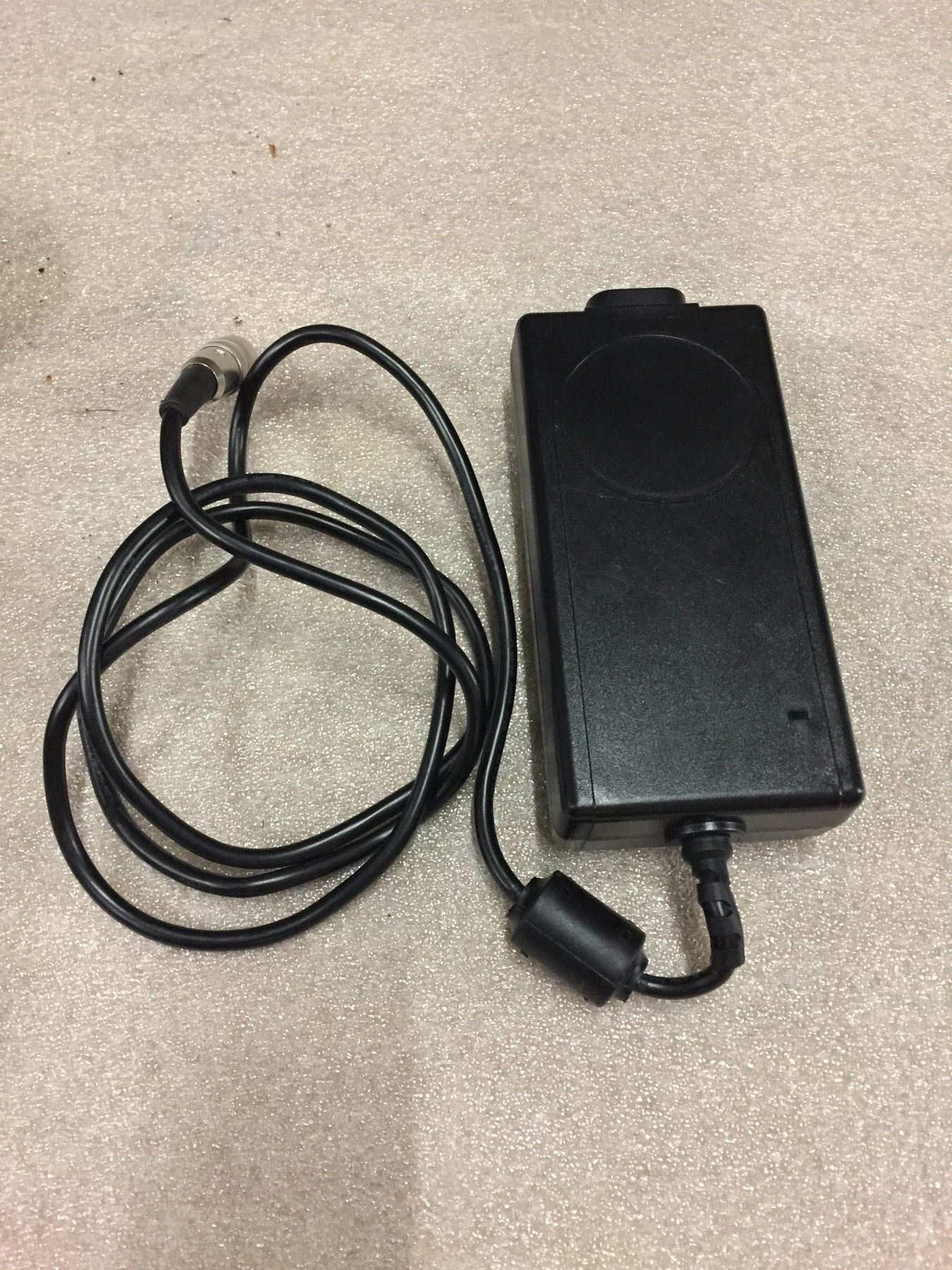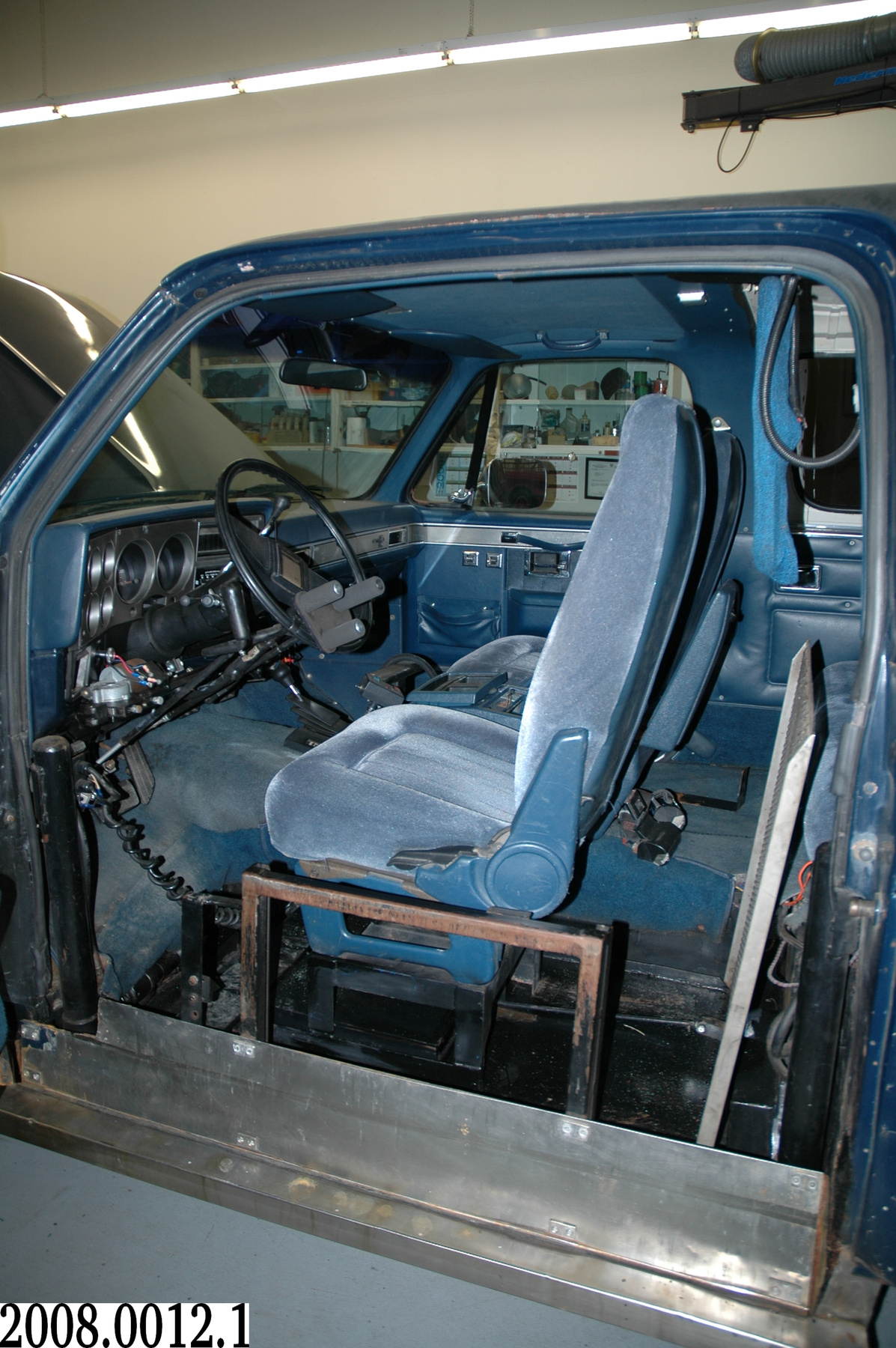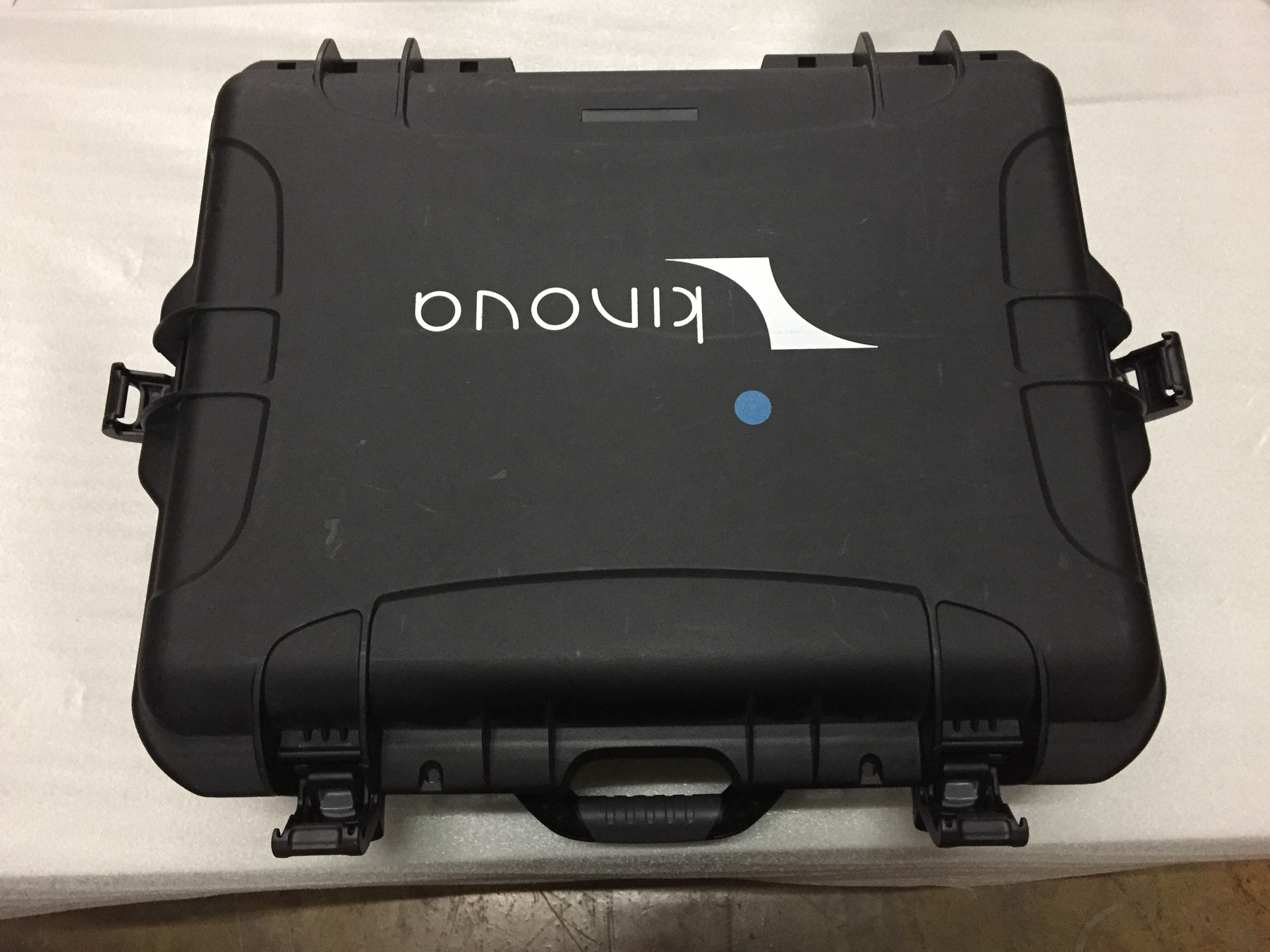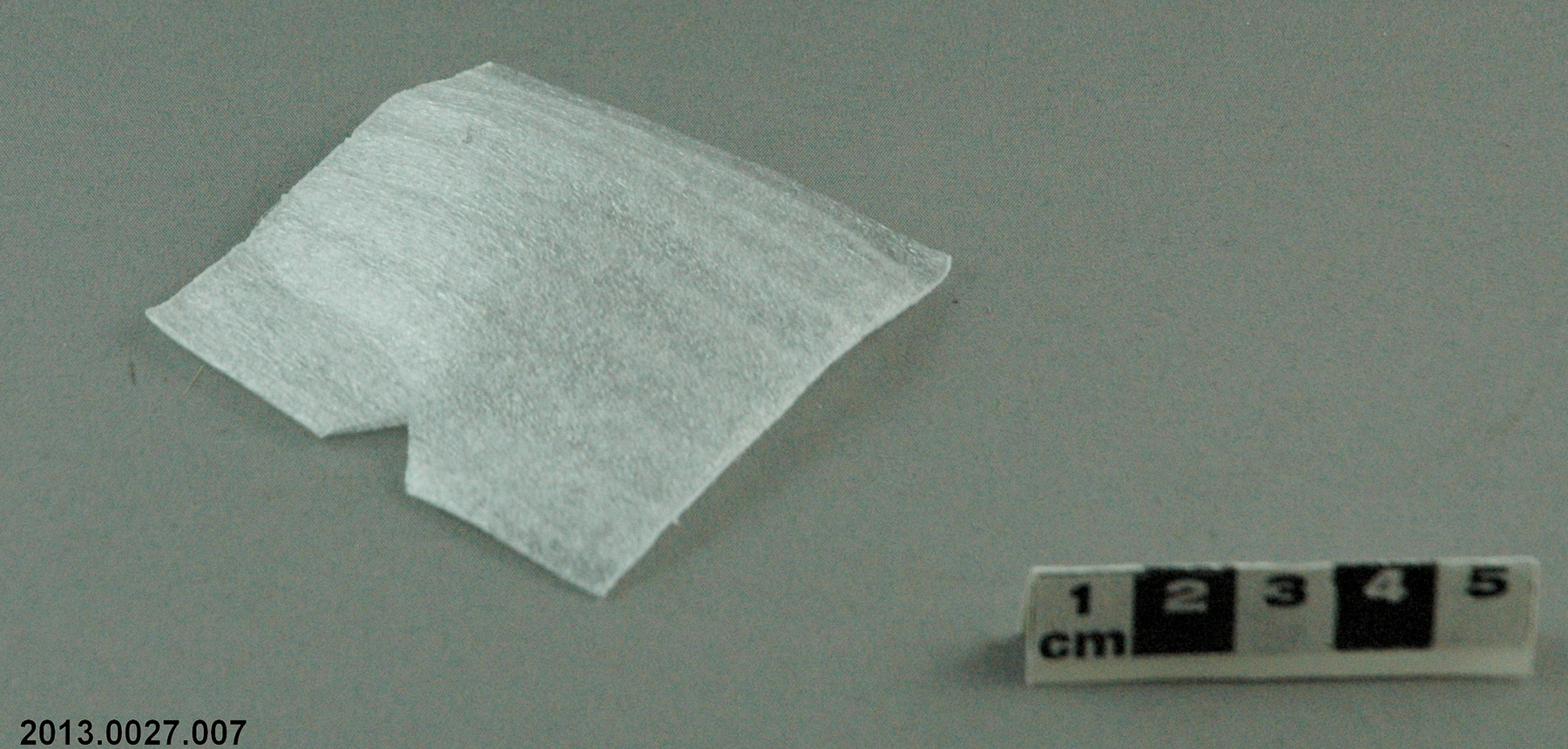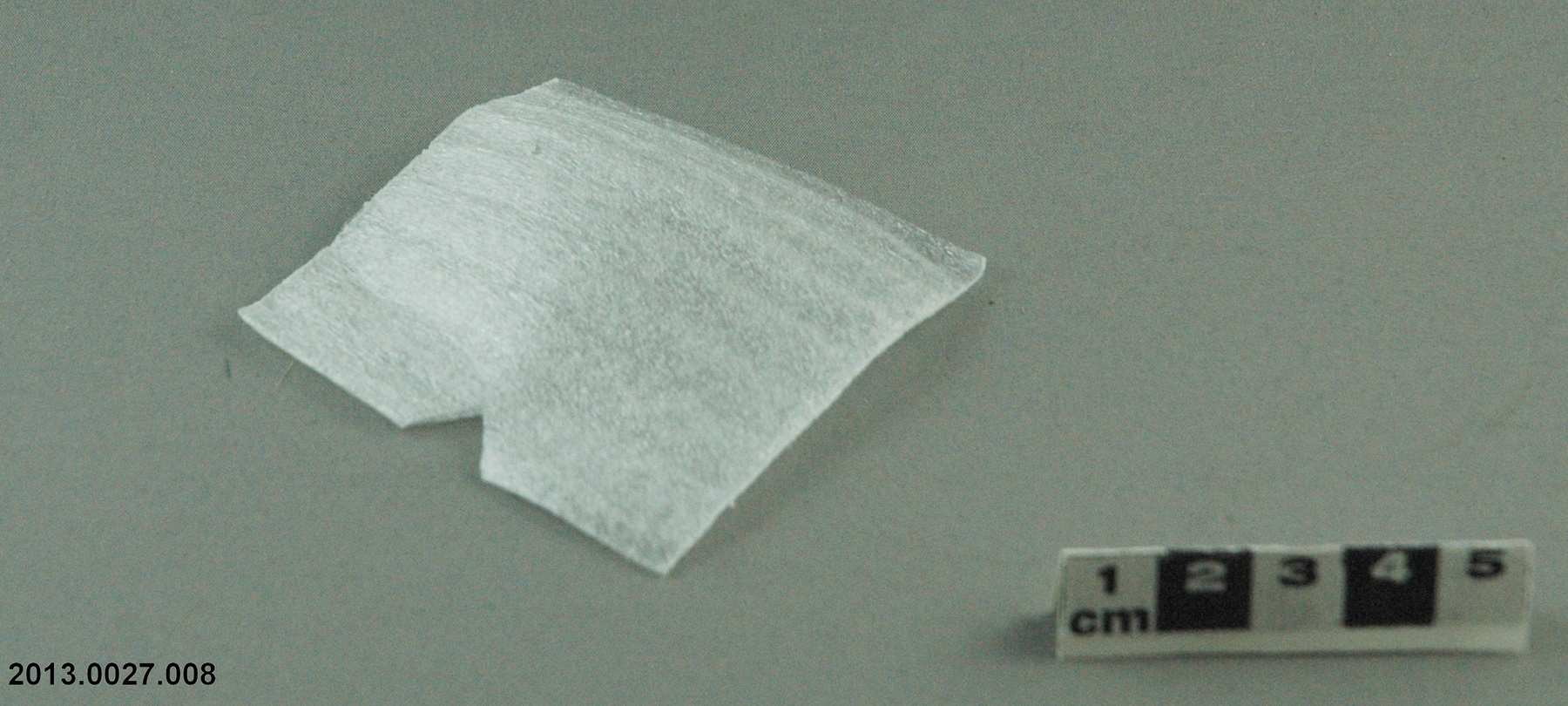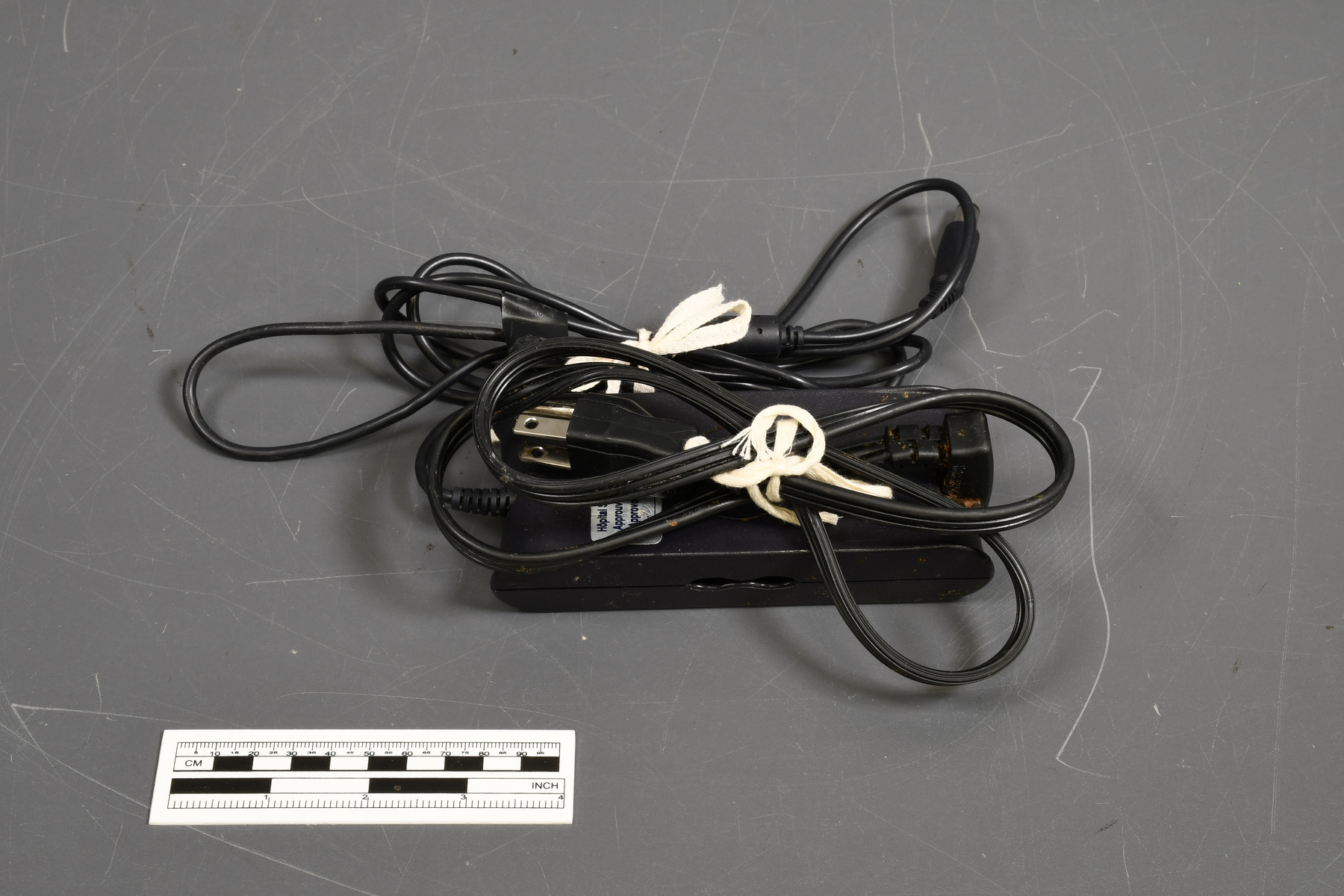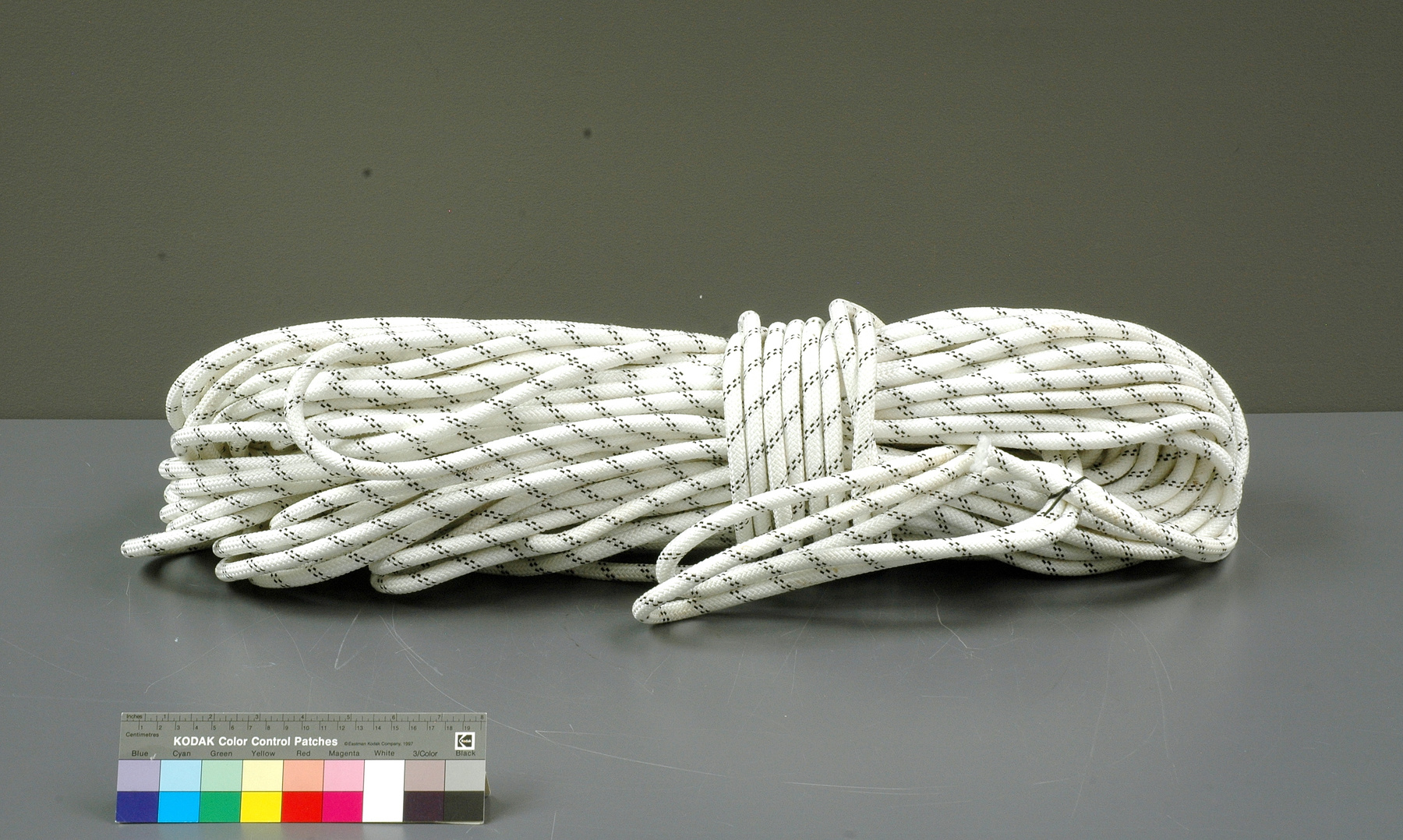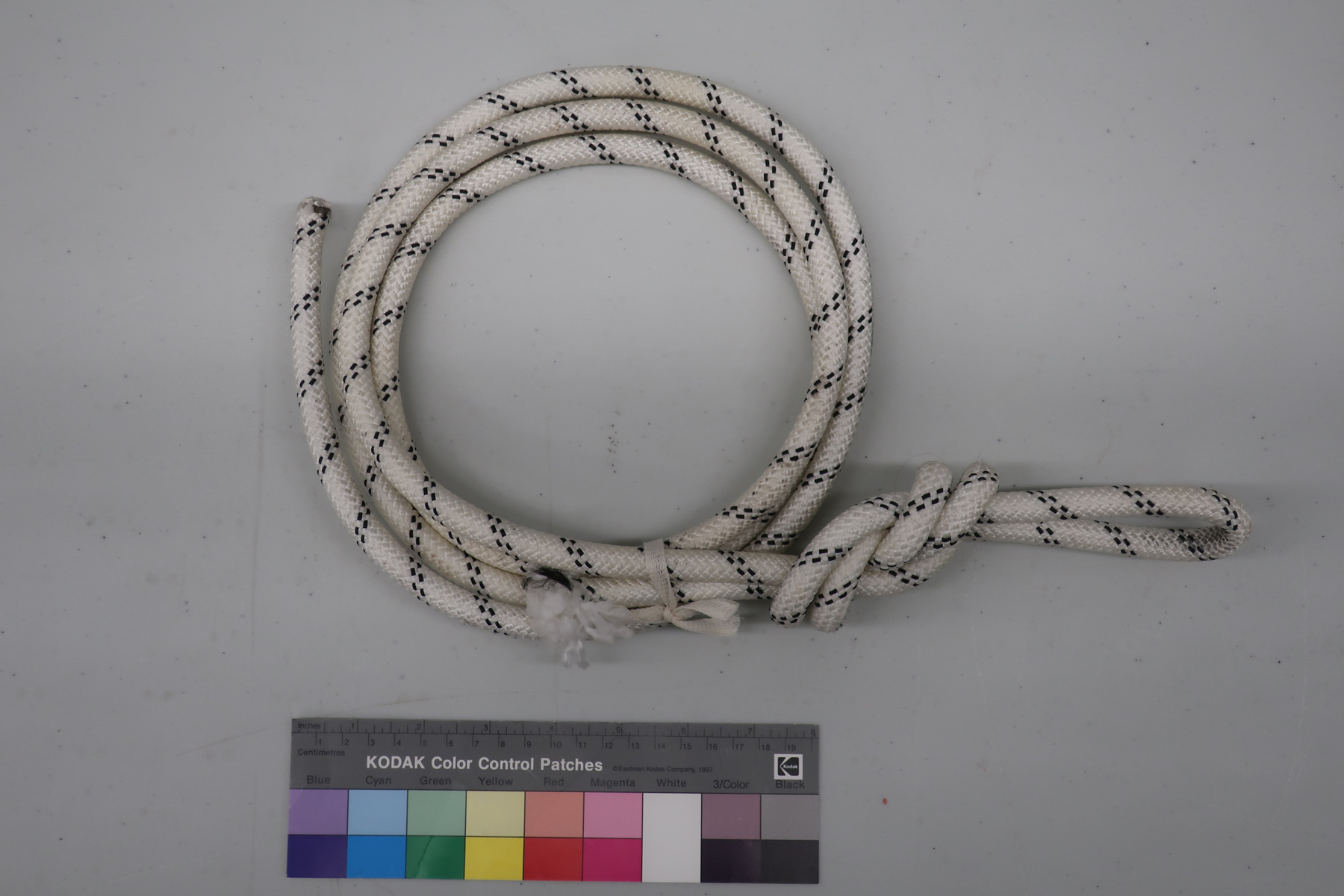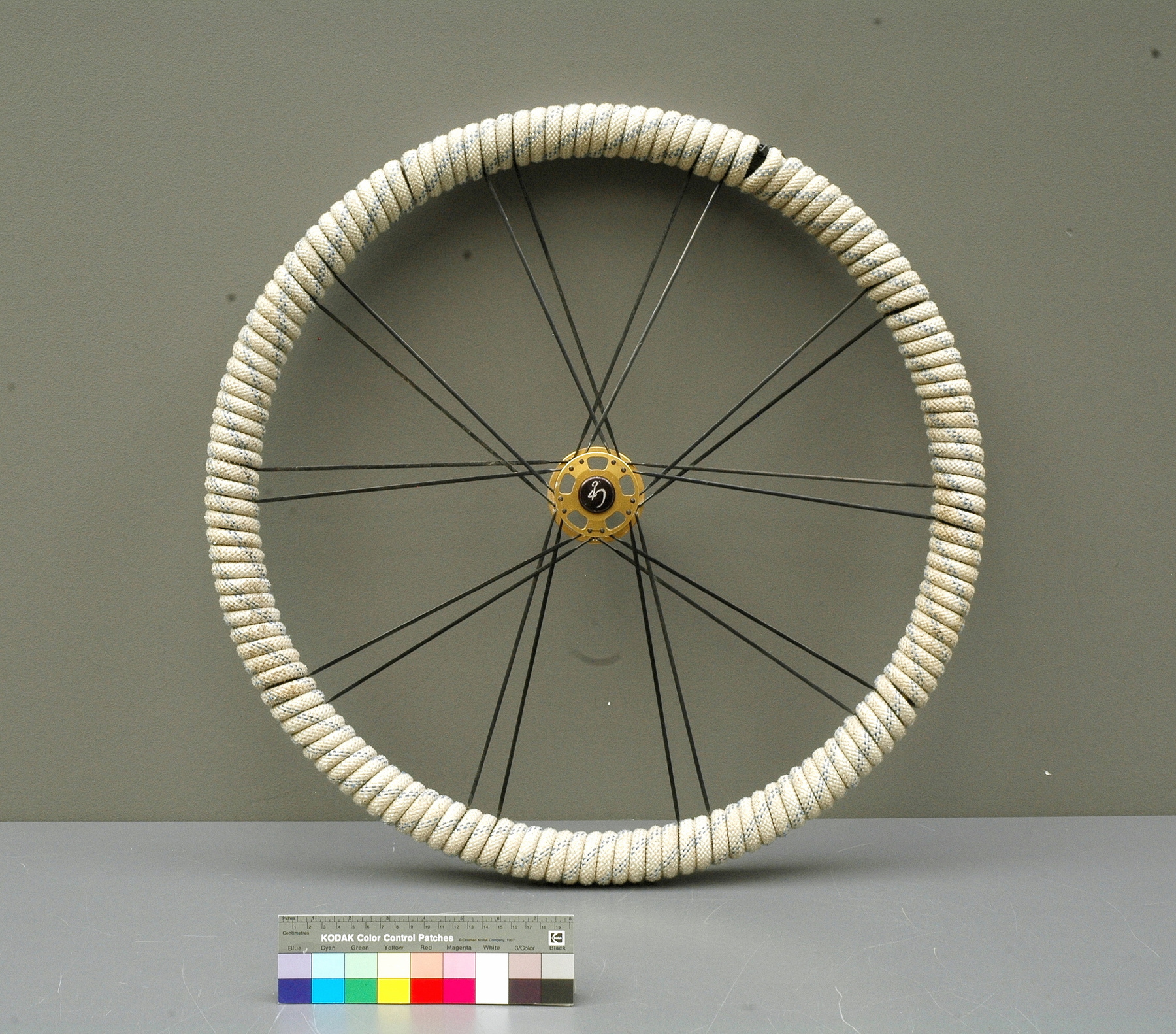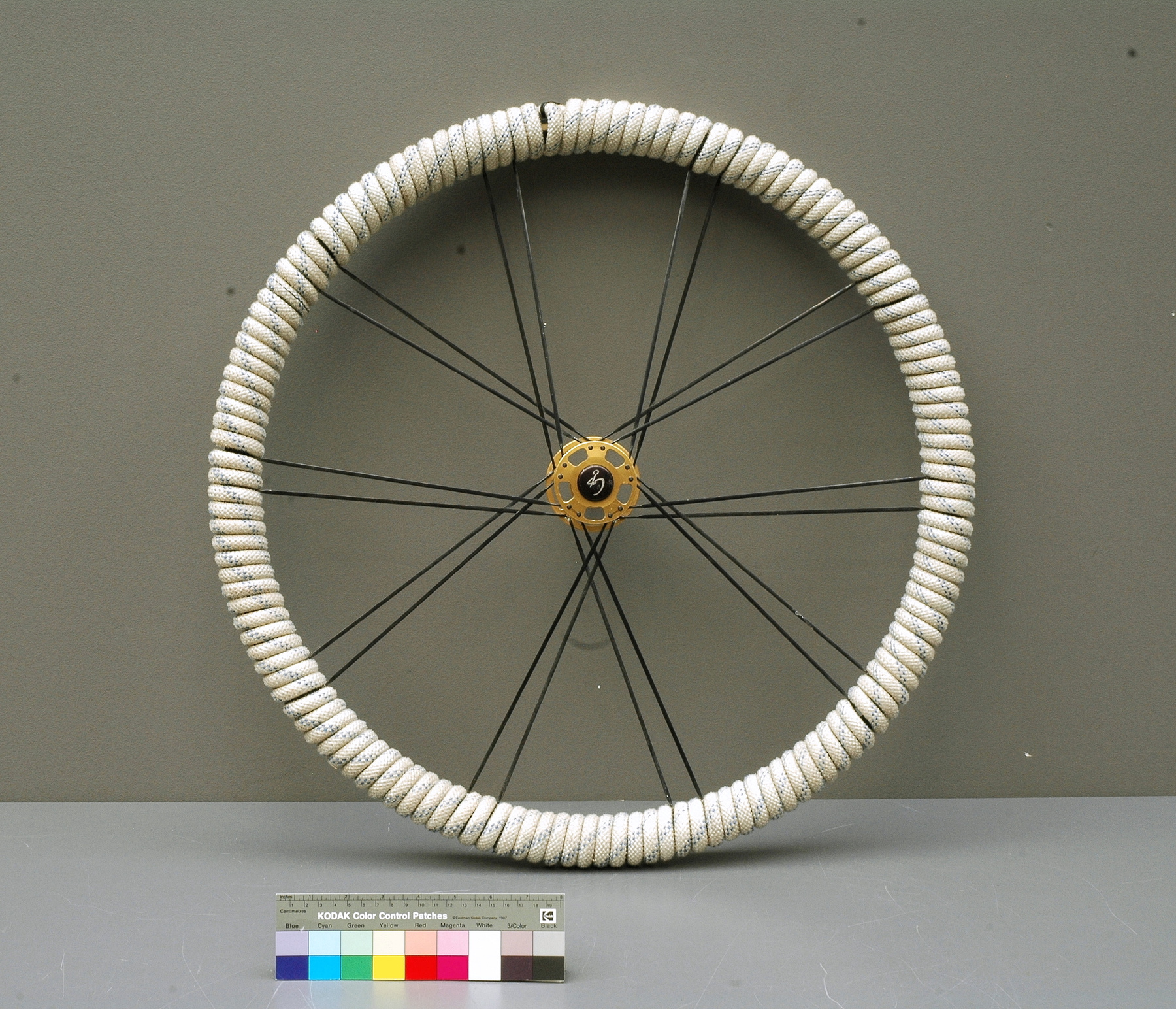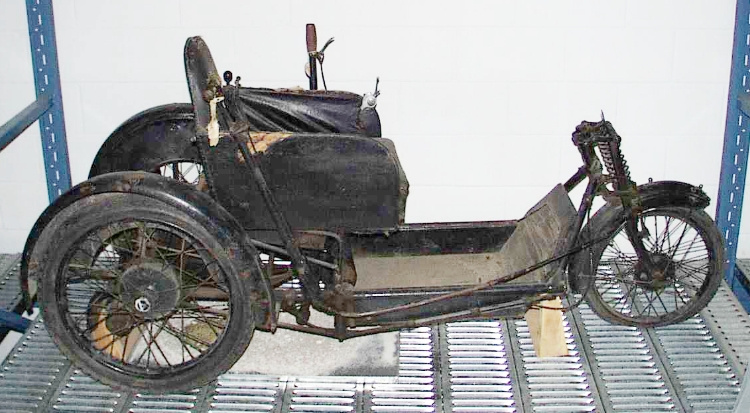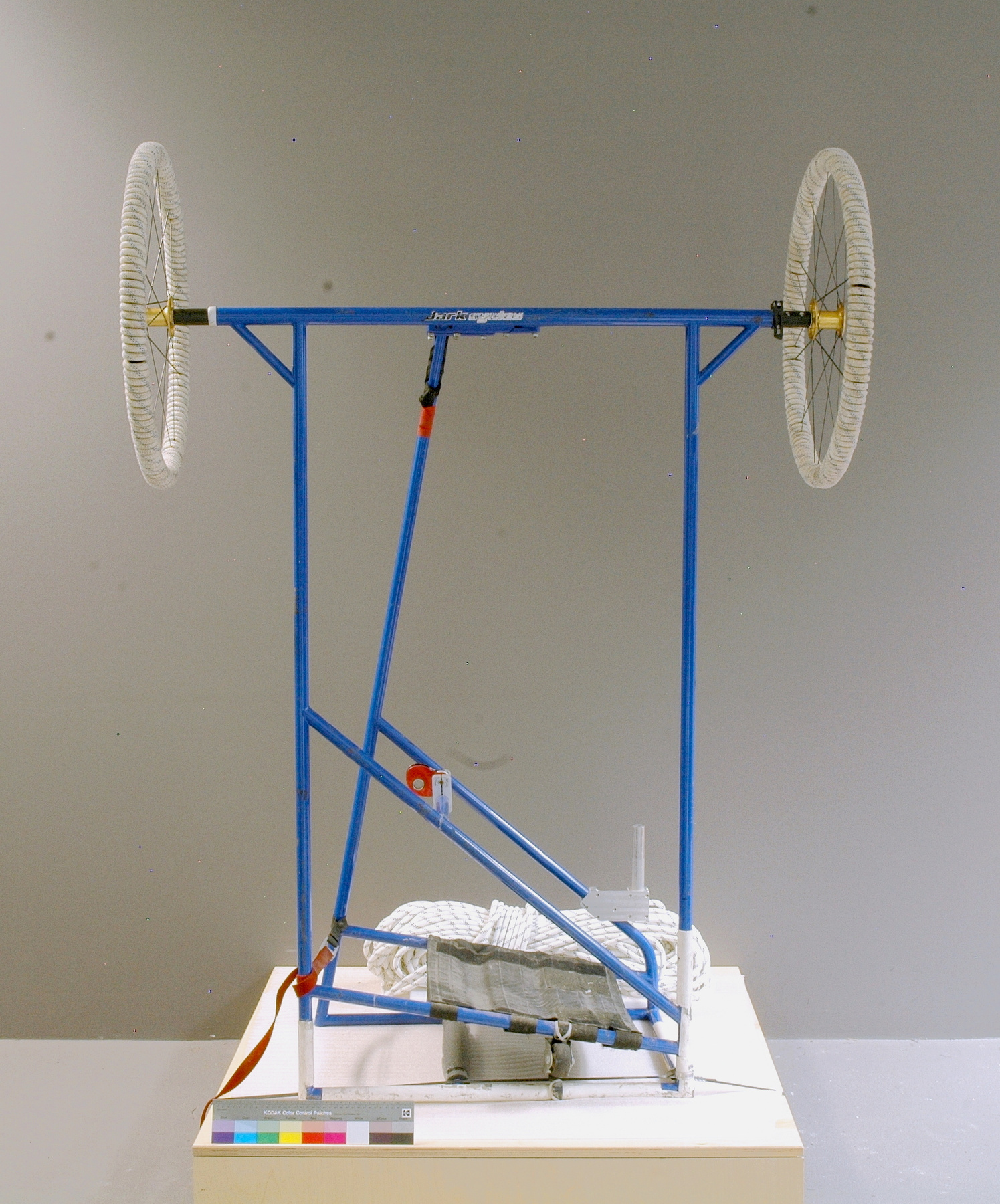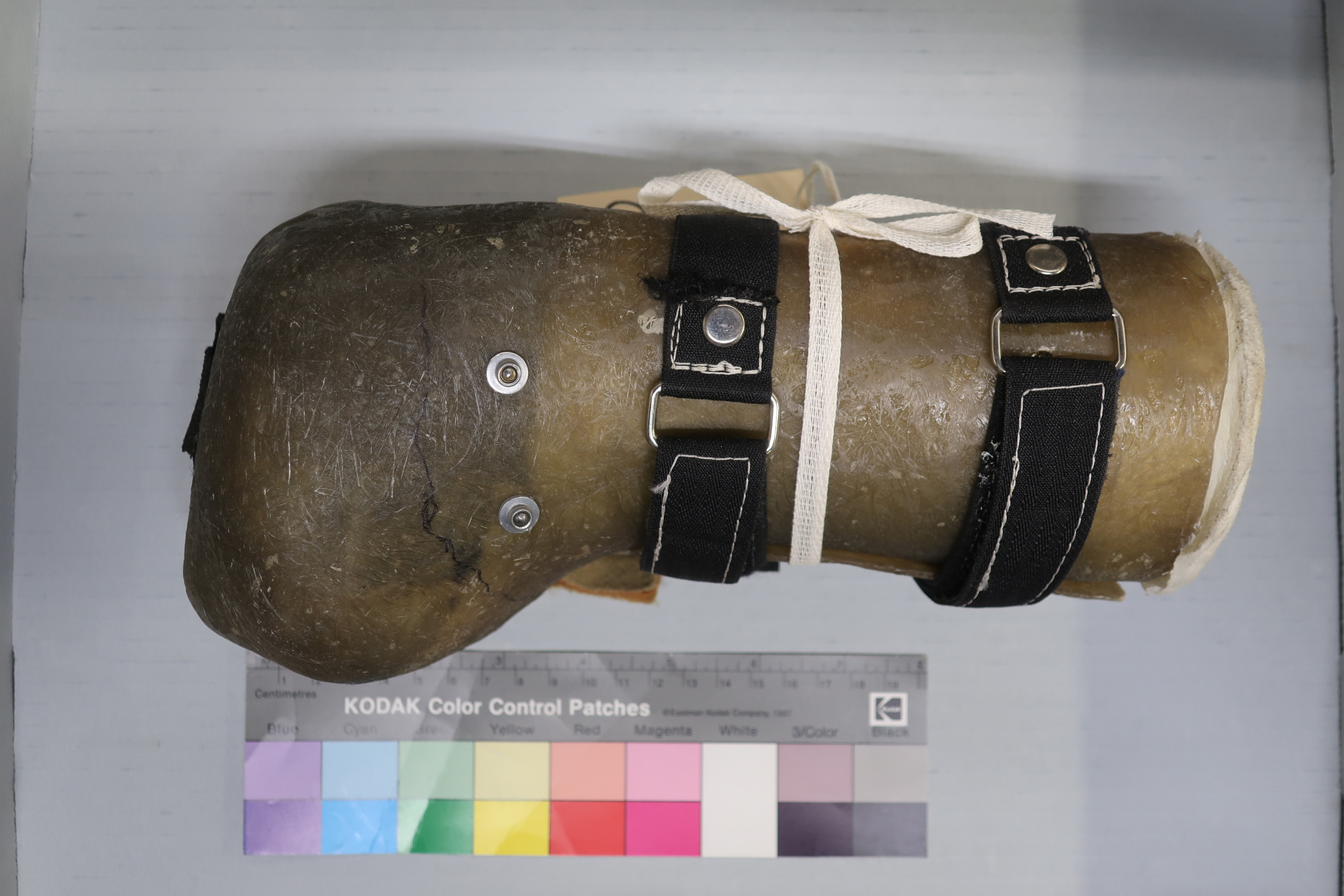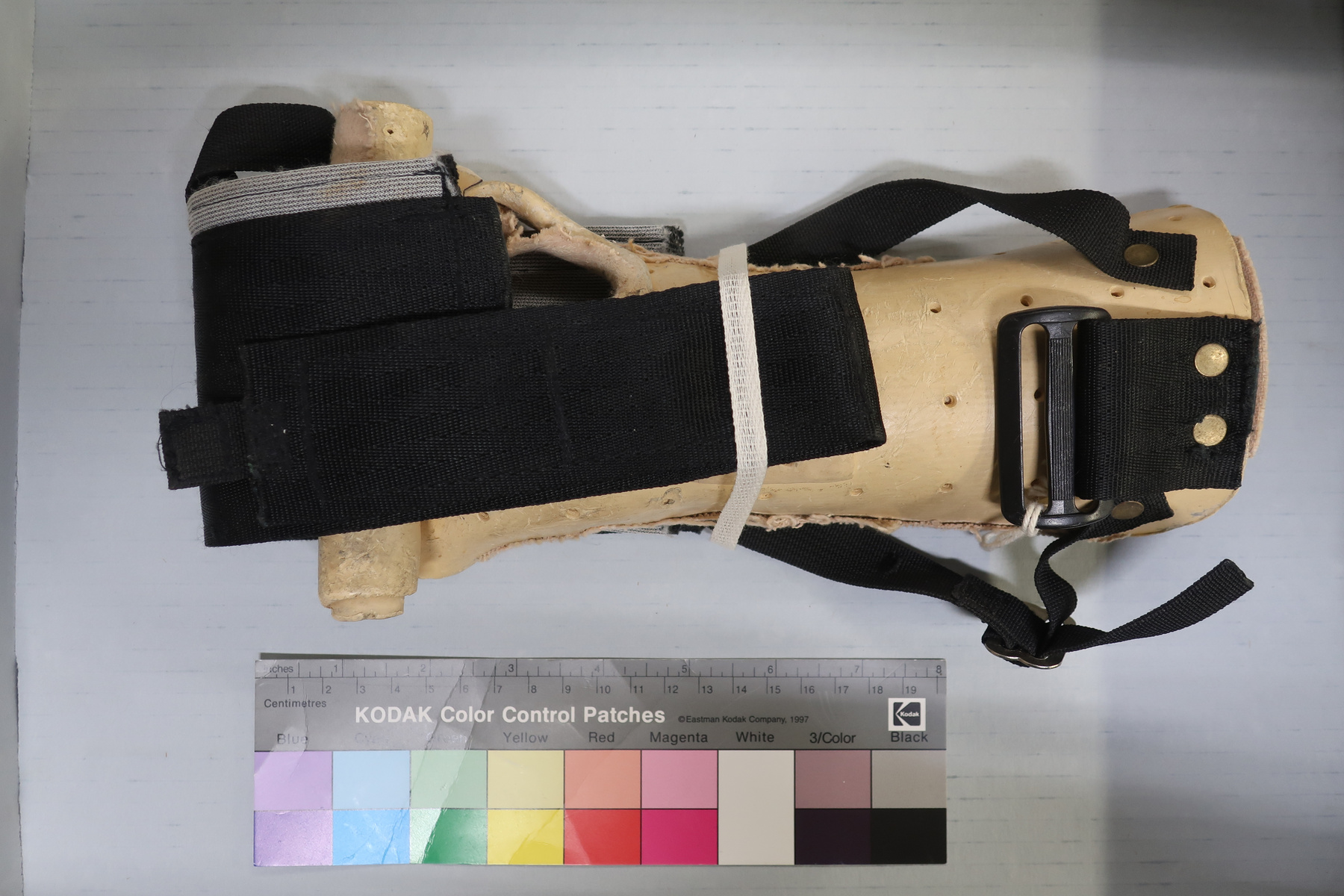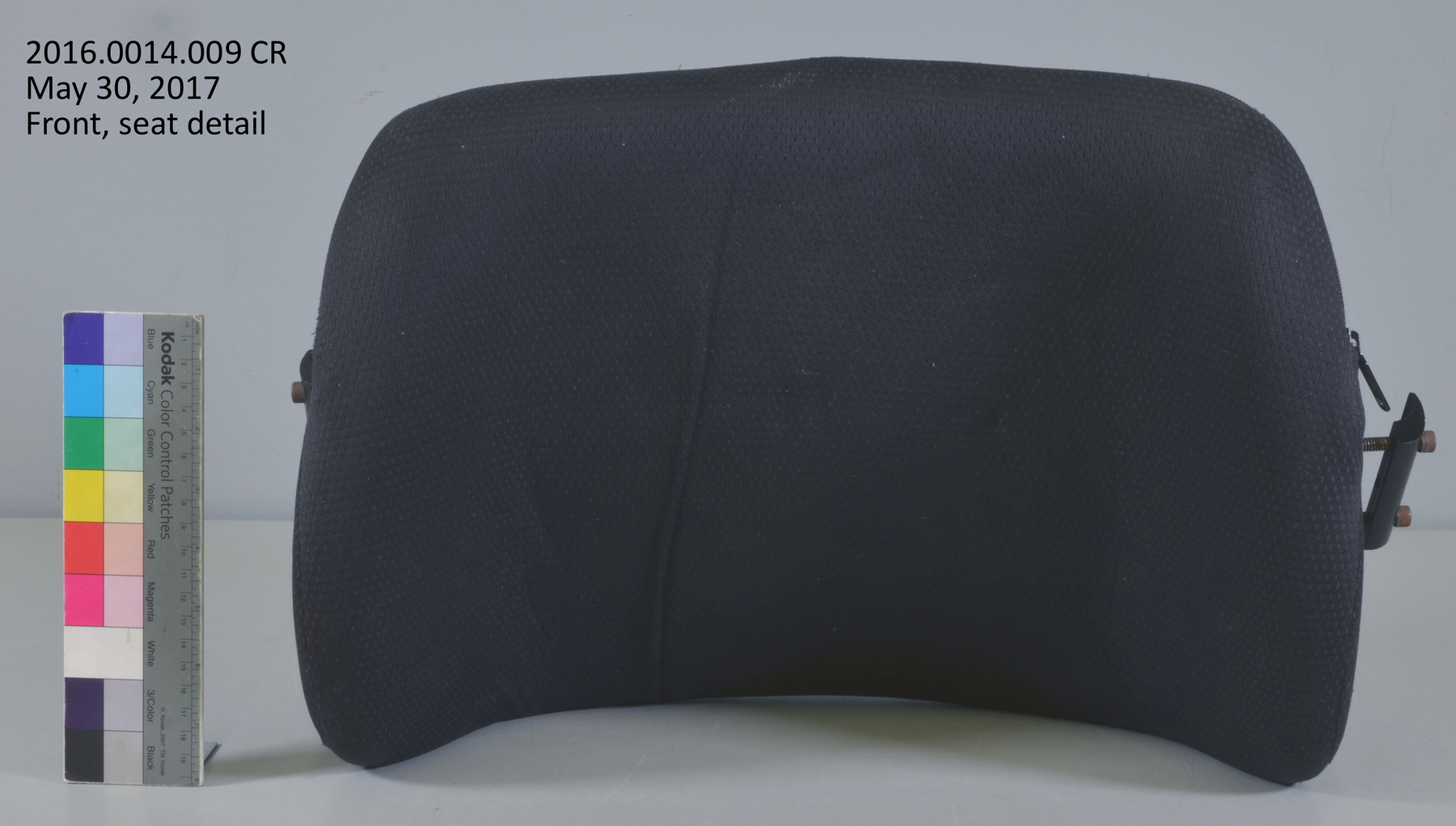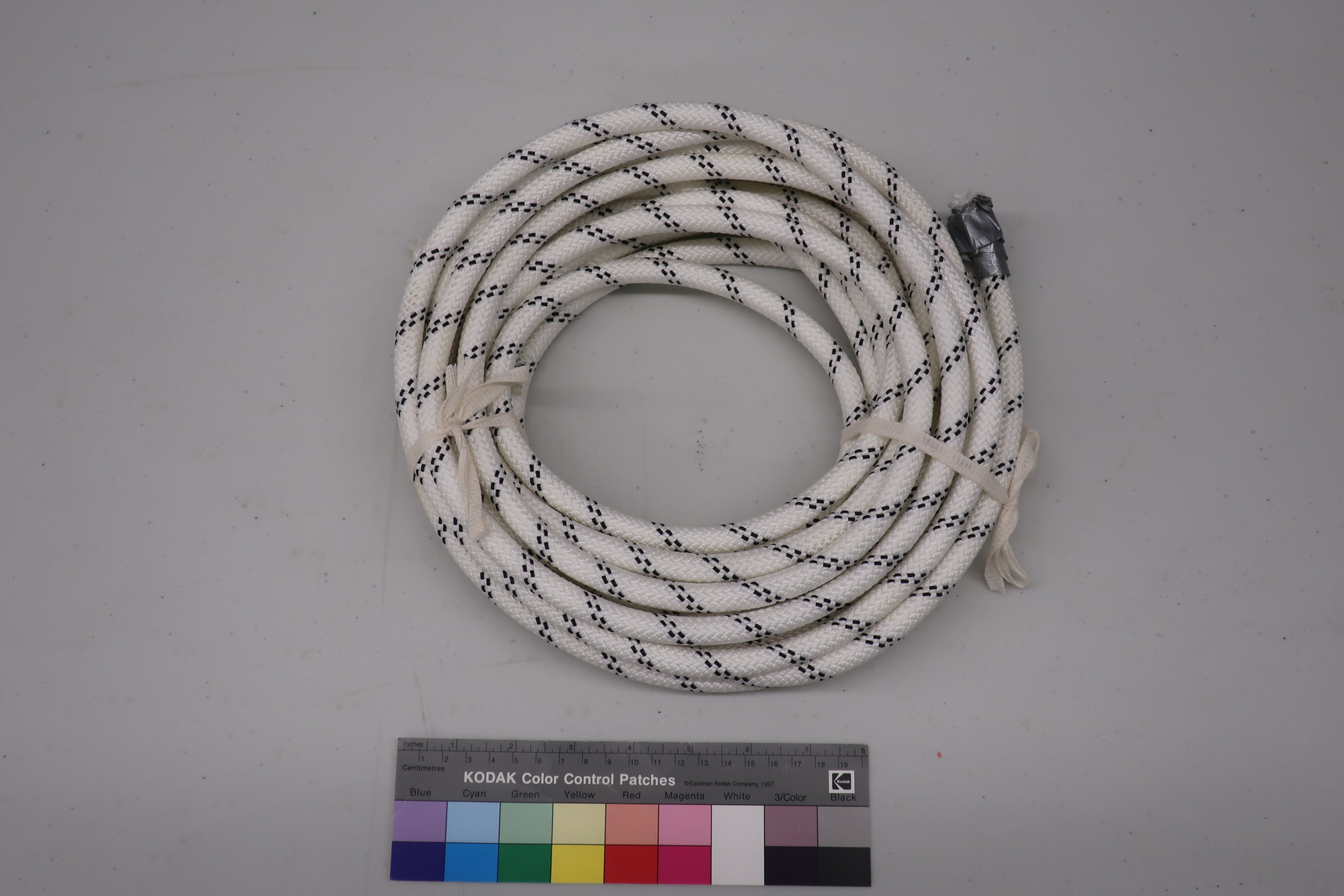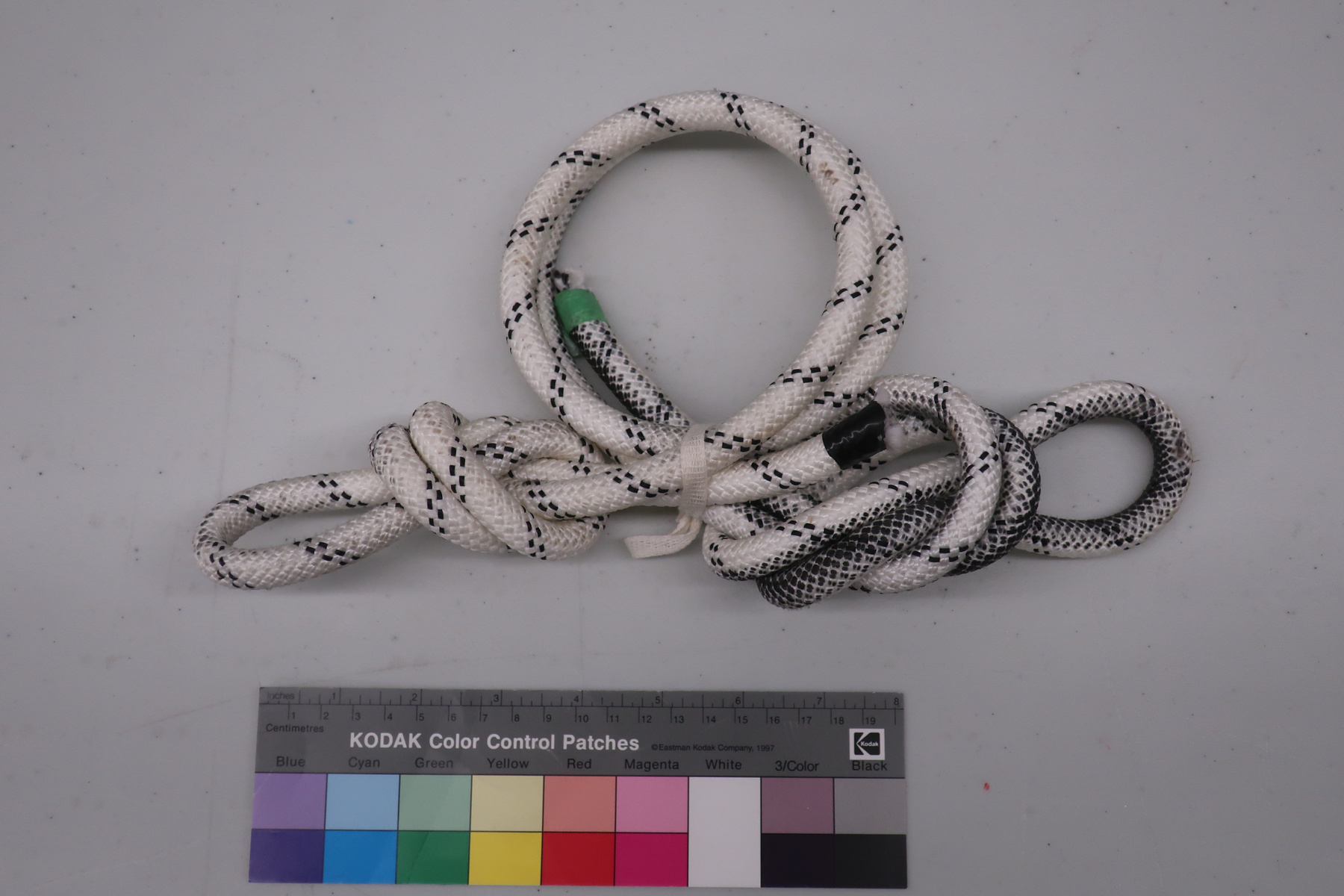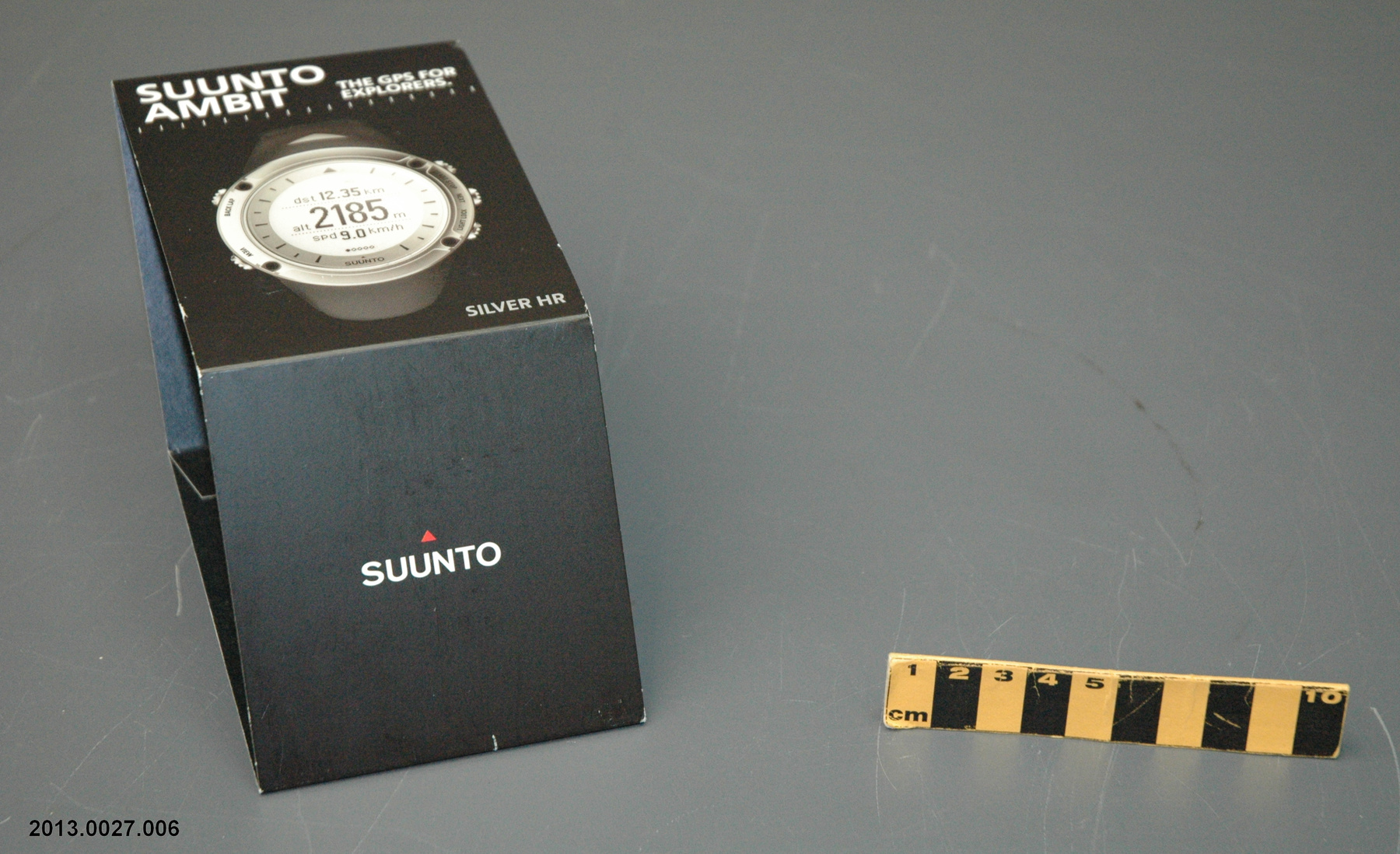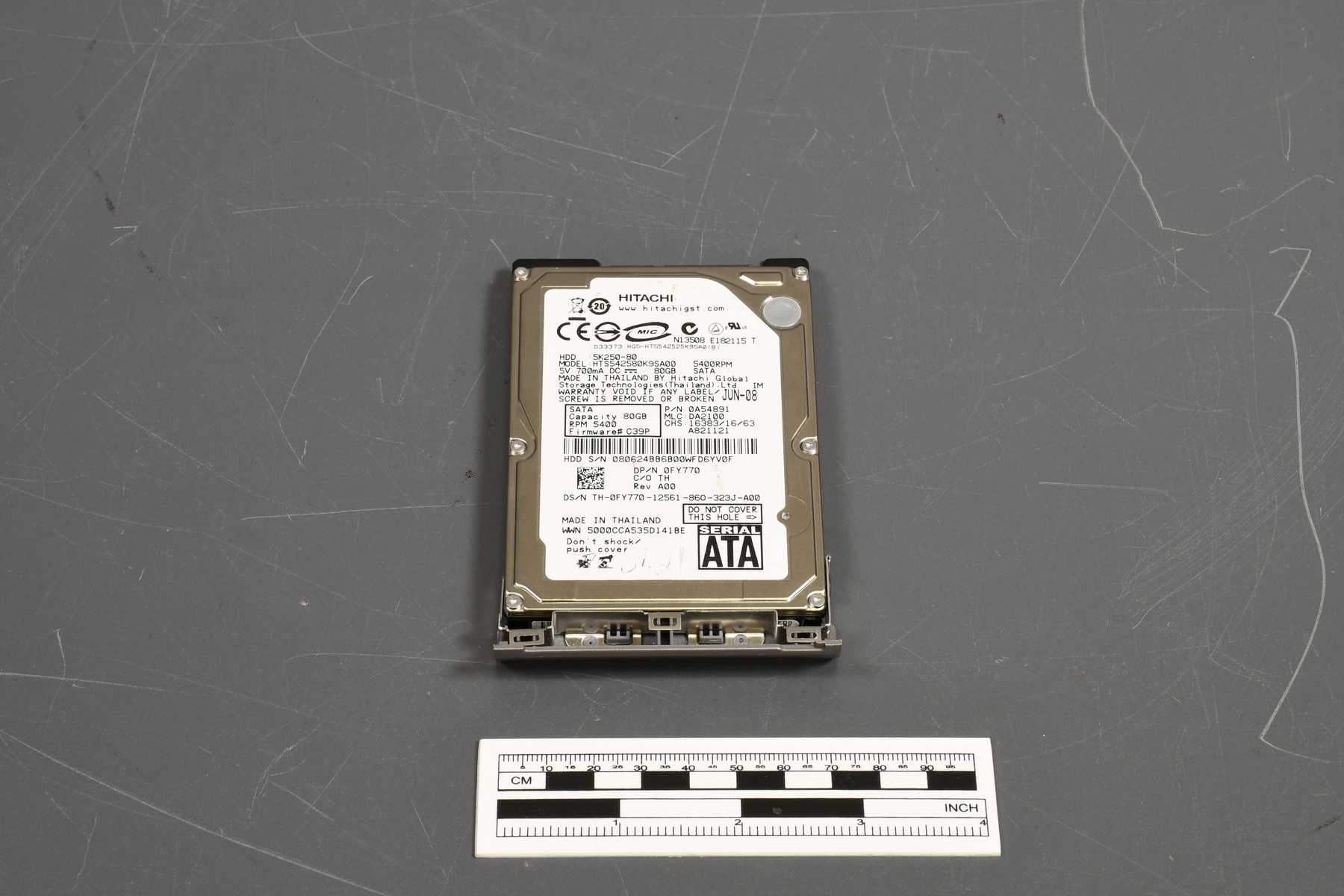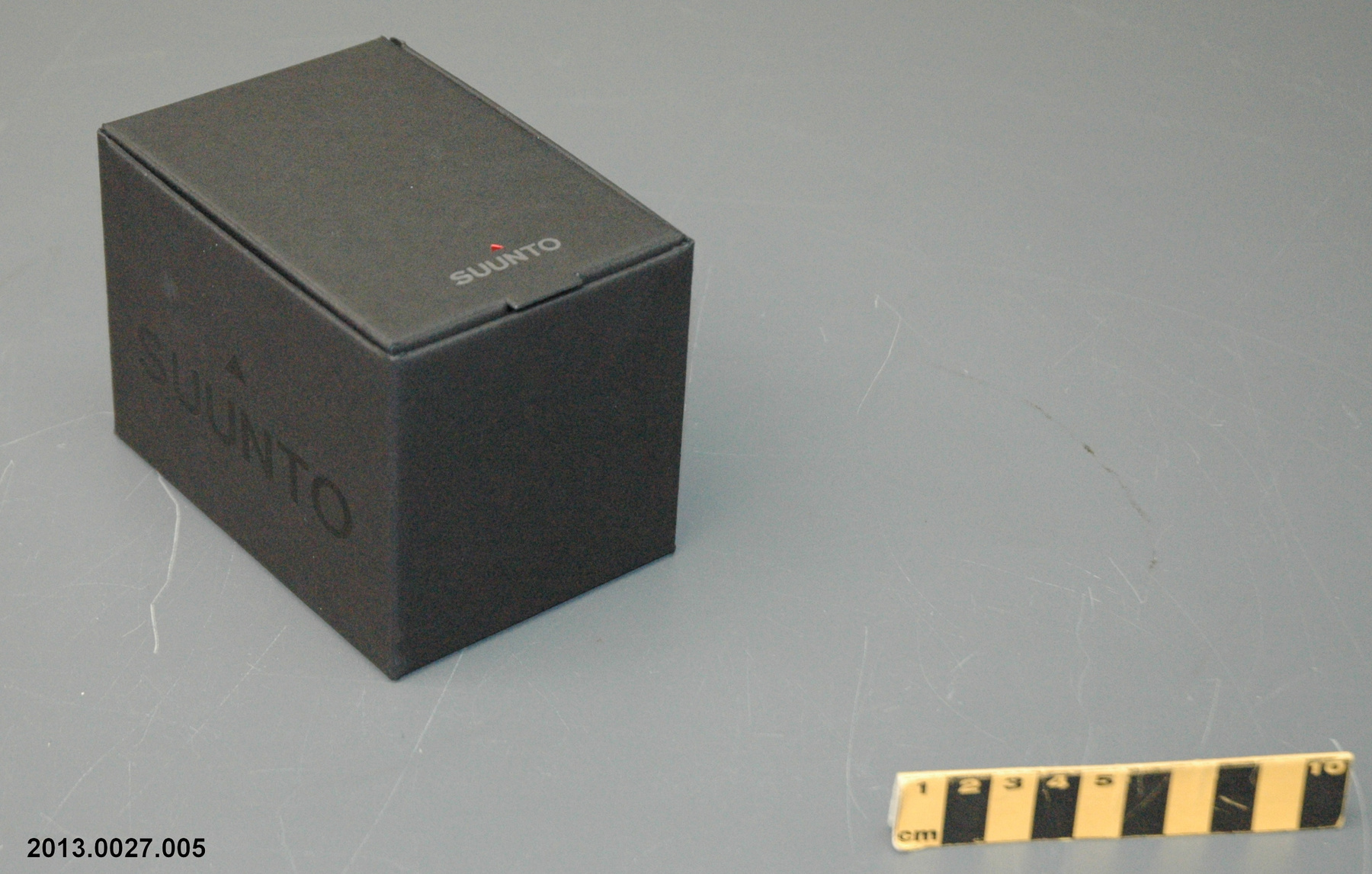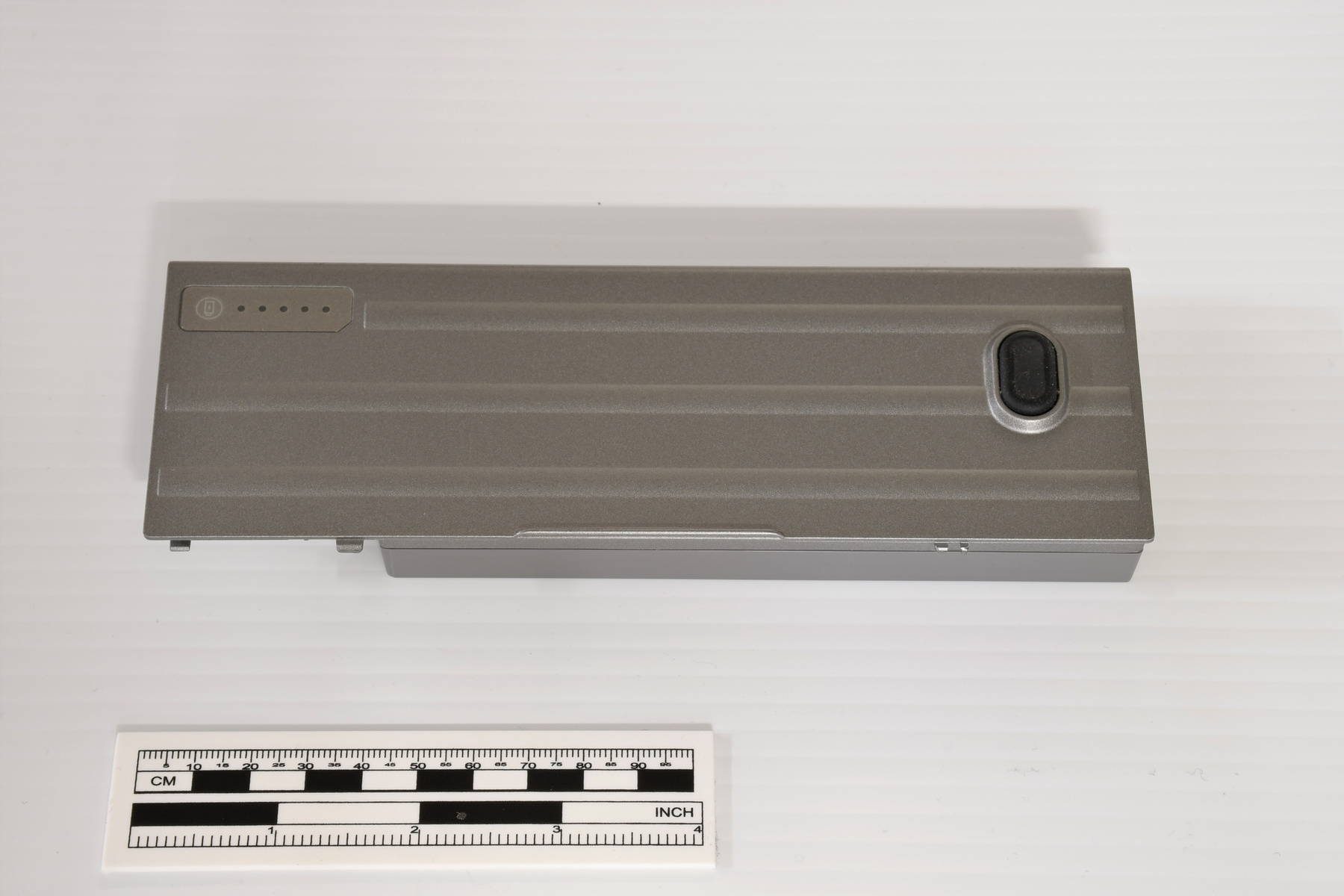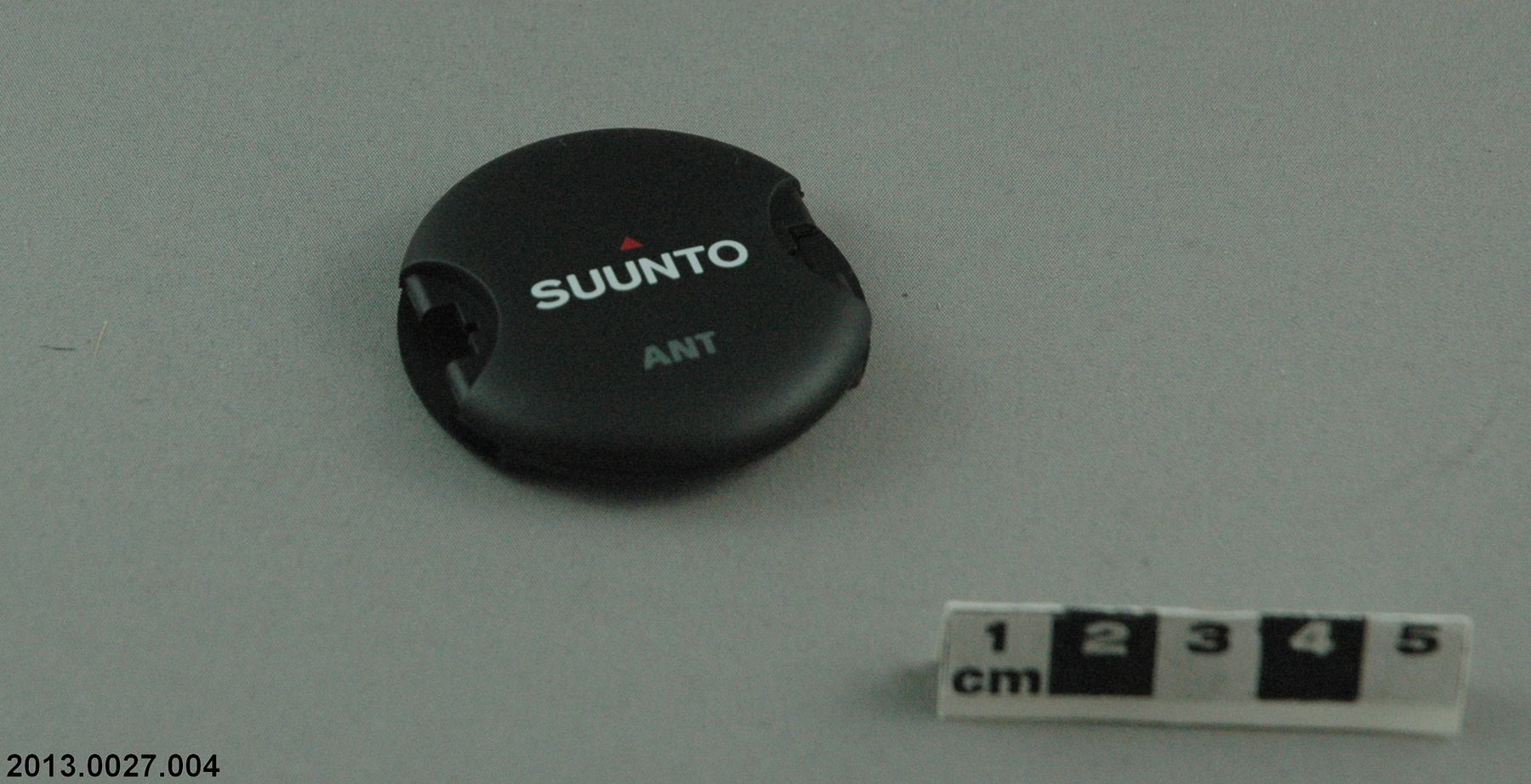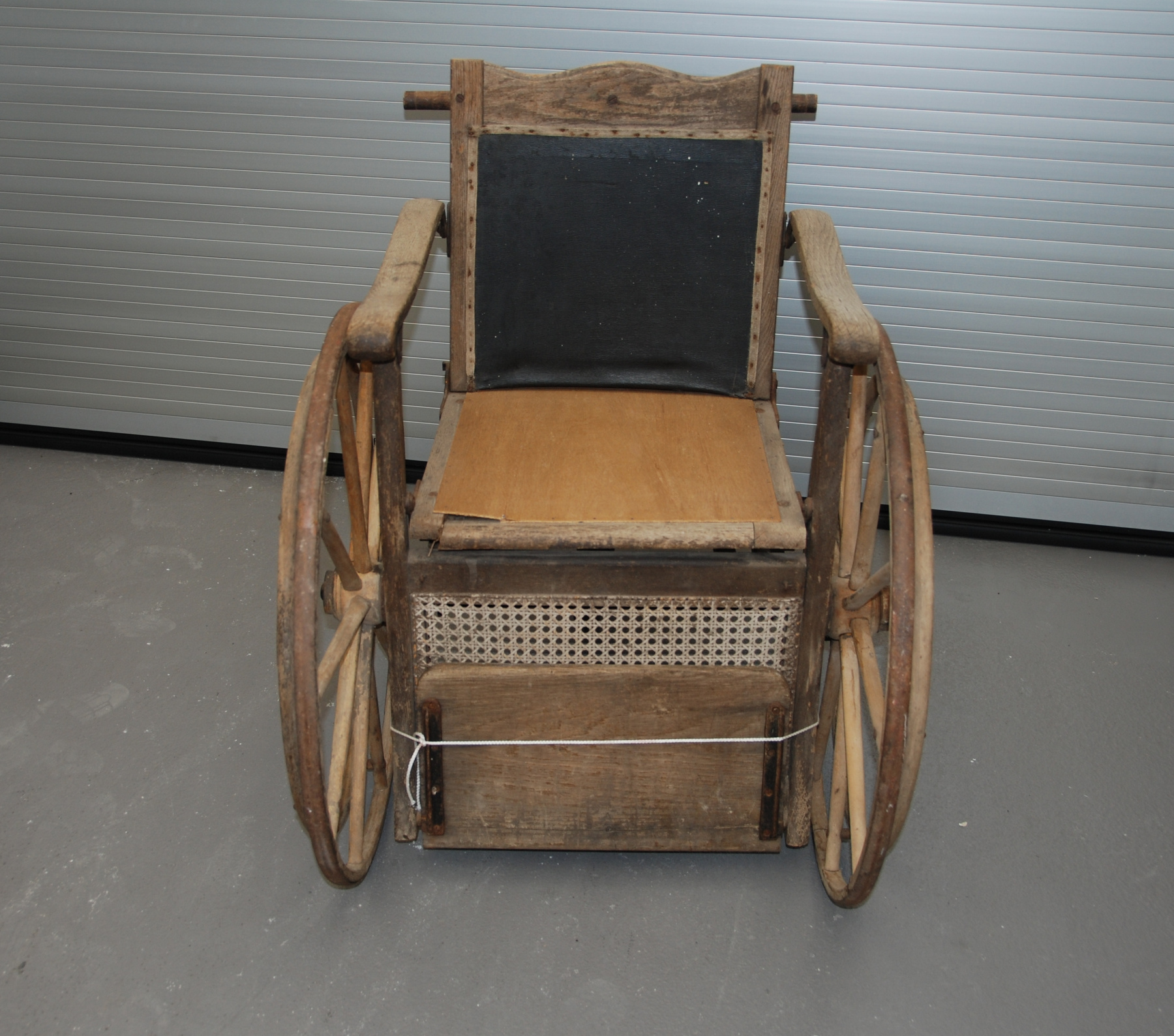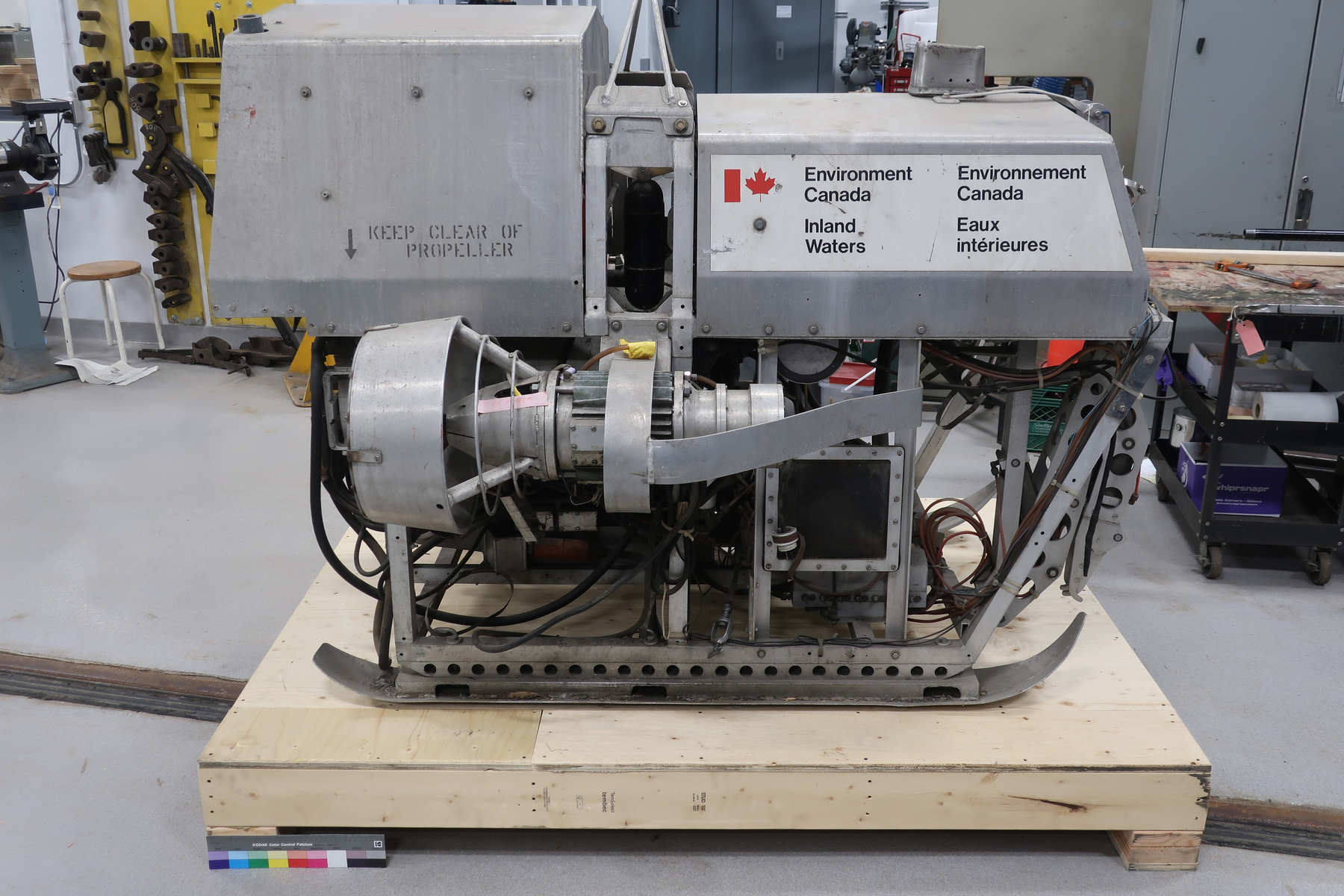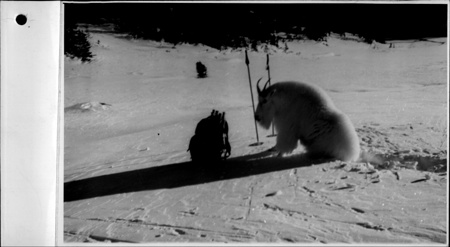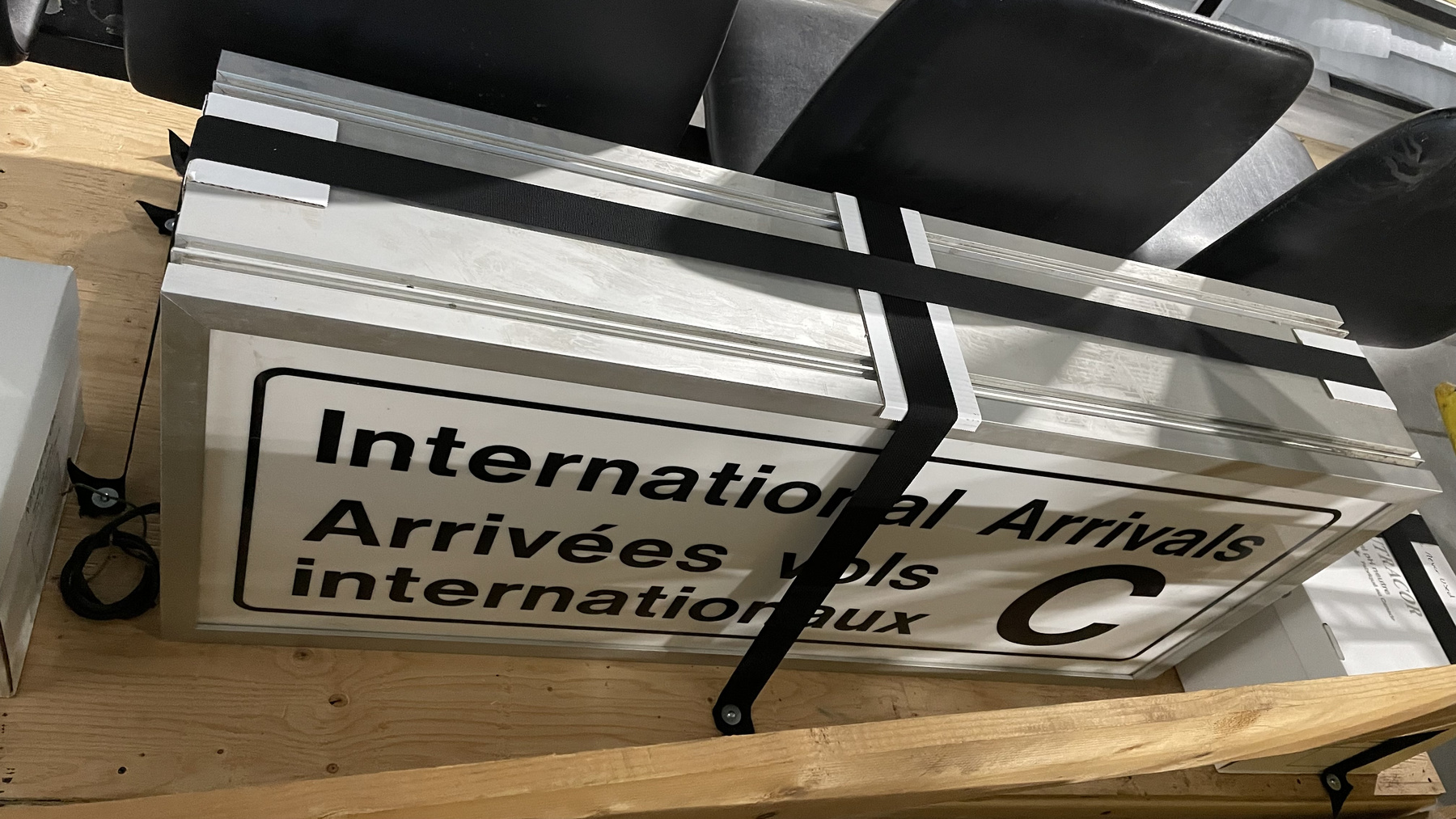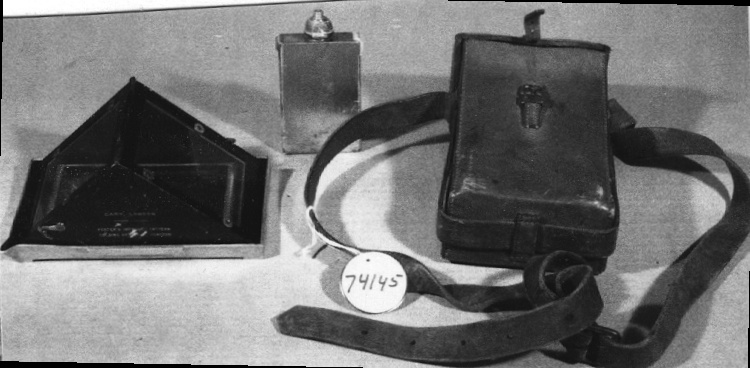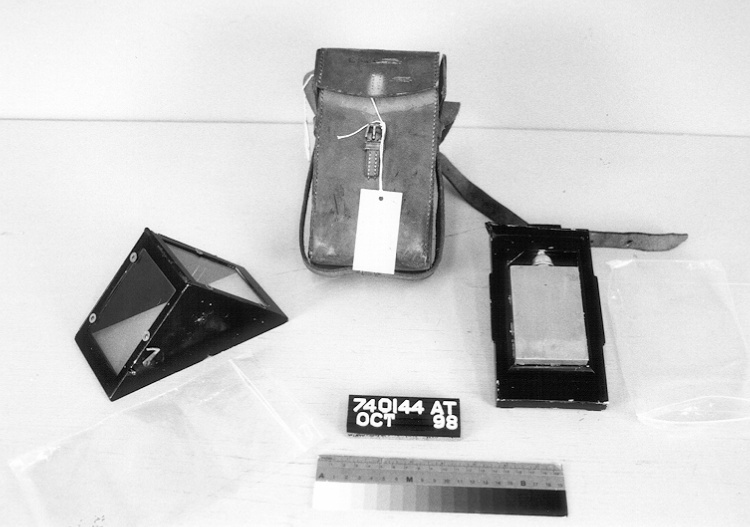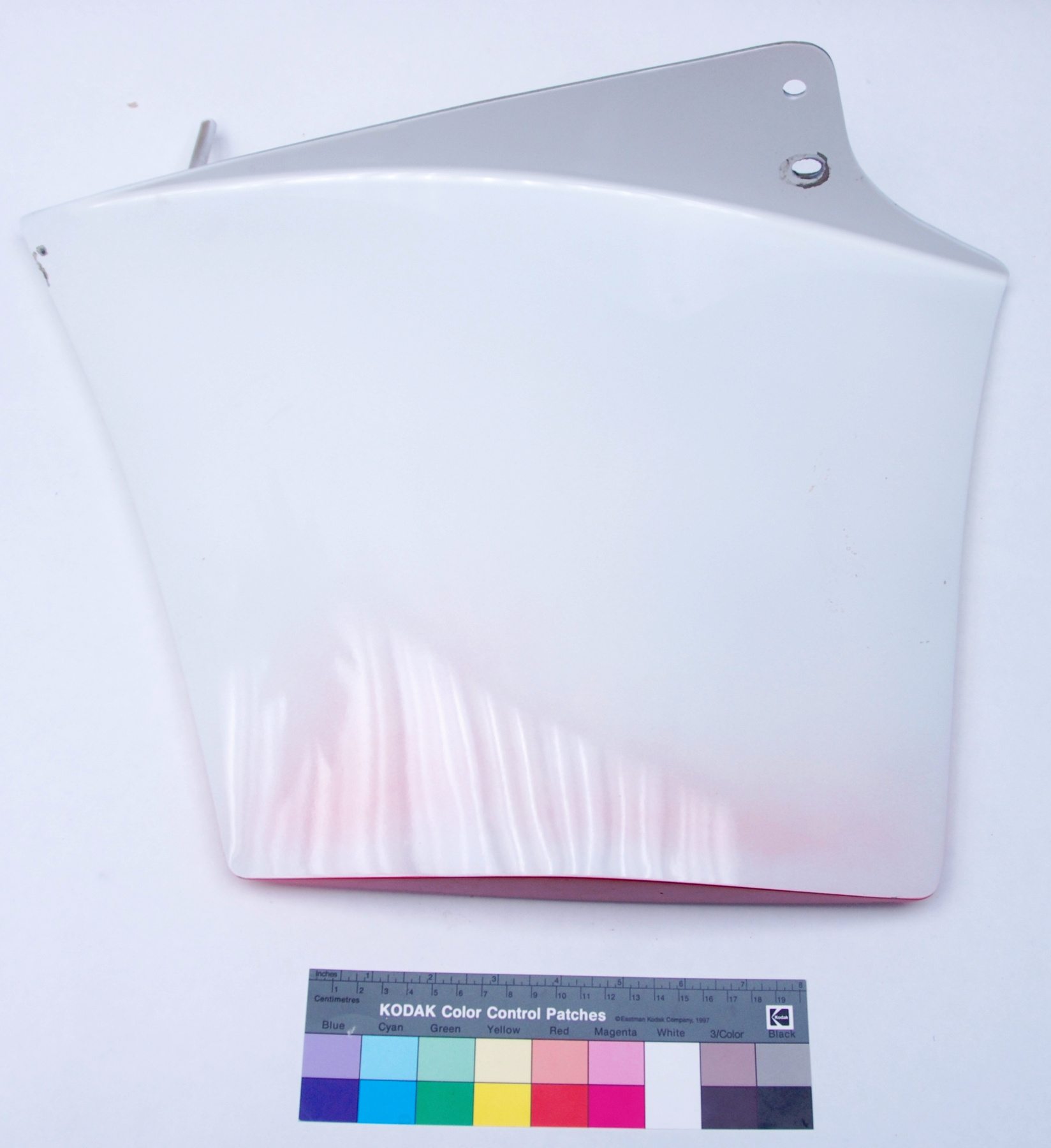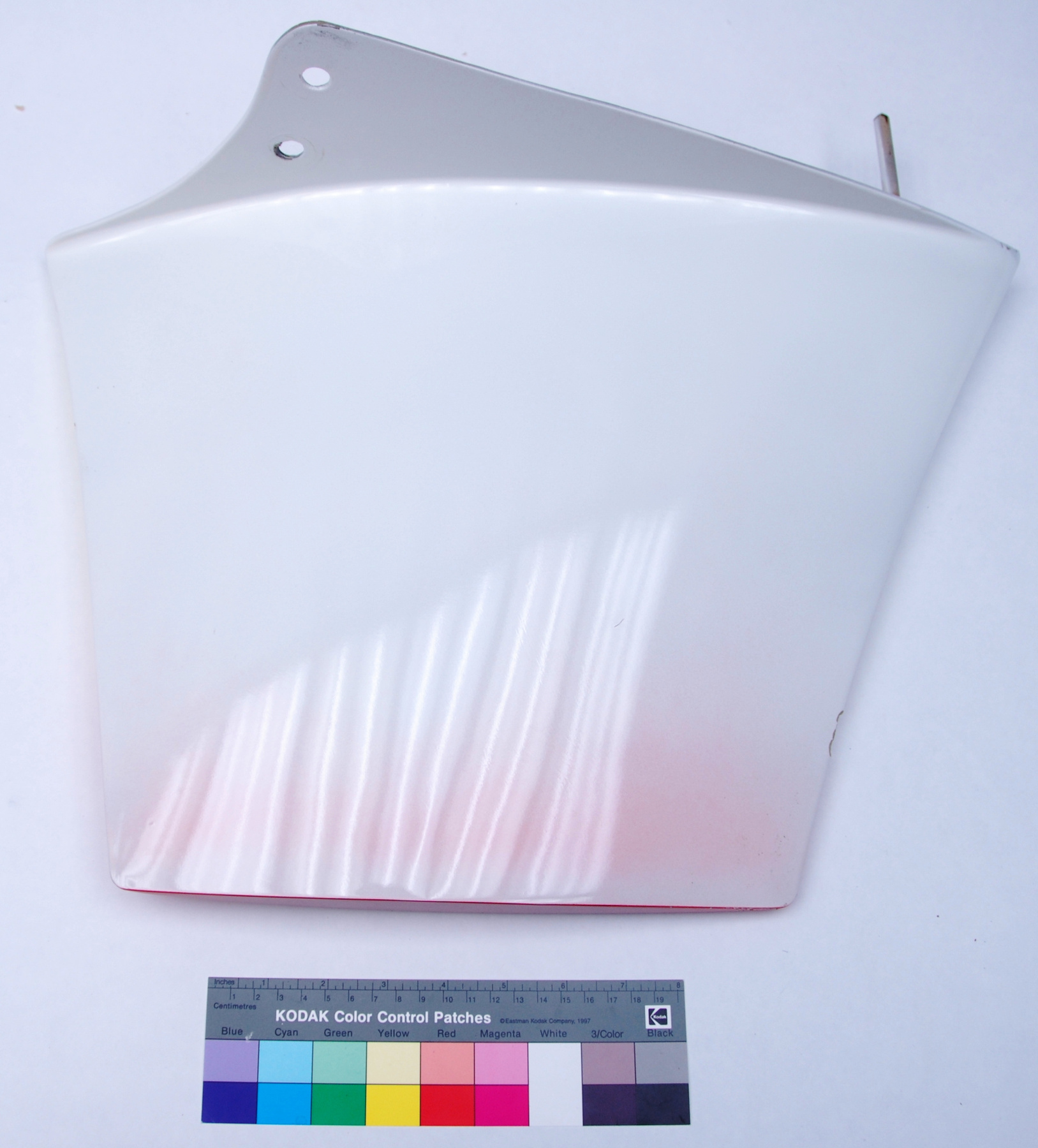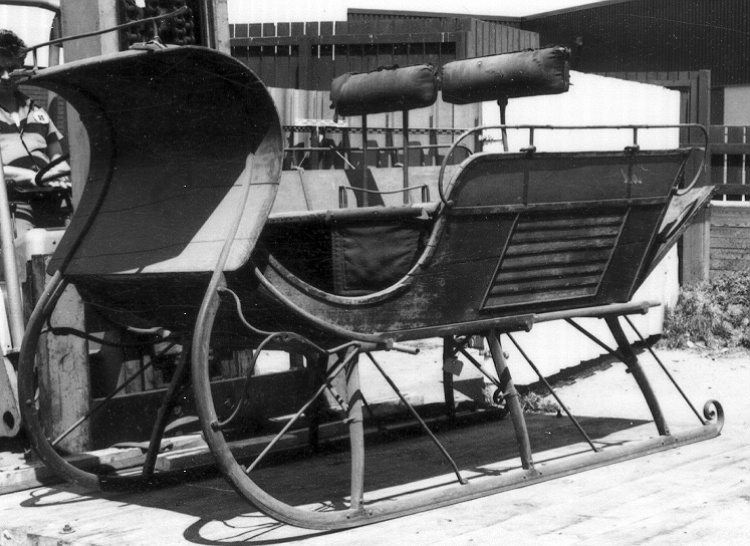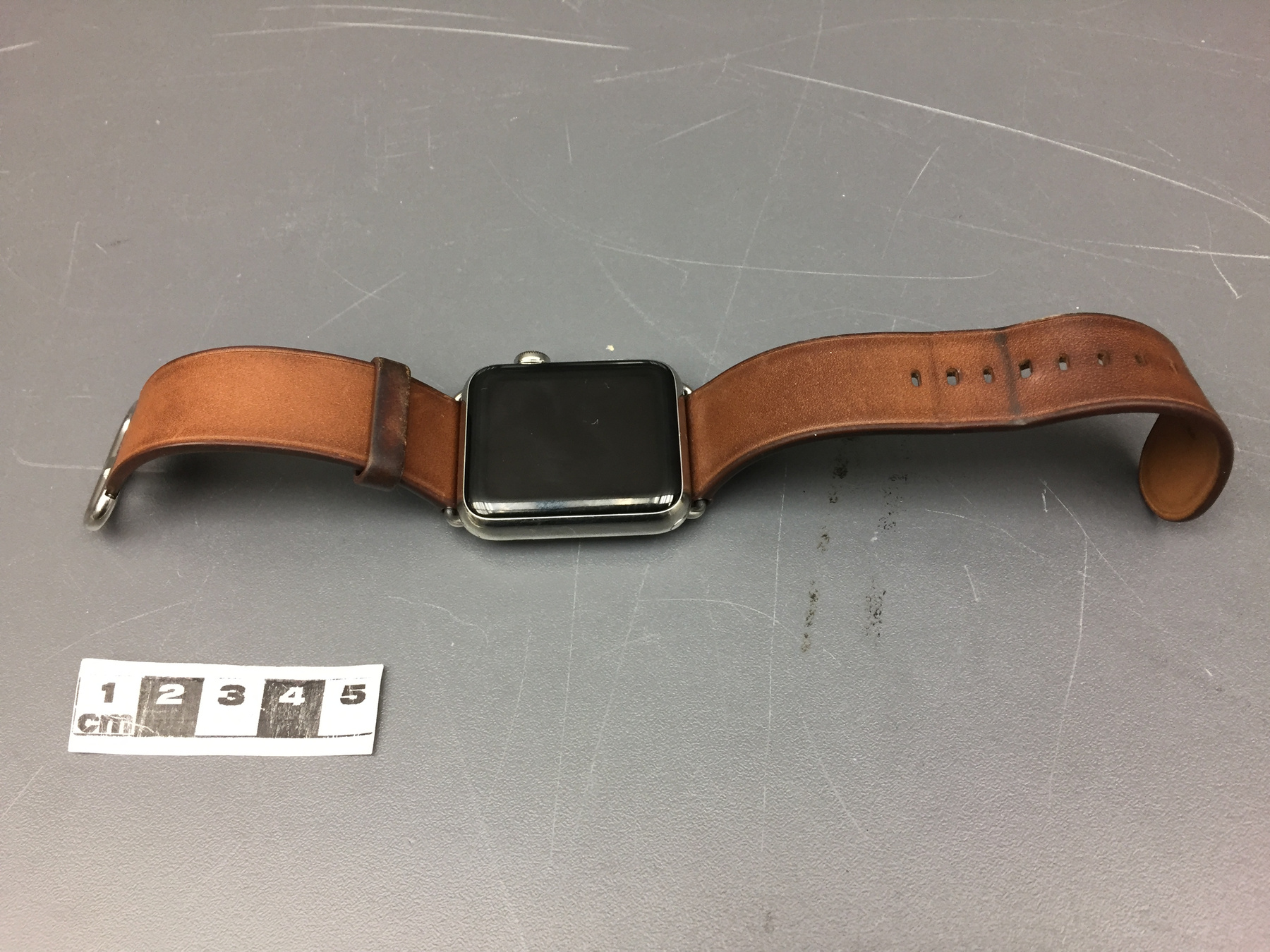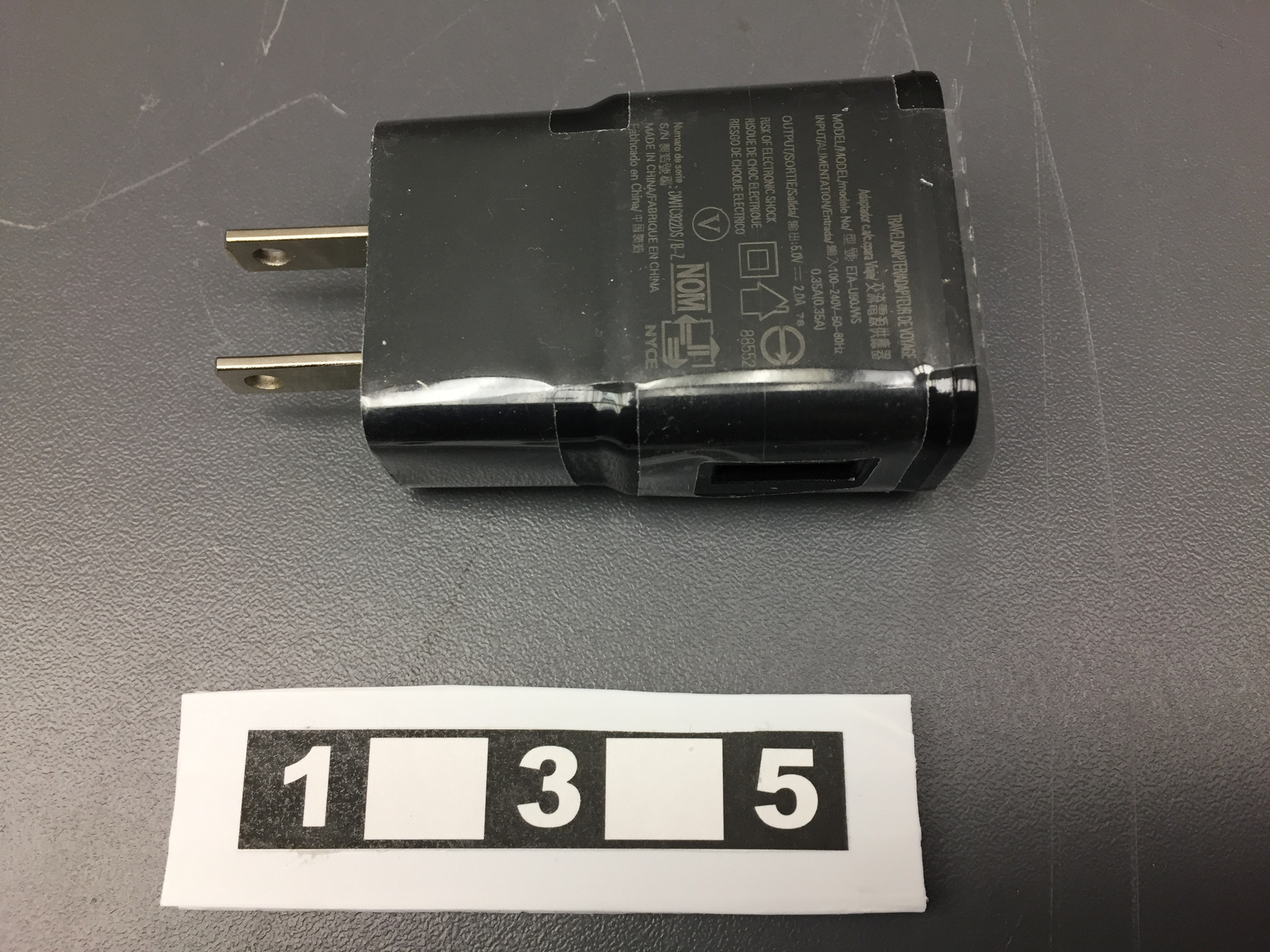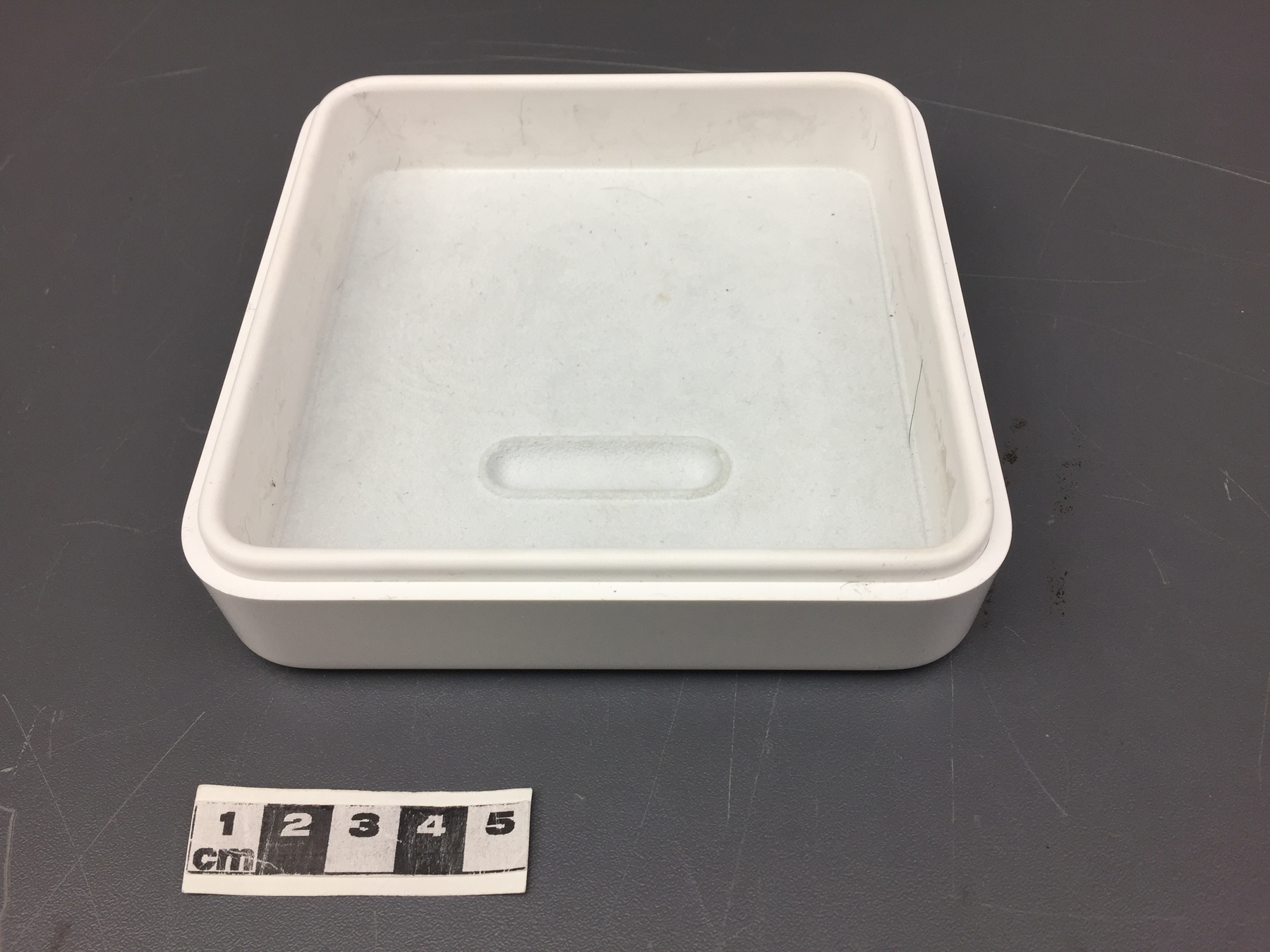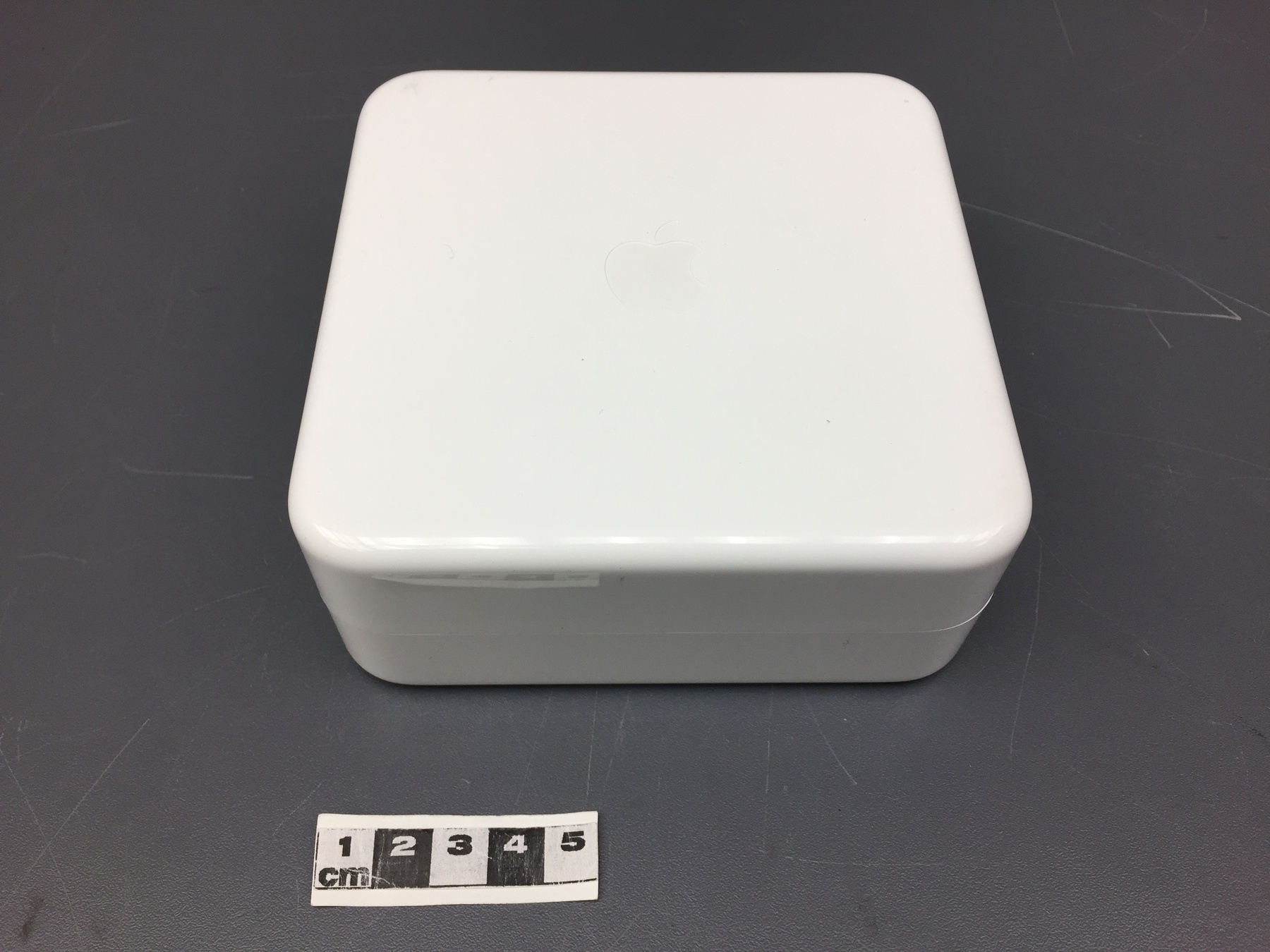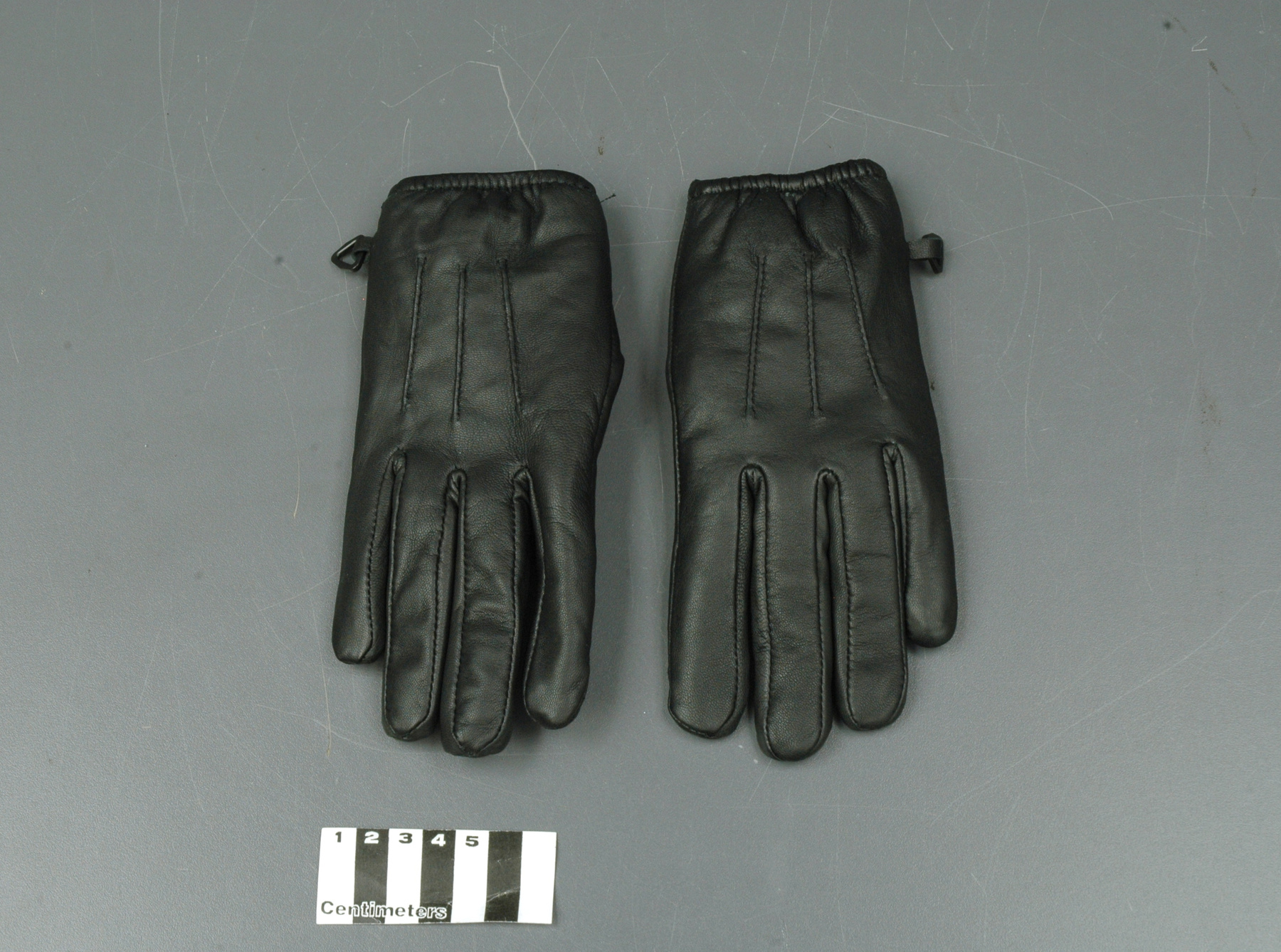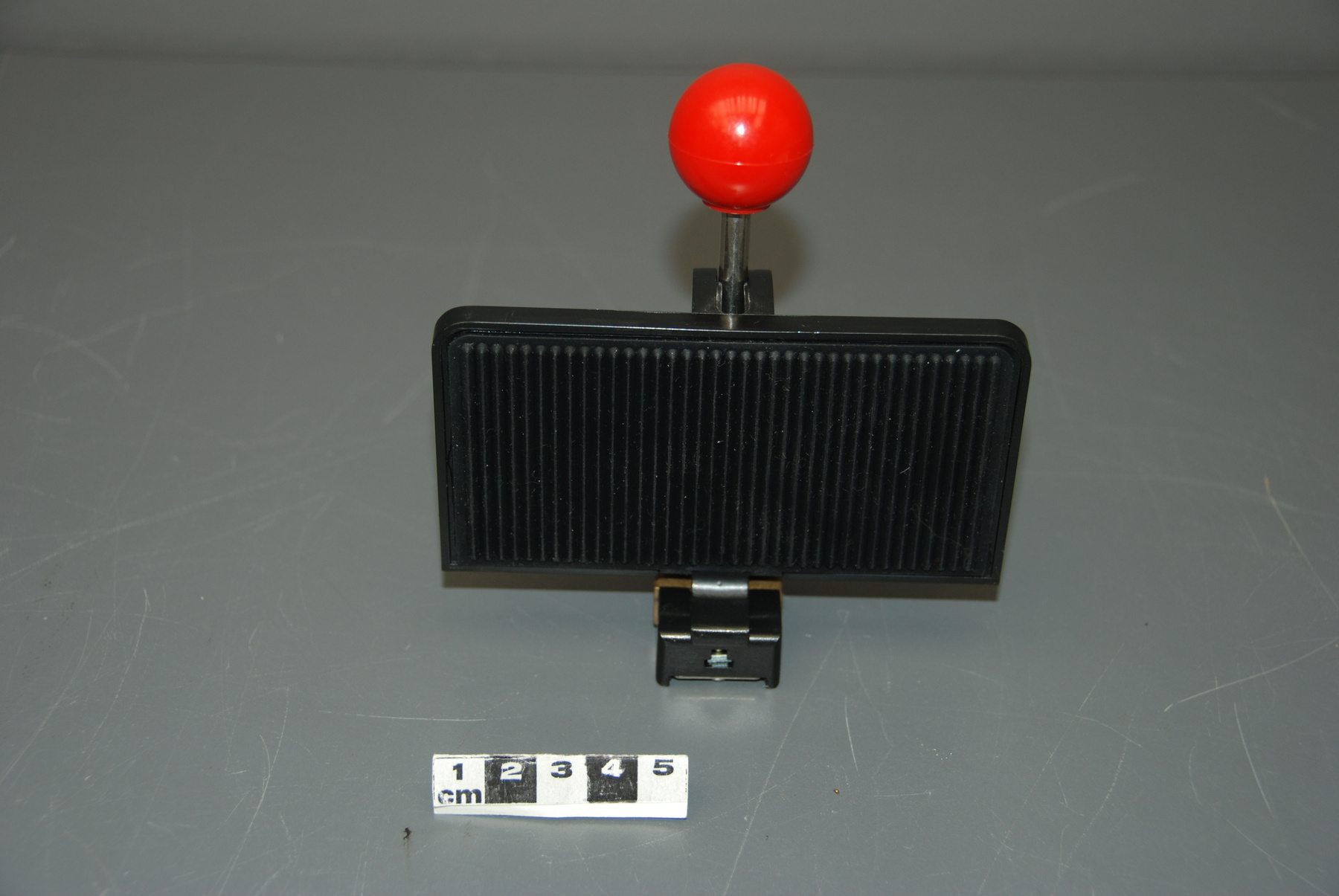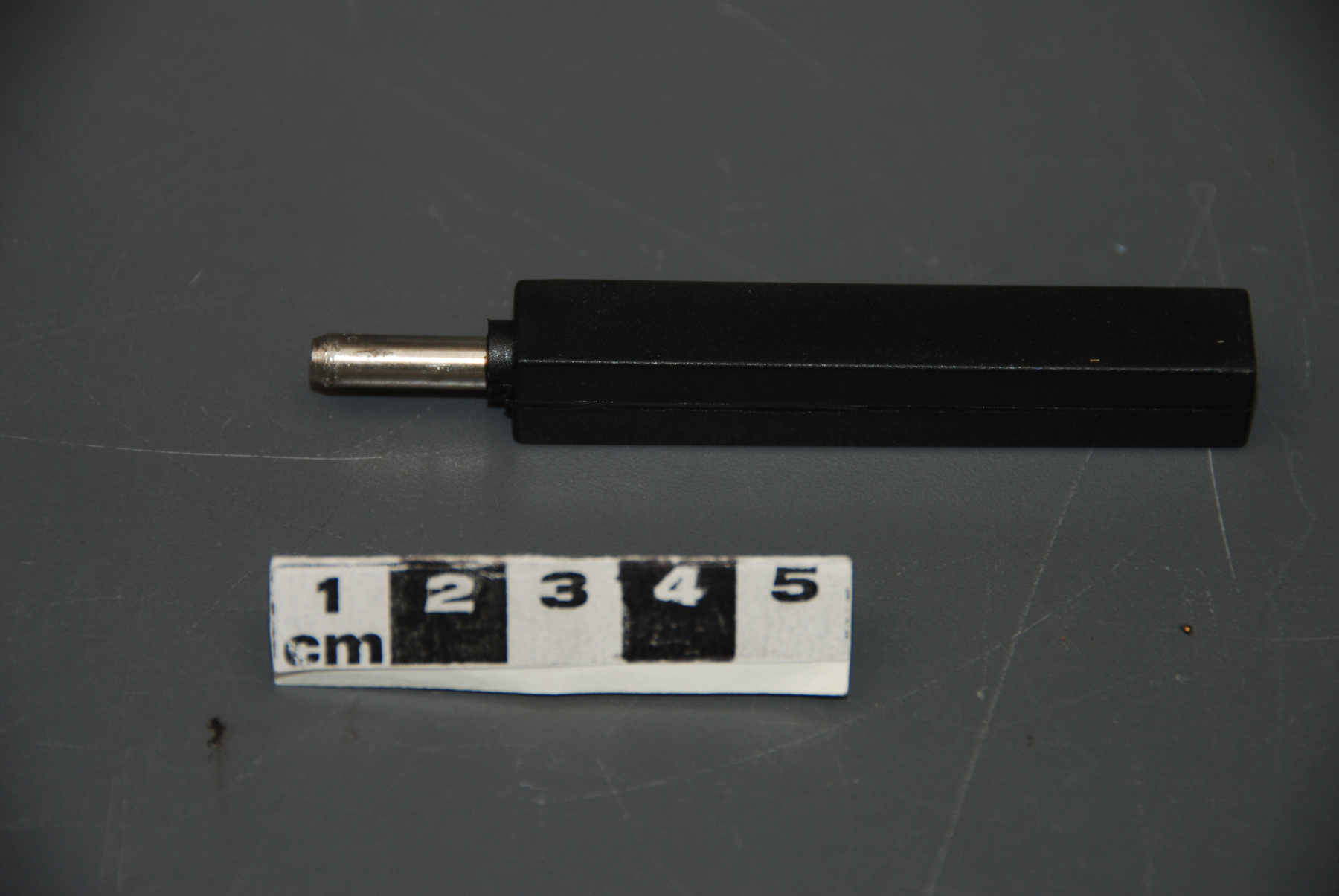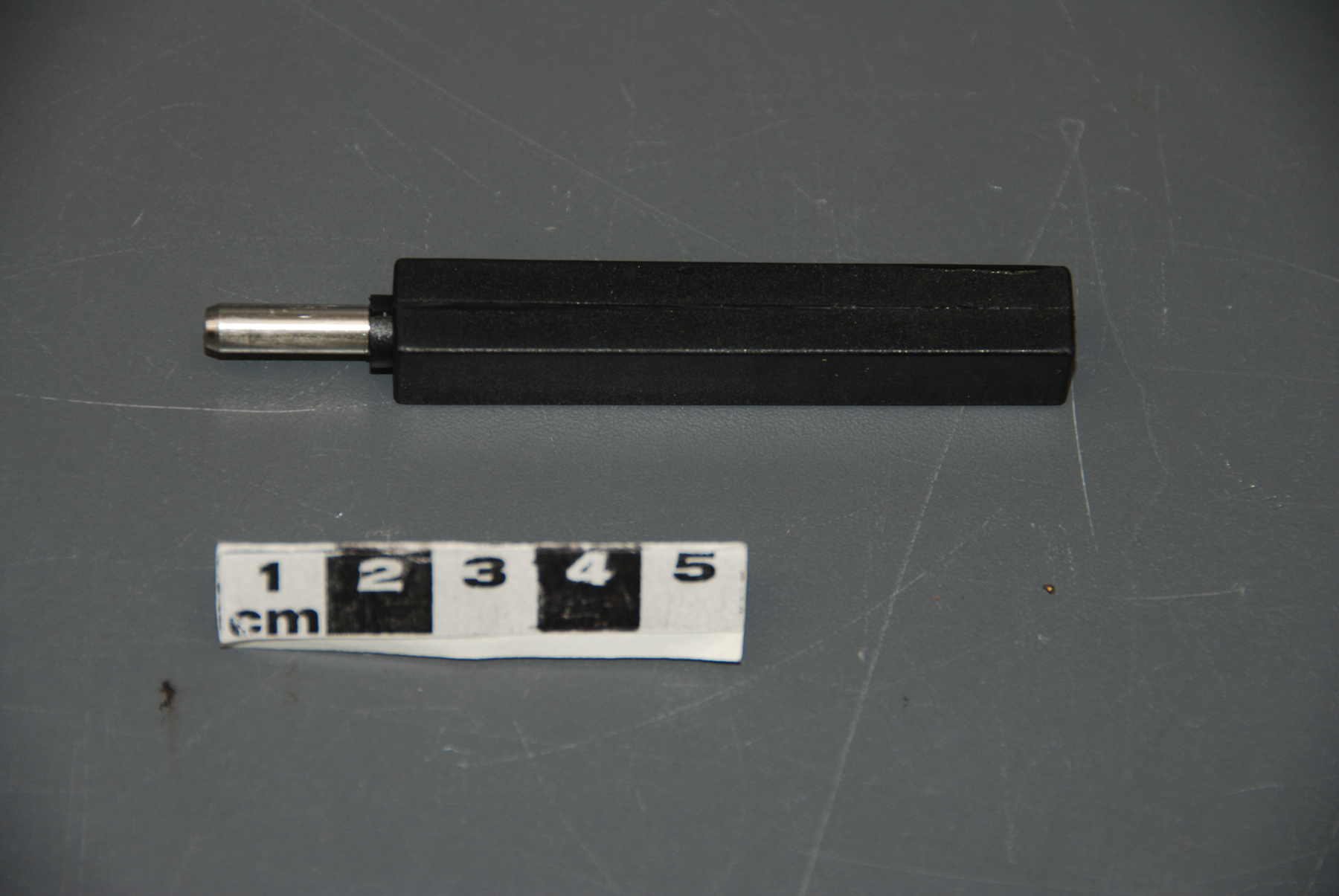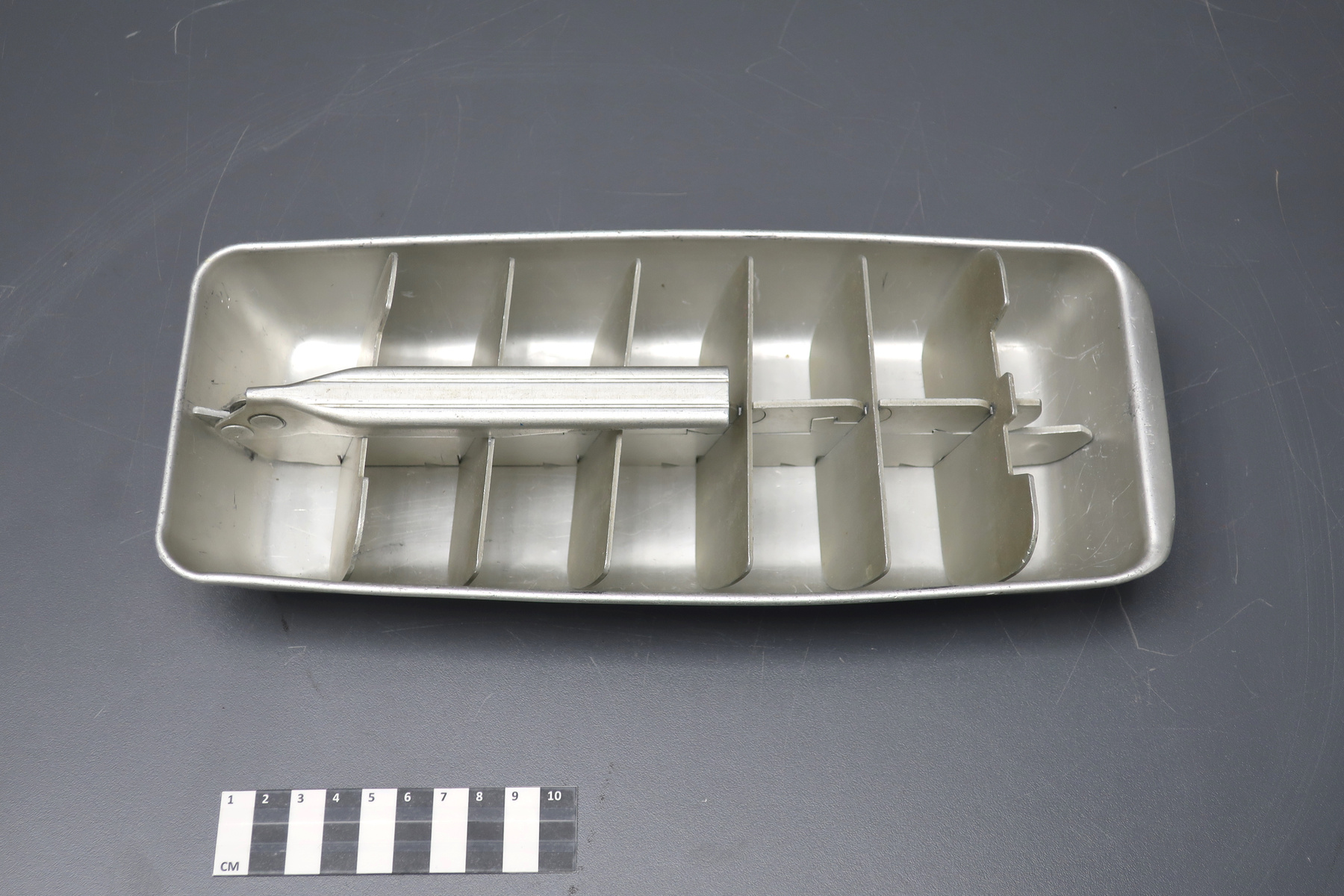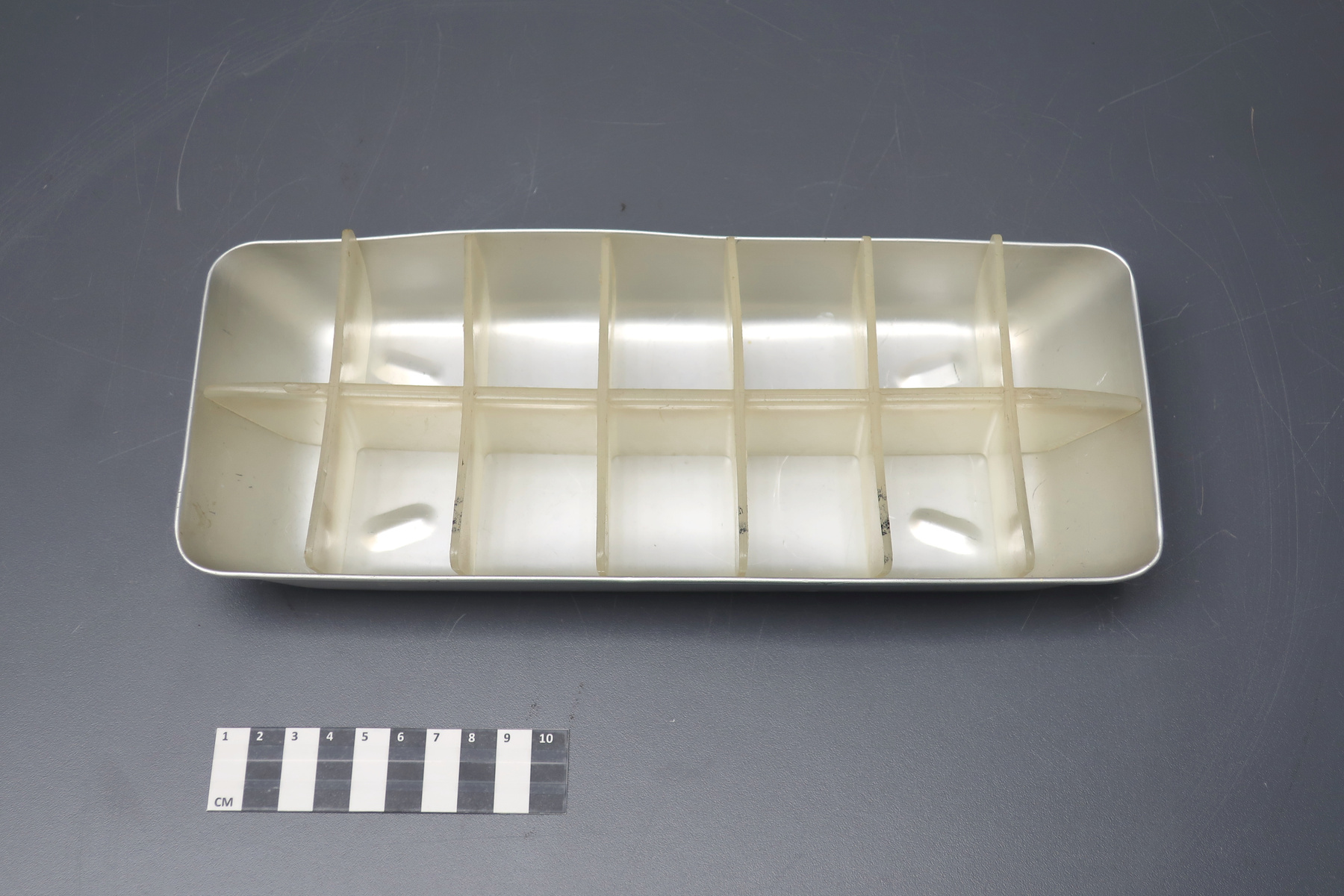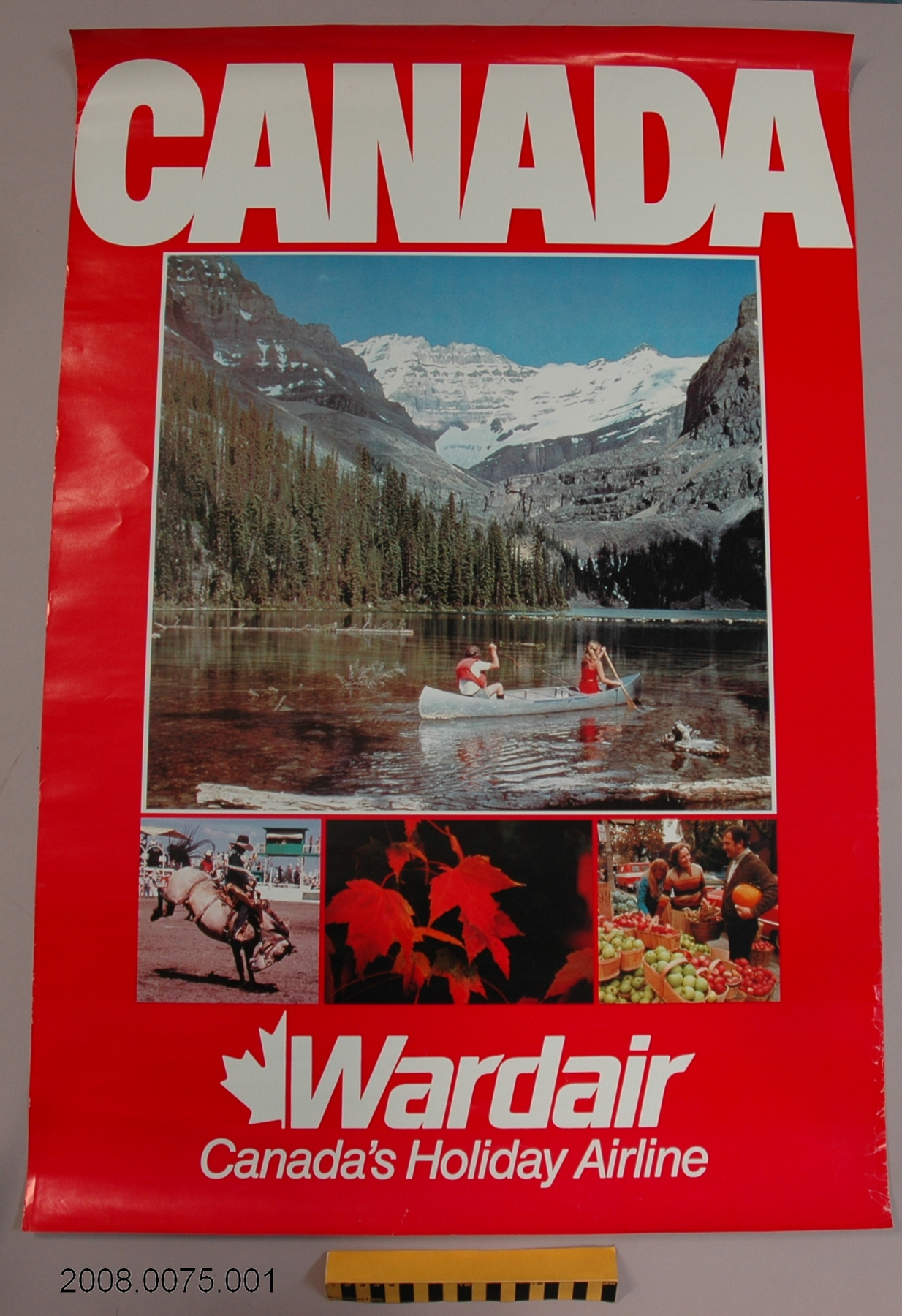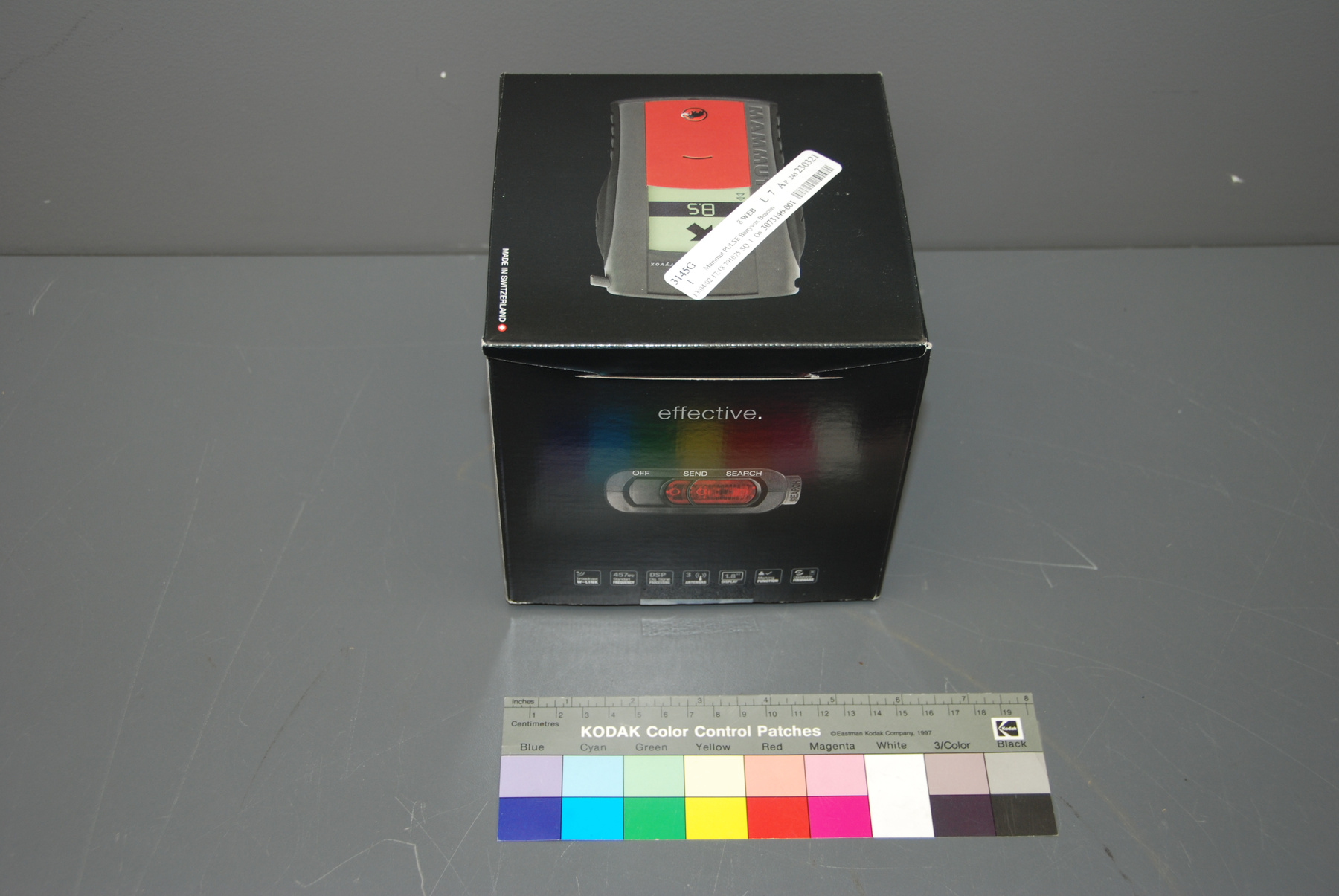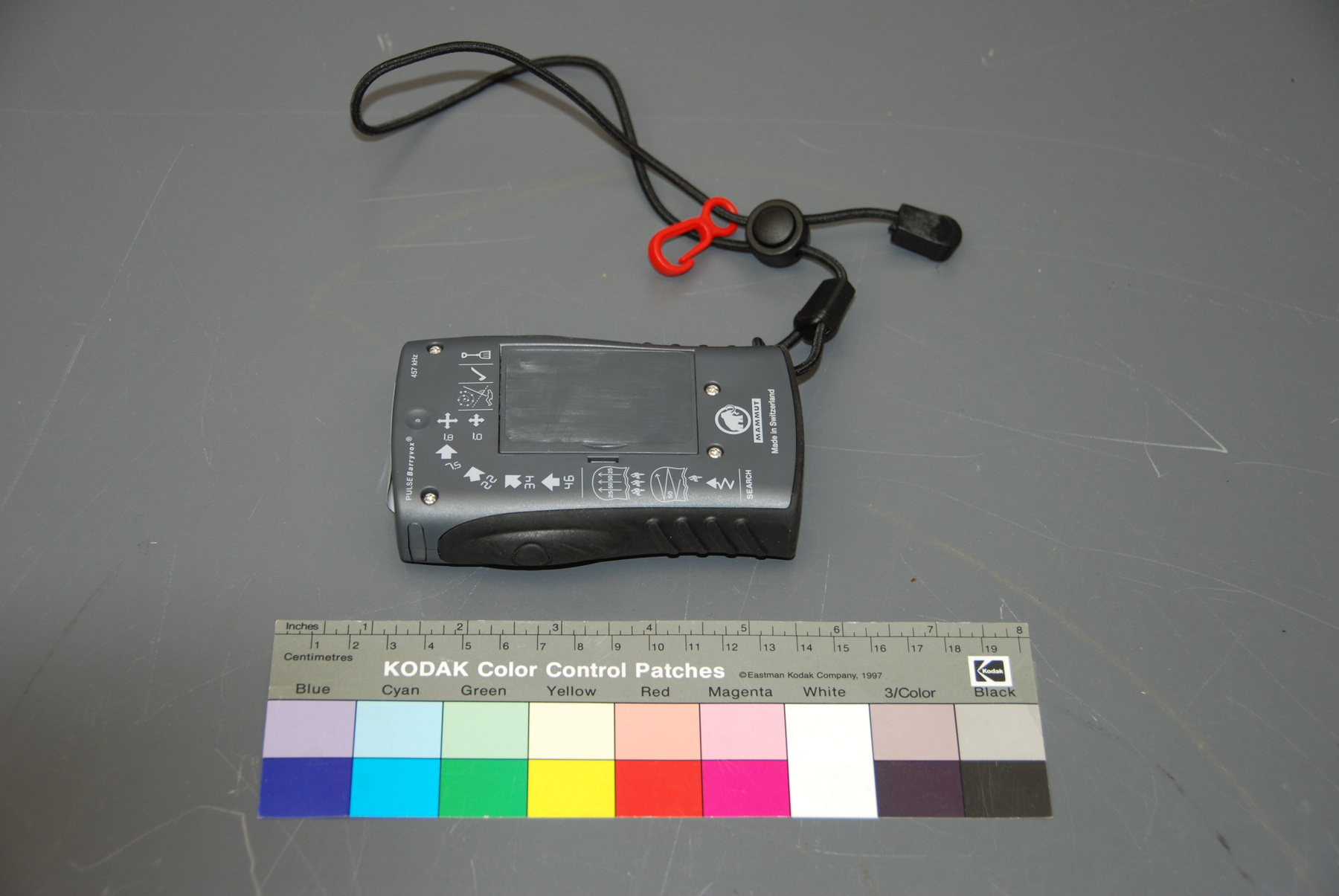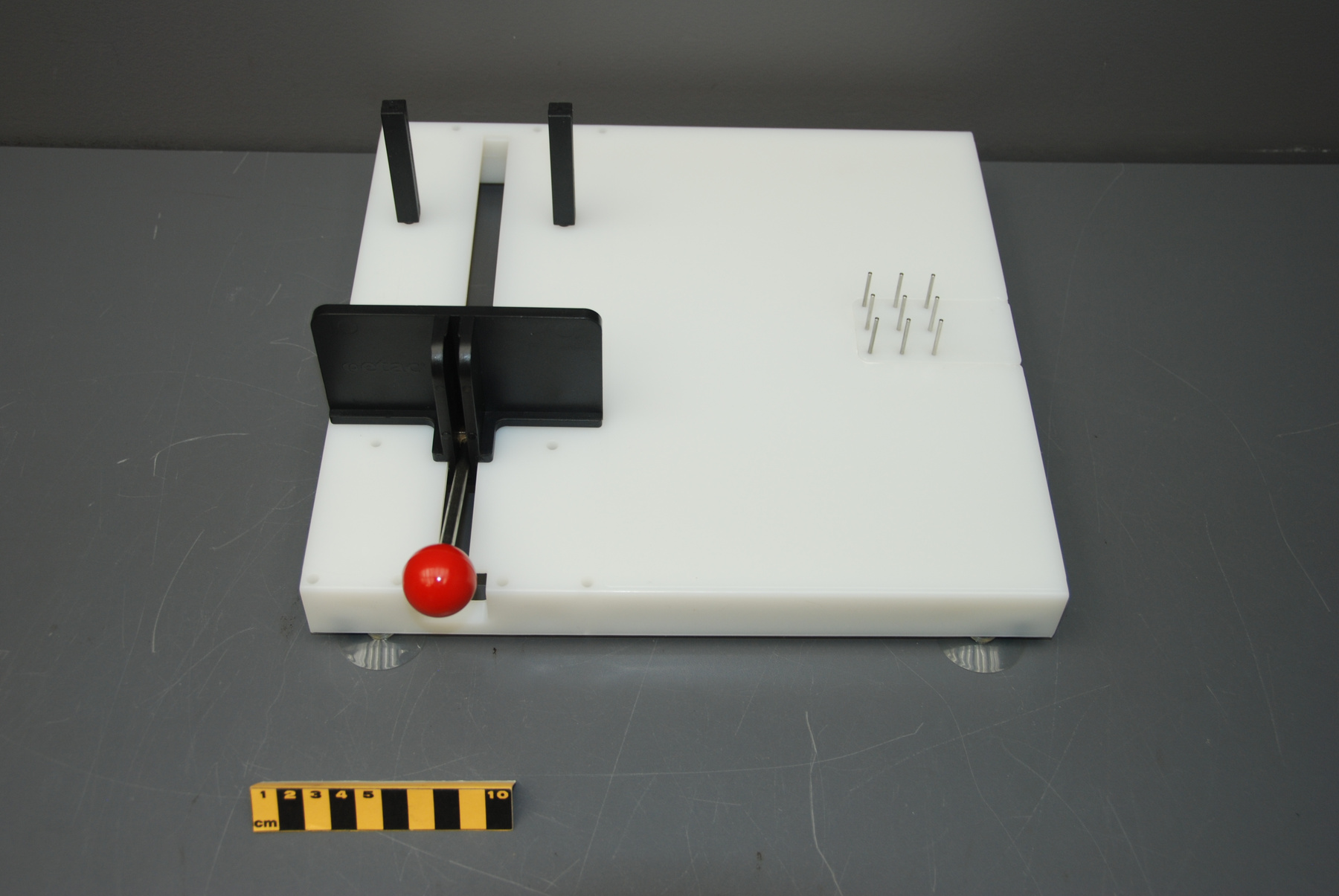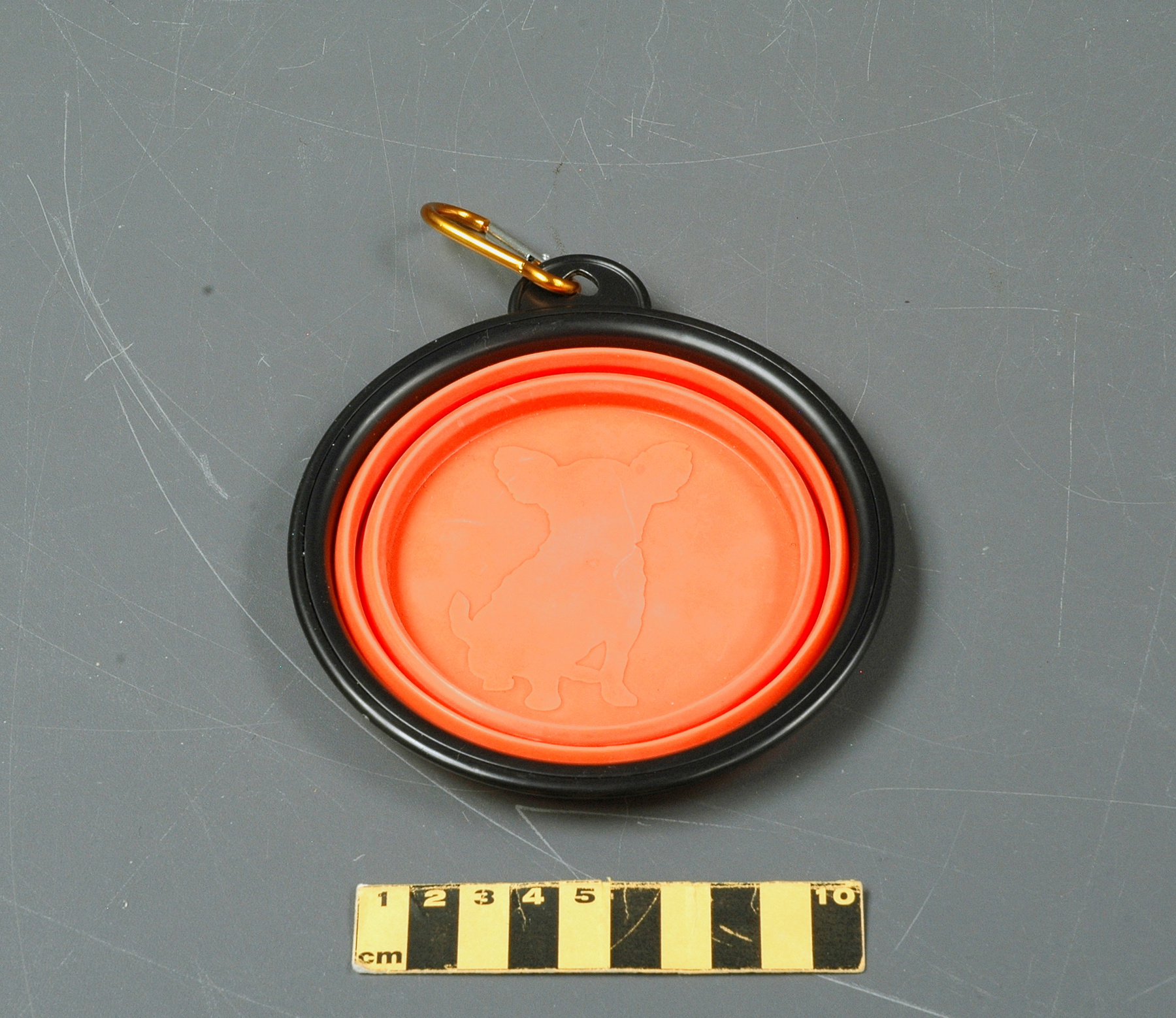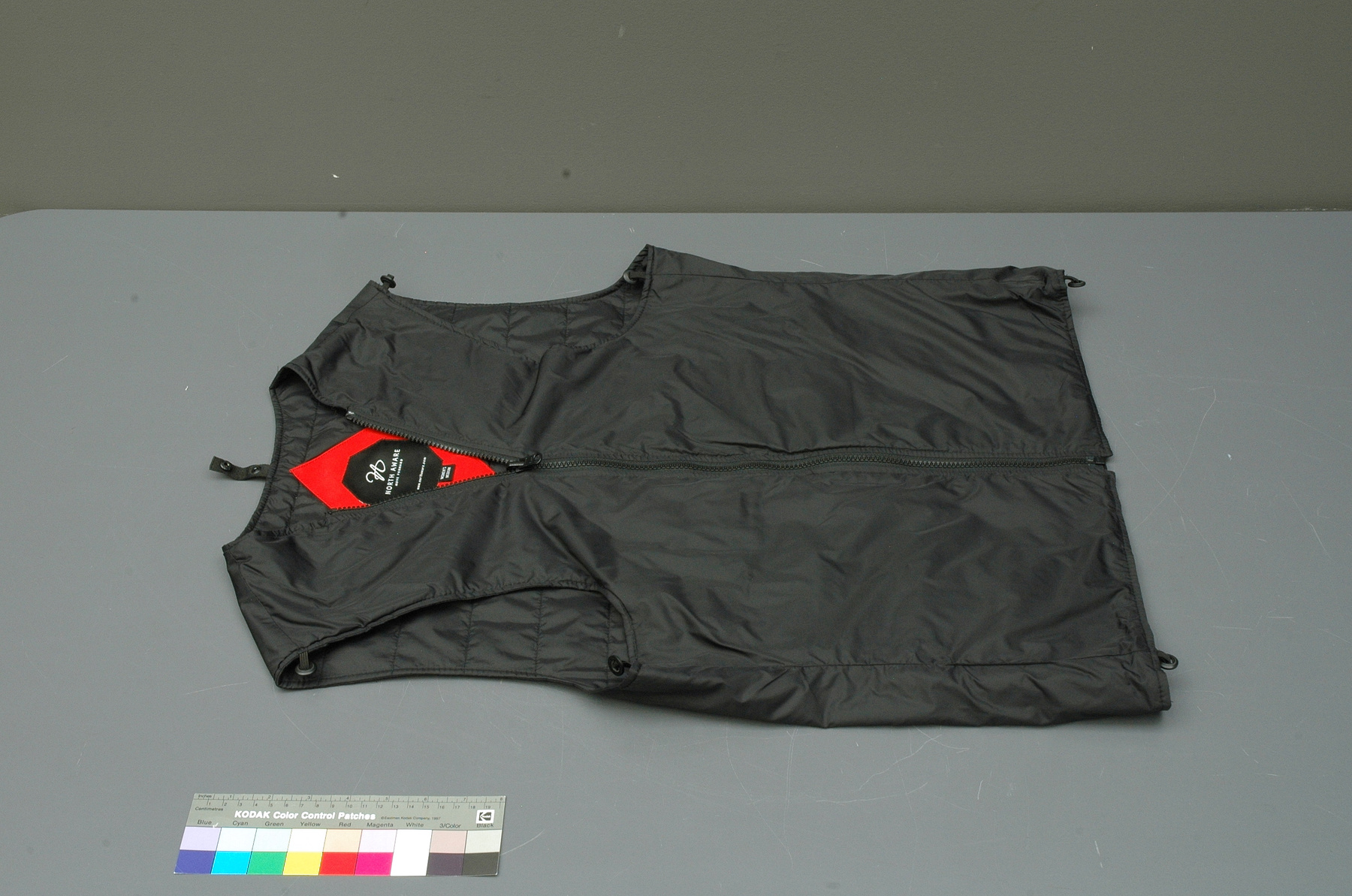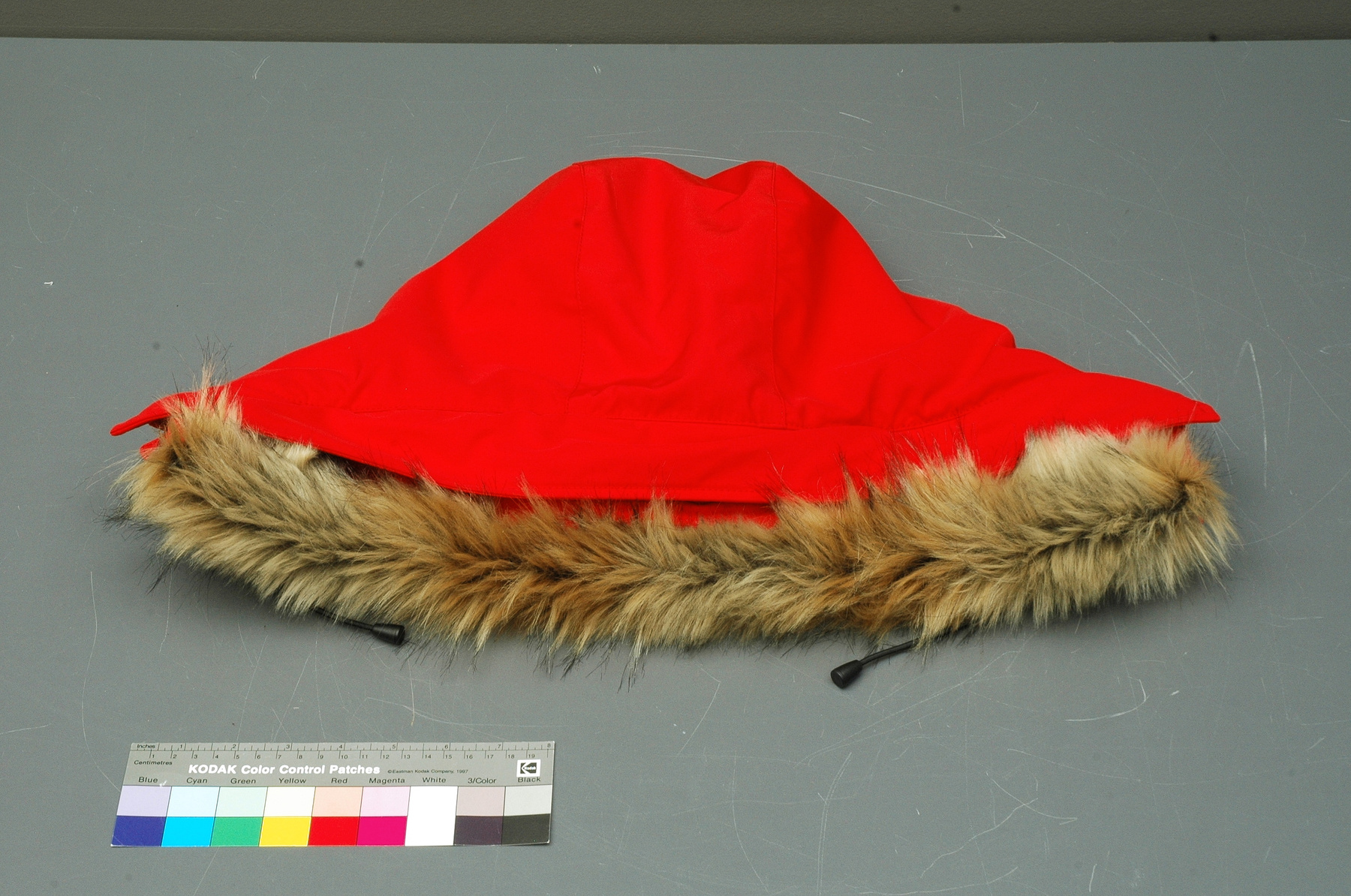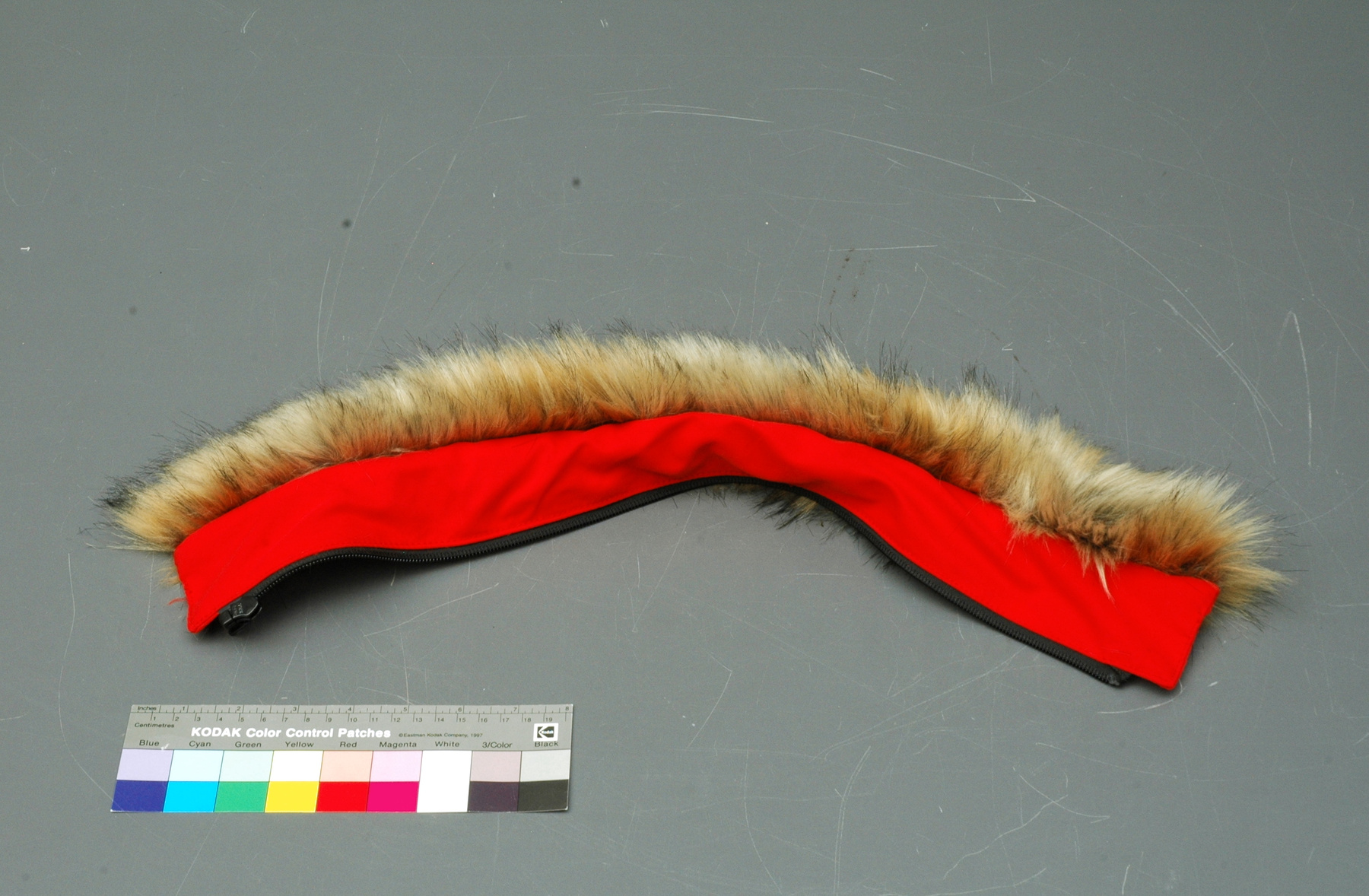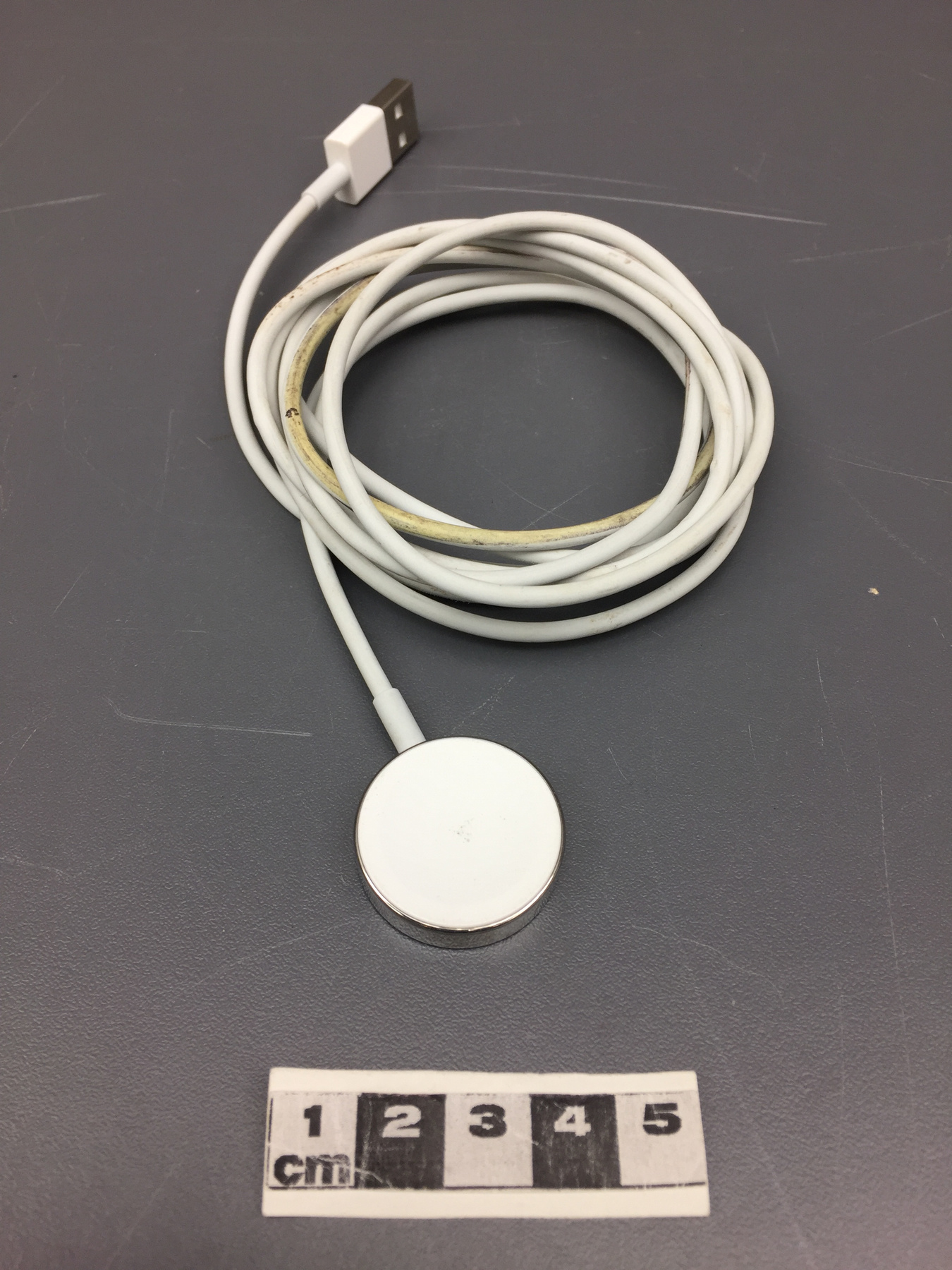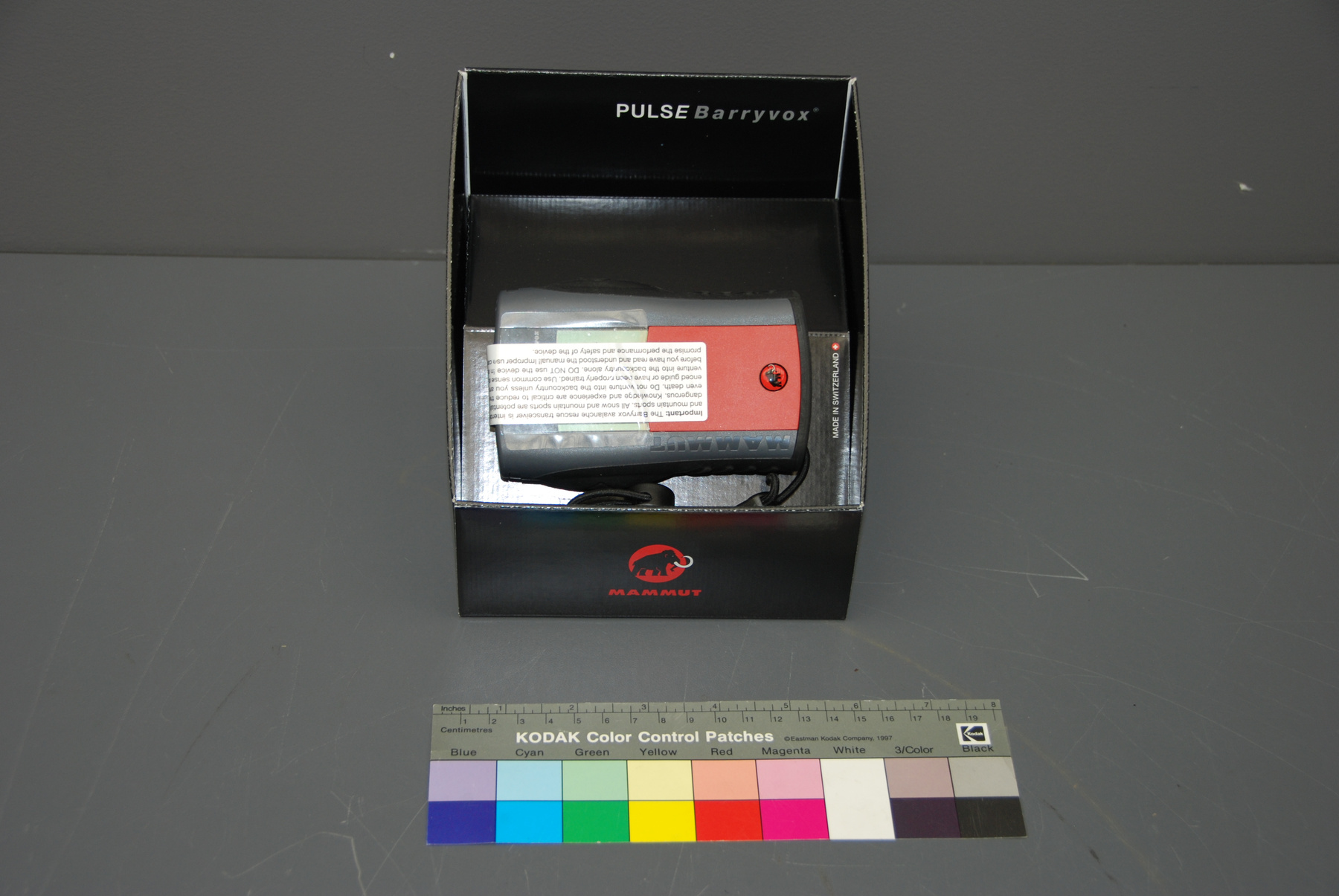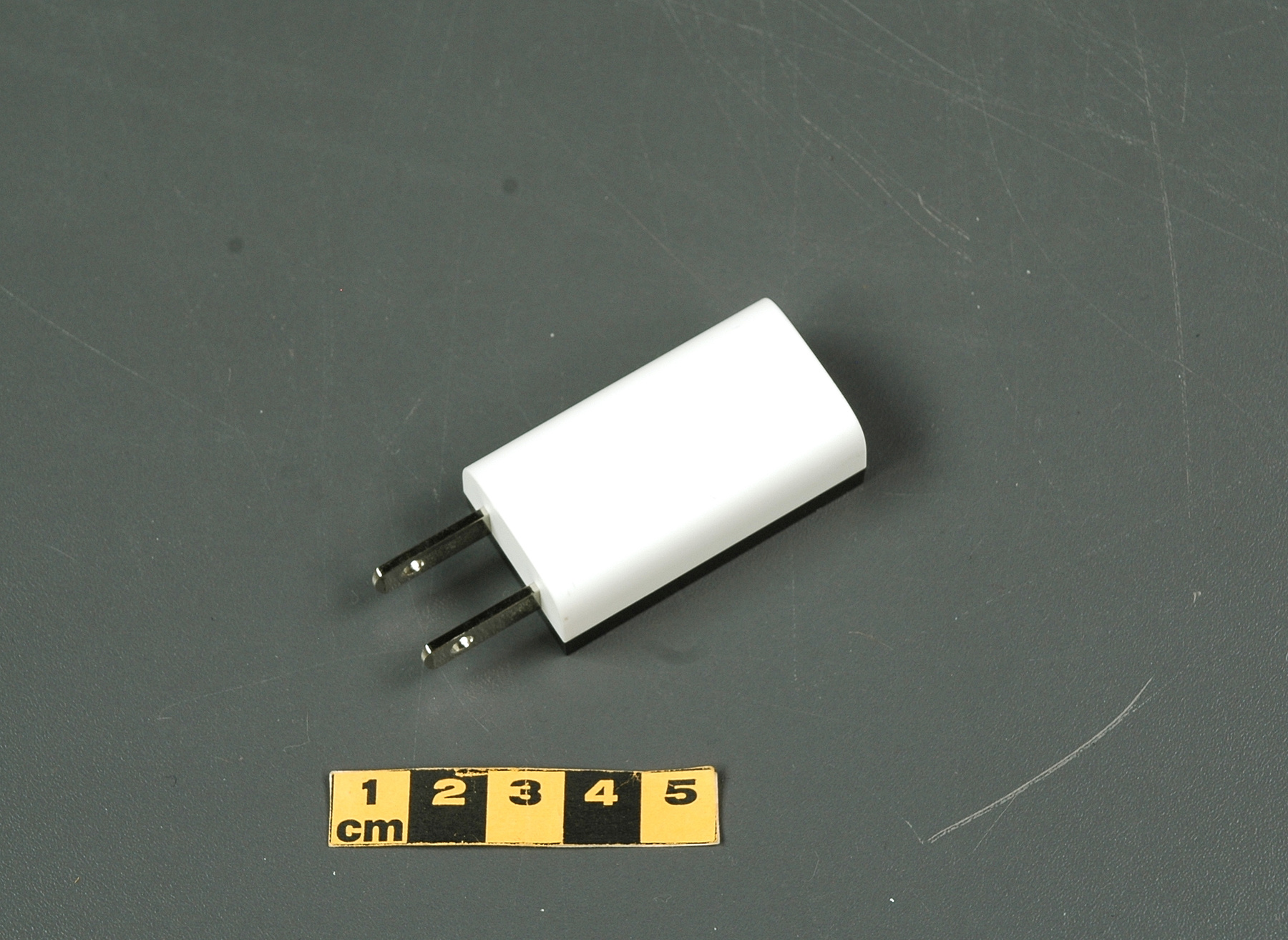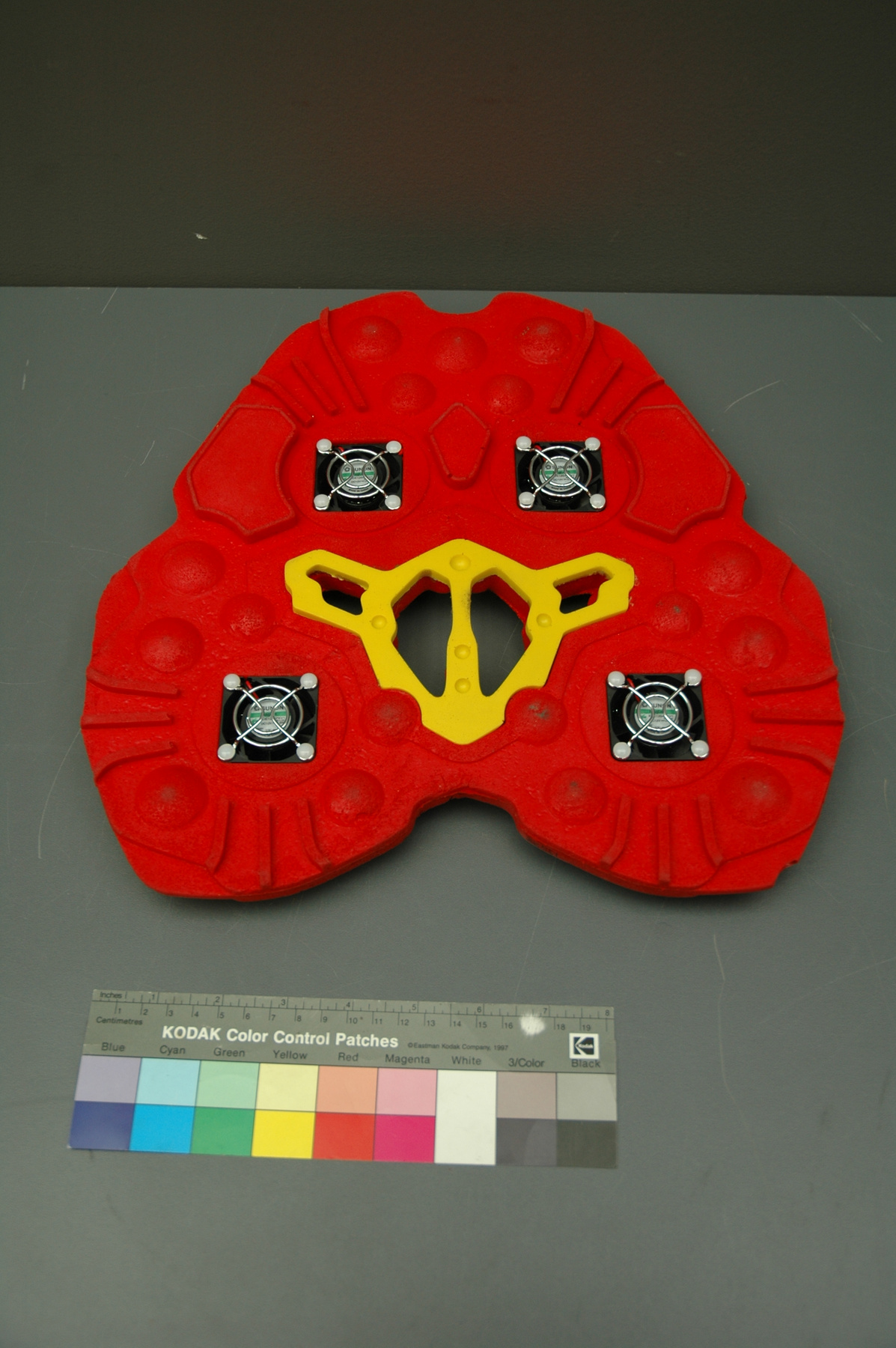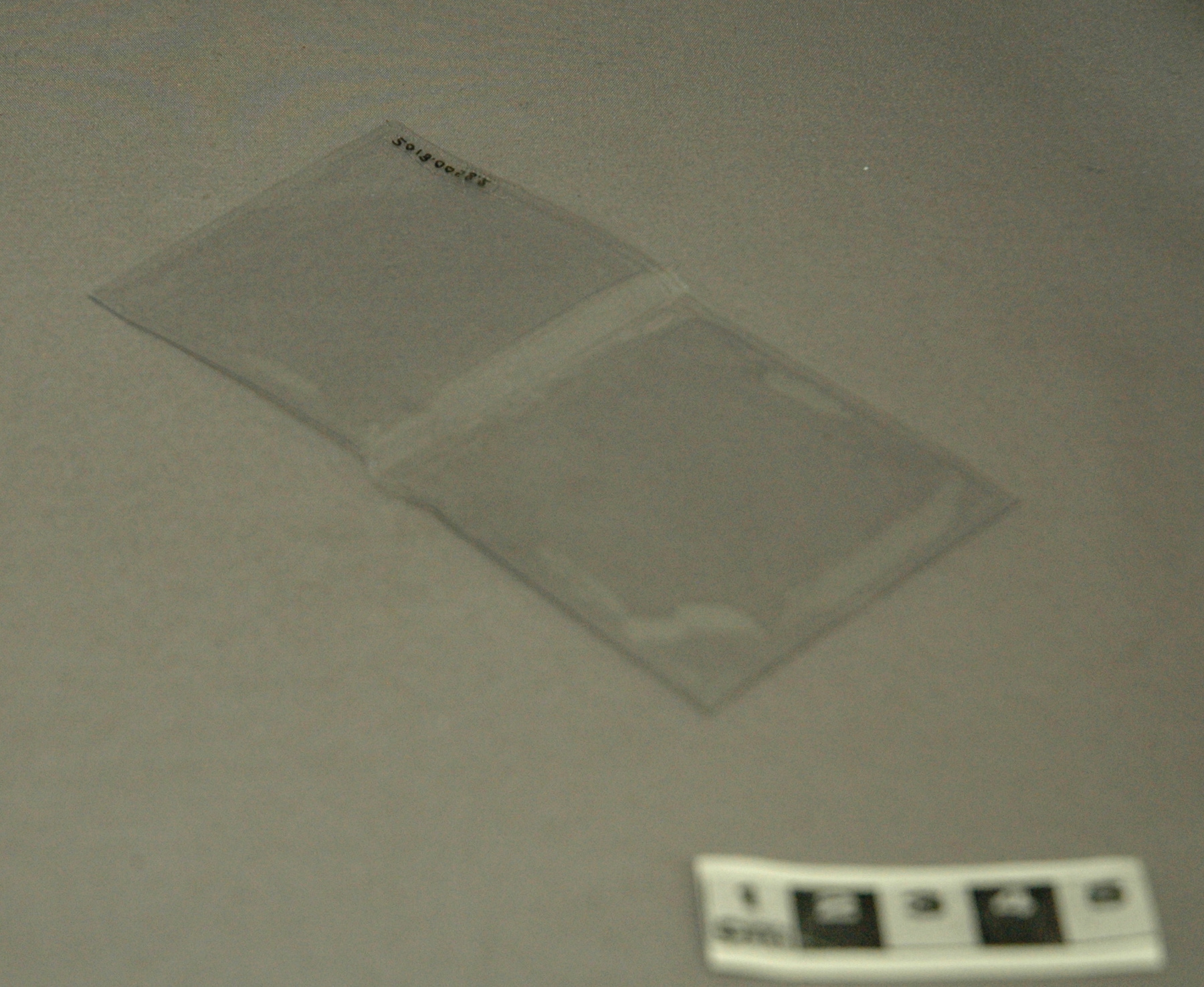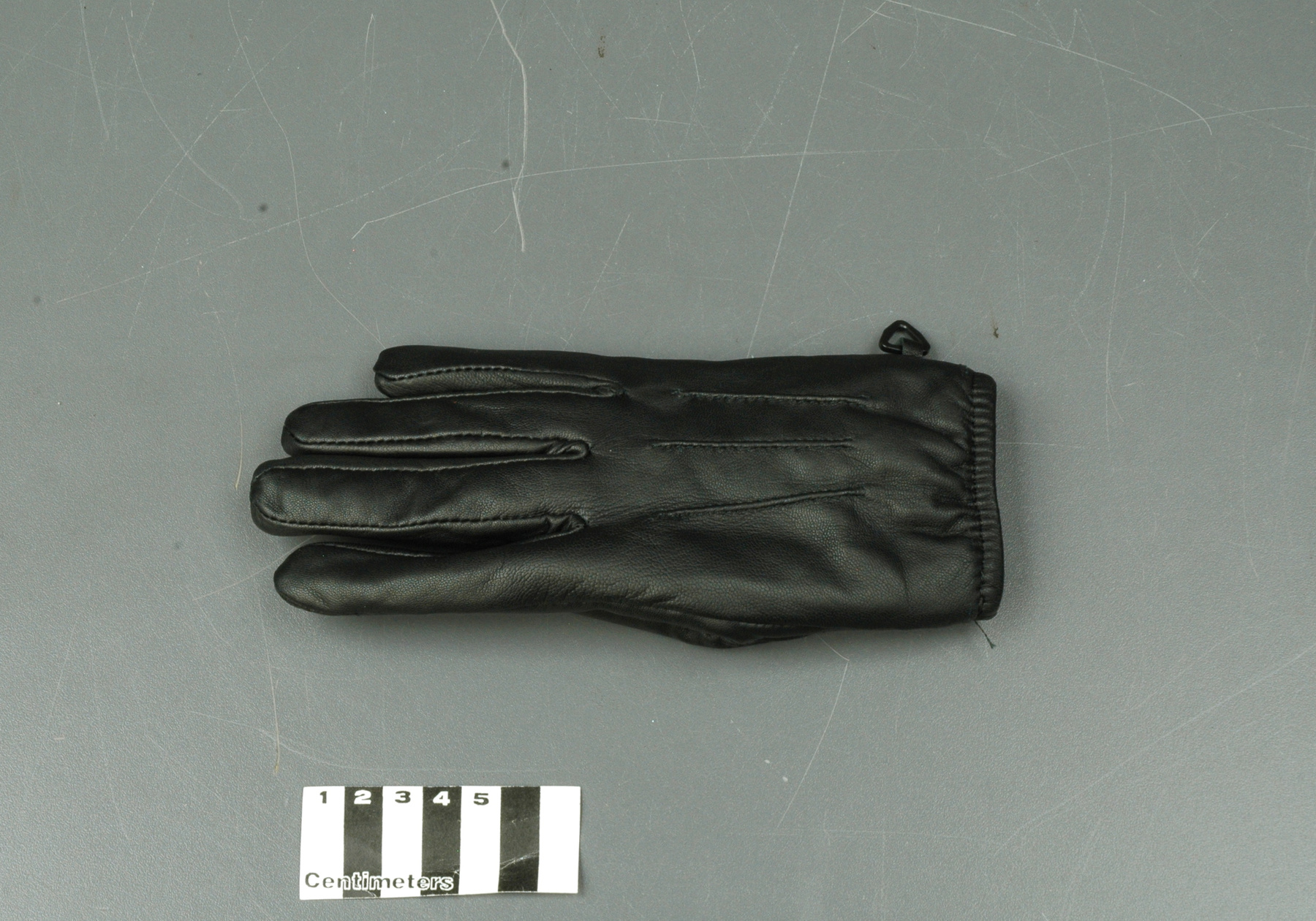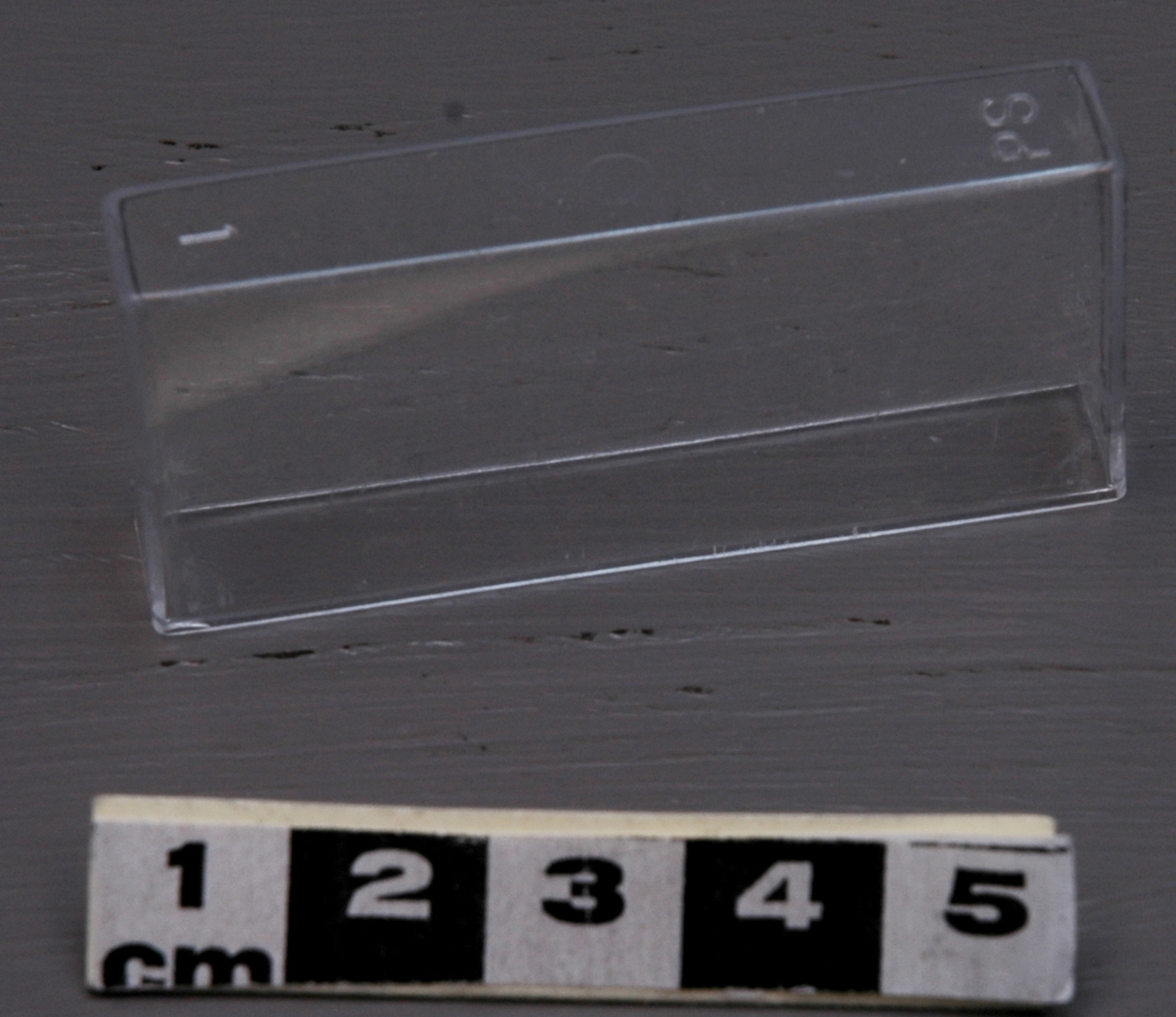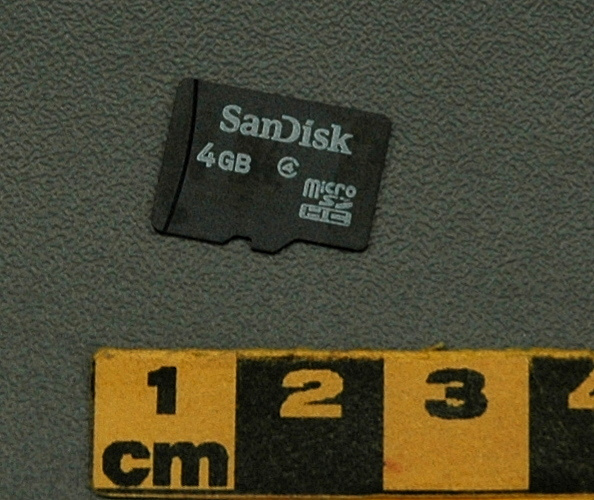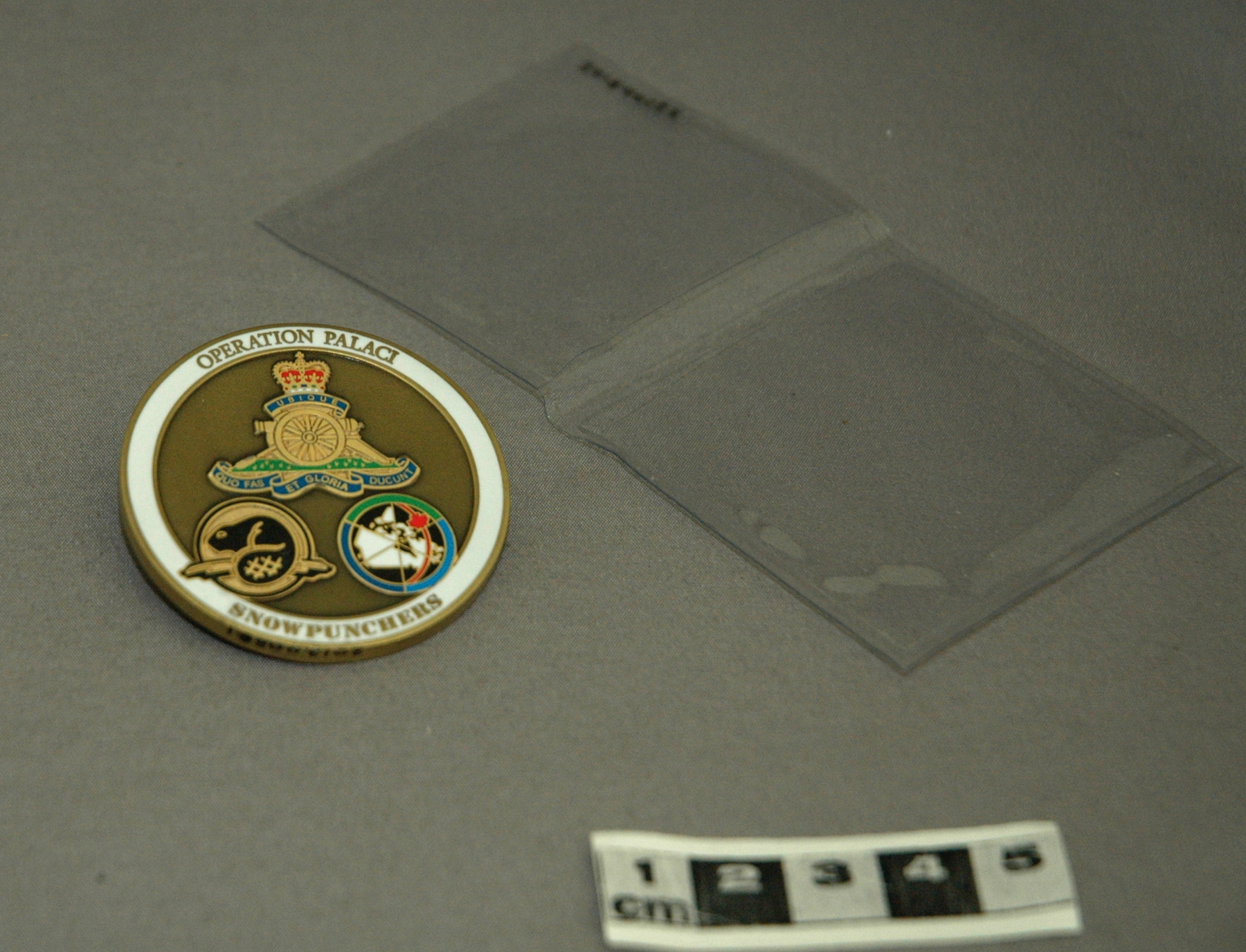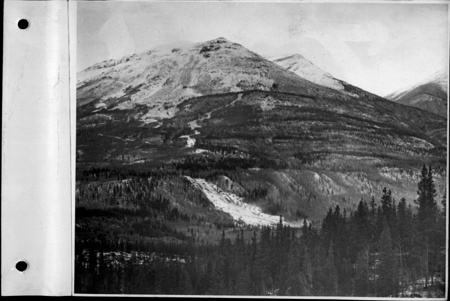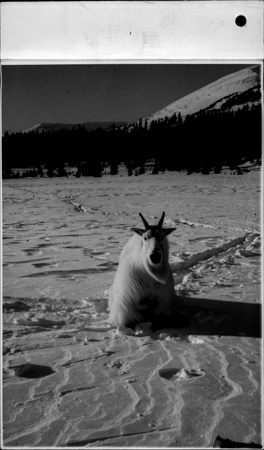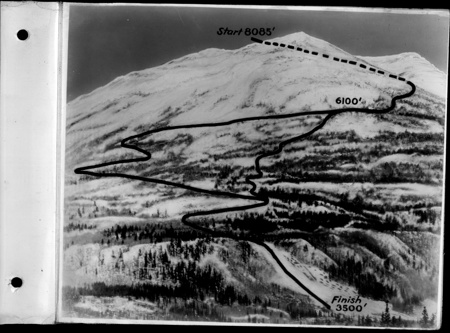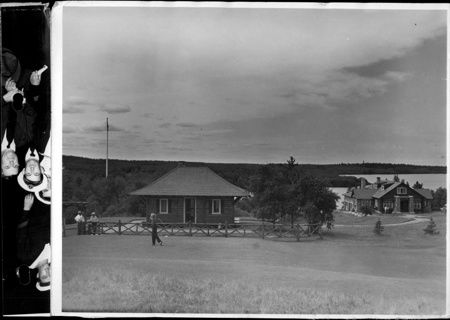Saddlebag
Use this image
Can I reuse this image without permission? Yes
Object images on the Ingenium Collection’s portal have the following Creative Commons license:
Copyright Ingenium / CC BY-NC-ND (Attribution-NonCommercial 4.0 International (CC BY-NC 4.0)
ATTRIBUTE THIS IMAGE
Ingenium,
2016.0147.002
Permalink:
Ingenium is releasing this image under the Creative Commons licensing framework, and encourages downloading and reuse for non-commercial purposes. Please acknowledge Ingenium and cite the artifact number.
DOWNLOAD IMAGEPURCHASE THIS IMAGE
This image is free for non-commercial use.
For commercial use, please consult our Reproduction Fees and contact us to purchase the image.
- OBJECT TYPE
- tricycle
- DATE
- 2015
- ARTIFACT NUMBER
- 2016.0147.002
- MANUFACTURER
- Brand X
- MODEL
- Unknown
- LOCATION
- Unknown
More Information
General Information
- Serial #
- N/A
- Part Number
- 2
- Total Parts
- 2
- AKA
- N/A
- Patents
- N/A
- General Description
- Fabric, synthetic and metal.
Dimensions
Note: These reflect the general size for storage and are not necessarily representative of the object's true dimensions.
- Length
- 33.0 cm
- Width
- 40.0 cm
- Height
- 18.0 cm
- Thickness
- N/A
- Weight
- N/A
- Diameter
- N/A
- Volume
- N/A
Lexicon
- Group
- Non-motorized Ground Transportation
- Category
- Cycles & cycling
- Sub-Category
- N/A
Manufacturer
- AKA
- Brand
- Country
- Unknown
- State/Province
- Unknown
- City
- Unknown
Context
- Country
- Unknown
- State/Province
- Unknown
- Period
- 2015-2016 New, never used.
- Canada
-
Taken from acquisition worksheet: An avid outdoors person from Calgary, Alberta, Christian Bagg was in his early twenties when he fractured his spine in a snow boarding accident at Sunshine Village Ski and Snowboard Resort in Banff National Park. Paralyzed from the waist down and confined to a wheelchair, Christian quickly realized that existing assistive technology tended to limit his ability and comfort rather than enhancing them. For example, as his wheelchair’s components were welded, he was not able to adjust the height of the seat, the position of his legs and the angle at which he sat, which would have made the chair much more comfortable for his six-foot-four-inch frame. A machinist by trade, Christian started designing and fabricating custom wheelchairs. Rather than adapting to the wheelchair, Christian had decided to adapt the technology to suit his needs and that of others. While his designs were successful (he has owned two wheelchair companies and even appeared on CBC’s Dragon’s Den in 2010), wheelchairs were only really well suited to hard and relatively flat surfaces. His access to the parks and natural environments he enjoyed so much was still either severely limited, or impossible, as wheelchairs were not capable of travelling over rough terrain. Christian’s love for nature and the mountains soon had him thinking about ways to access the outdoors. A problem solver by nature, he started by designing and testing a custom sit-ski. He initially focused on winter sports as he saw snow as nature’s ramp that could equalize conditions and make it possible for him to cross-country ski the Banff backcountry. However, his initial device had stability problems, as Christian often found himself tipping over when traveling over loose snow. He eventually solved this by designing and fabricating an articulating frame that could accommodate itself to soft snow and slopes, helping the rider retain his balance. The success of this articulating frame encouraged Christian to expand his efforts to include summer outdoor recreation. He began fabricating and experimenting with various cycle designs centered on the articulating frame, with the goal of building himself what he initially described as a “cool mountain bike”. However, Christian’s mountain biking adventures were quickly sidetracked when Lindsey Frilotte, a young girl suffering from a rare mitochondrial disorder, asked to borrow his new vehicle to go for a ride in the mountains. Initially reluctant, Christian eventually agreed and anxiously awaited the young girl’s return, upon which she declared to her mother having had “the best day of my life”. Upon seeing Lindsey’s enthusiastic reaction, Christian decided to develop the Parks Explorer and make it available to other people with disabilities. While Christian has been an entrepreneur in the past, he has chosen to manufacture the Parks Explorer himself, usually in his basement. In order to fund each Parks Explorer, he works with various partners to match donors with organizations who help people with disabilities access the outdoors. As he builds the Parks Explorer on his own time, and runs a design shop at the Tom Baker Cancer Center by day, he limits production to organizations which make the vehicles available to large numbers of people. So far, Alberta Parks, Easter Seals Camp Horizon, CRIS (Community Recreational Initiatives Society) Adaptive Adventures, the Calgary School Board and UBC Okanagan have been using the Parks Explorer. - Function
-
Used as a storage contained. - Technical
-
Taken from acquisition worksheet: Christian Bagg started manufacturing and perfecting the Parks Explorer around five years ago, following the development of an articulating system for his custom sit-ski. The initial prototype, known as the InspiRider, was a steerable vehicle that was entirely dependent on a guide known as a “sherpa”, to allow the user to operate it. While the project was successful (the InspiRider is still used by CRIS Adaptive Adventures), Christian was determined to design a vehicle that would let him independently access the outdoors and the backcountry. He eventually created the Parks Explorer by perfecting and adding several components to the InspiRider, including a large rear wheel and a hand-cranked propulsion system. The Parks Explorer has evolved into what is basically a mechanical skeleton that is customized to fit an organization’s needs. The frame is manufactured with stainless steel while other components use carbon-fiber (seat and fender) and aluminum (articulating assembly) to reduce weight. As there are many forms of disability, development of the Parks Explorer is an ongoing process as Christian wants to help as many people access the outdoors as he can. He is working on new adaptations with University of Calgary and SAIT students. Students are usually tasked with fixing problems identified by Christian and other Parks Explorer users, and are given free range, as long as their solution is mechanically reliable and fits within the interface of the Parks Explorer. As the Park Explorer is an accessibility vehicle, special attention is always given to reliability, and each component is thoroughly tested to insure the safety and comfort of users. Several systems have so far been developed, these include special seats, skis, electronic/battery propulsion and a self-leveling robotic front end. Also, while the Parks Explorer can be propelled independently, it is designed so that it can be pushed or pulled by Sherpas in order to accommodate people who cannot use the vehicle autonomously. As most Parks Explorers are financed by a third party, the machine can be aesthetically modified to reflect the donor. For example, Christian is currently adding sheet metal and rivets to a version of the Parks Explorer financed by the Calgary Airport Authority for Camp Horizon. Also, Christian always pays particular attention to the aesthetic design of the Parks Explorer as he wants to reflect the stylish, or “cool”, aspect of mountain biking design and culture. He feels that an aesthetically pleasing design can help reduce the stigma related to disability, as Parks Explorer users won’t stick out as disabled people, but as riders of a “cool” machine, which makes the experience more enjoyable. While the Parks Explorer is an innovative piece of technology, Christian is reluctant to discuss that aspect of the machine. In fact he does not want people to pay attention to the technology. The Parks Explorer, with all its advanced technology, is specifically designed to be superseded by the simple experience of nature. The Parks Explorer is based on giving the user control over his or her experience, which makes the trip more fun and more meaningful than the destination. Christian explains that, because of its steering mechanism, the Parks Explorer is empowering for users, who depend or not on sherpas for mobility, are able to choose the sights, smells, sounds and sights he or she desires to experience. He is working to develop the Parks Explorer into a reliable outdoor recreation tool, so that users can concentrate on having fun and enjoying the outdoors instead of worrying about the technology or their disability. By donating the Parks Explorer to the museum, Christian wants to further the discussion on outdoor accessibility and to showcase that, quoting Alberta Parks, “Everyone belongs outside.” He also wants to highlight the fact that, while people with disabilities are often dependent on accessibility technology, its development and fabrication is often unsustainable because of the high level of specialization required, the costs involved and the limited market. Therefore, he hopes to educate people to the fact that, while technology can help reduce accessibility barriers, it is also a barrier itself, as not everyone has the capability to design and build, or even purchase, accessibility technology. The museum is acquiring Christian Bagg’s personal Parks Explorer. He has used it to travel and to test different components and design developments in Calgary’s various municipal parks, the Kananaskis Country Parks System and Banff National Park in Alberta, and the Okanagan Valley in British Columbia. The vehicle has also been used for demonstrations at Camp Horizon and at various media events. Finally, Christian has also displayed his Parks Explorer at various talks and conference on outdoor accessibility. - Area Notes
-
Unknown
Details
- Markings
- Print on front "bx/ brand x".
- Missing
- None apparent.
- Finish
- Black woven canvas with reflective strip along side pocket. Black synthetic buckles, metal hook and zipper pull.
- Decoration
- N/A
CITE THIS OBJECT
If you choose to share our information about this collection object, please cite:
Brand X, Saddlebag, circa 2015, Artifact no. 2016.0147, Ingenium – Canada’s Museums of Science and Innovation, http://collection.ingeniumcanada.org/en/id/2016.0147.002/
FEEDBACK
Submit a question or comment about this artifact.
More Like This
